 This lettuce plant has finished blooming its tiny yellow flowers and now must dry completely till it's crispy. Once it's a bit dryer, I'll tie on a paper bag to capture the seeds as they dry. It'll be dry enough when the stalk is so brittle that it snaps off. If it still wiggles and doesn't snap off crisply, it's not dry enough. This is critical to assure that all seeds and foliage are thoroughly devoid of any moisture that might spoil during storage. | It seems so incongruous, having days getting shorter now that we’ve past the summer solstice, but of course the hotter weather does make sense since the calendar says it’s officially now summer. I did thoroughly enjoy the vvvvvveeeeeeerrrrrrryyyyyyyy lllllllooooooooooooonnnnnnggggg spring we had, with its cool overcast overnights mostly in the 60s-degree range and infrequently getting into the 80s-degree range once the sun burned through the mist. I loved the long lettuce- and carrot- and greens- and parsley- and cilantro- harvesting season – truly, that’s why I more appreciate cool-weather gardening since we get lots of food but the plants don’t have to struggle to survive much less thrive like they do during hot weather. Loving Those Hot-Weather Lovers On the other hand, tomatoes and squash and cukes and peppers and beans are year-round must-haves in my kitchen, so I want to nurture them in my garden as early and as late in the off-seasons as I can manage. And consequently I’m delighted to now have well-established tomato plants from the first-planted batch with lots of fruits and blossoms already set to promise future yumminess. Even the volunteer bean plants are producing lots of tender filet beans ahead of everything else. Having Troubles With Your Tomatoes? See these previous blog articles: Saving Seeds of Bolting Lettuce I’m continuing to water my lettuce plants from which to harvest the seeds for sowing into my fall garden. Although it seems contradictory, I want to continue watering to keep the plants absorbing nutrients and maturing completely to produce healthy dry seeds. This is the one time that I have my grocery purchases packed in paper bags instead of my reusable cloth ones, because I need to use the paper ones on my bolted lettuce plants. Once the seeds have set and the plant foliage begins to dry and shrivel, I tie the paper bag over the head of the lettuce plant. This corrals the seeds as they dry to crispiness, rather than scattering themselves throughout the garden. (Of course, there will always be a few excapees who’ll germinate in that bed later on.) Using paper instead of plastic bags is critical because the paper allows the lettuce plant foliage to dry out until it’s completely crispy -- the stalk must easily and quickly snap apart. If it still wiggles instead of snapping, it isn’t dry enough. Any moisture left in the stalk or seedhead may spoil all the seed in the bag as it’s stored until use later on. Store the bags as they are, or smash them down to loosen the seeds from the dry foliage, and place them in a dry dark place until you’re ready to sow them in the fall. Sowing in the fall is easily done because you don’t have to separate the seeds from the dry foliage. Just grab a small handful of the smashed foliage and scatter onto prepared soil in your garden bed or pots. Try to equally scatter all of the dried foliage over all of the soil or mix, since you never really know which handfuls have seeds and which are mostly dry foliage. Then sprinkle water onto the bed to gently wet all of the foliage and seeds in place. The dried foliage acts as a bit of mulch to help keep the seeds in contact with the soil, and to retain the bit of moisture from evaporating. Sprinkle again twice a day for a week or so to keep the bed surface moist for better germination. By that time, many seeds will have germinated, so cut watering to about once a week just to keep soil barely moist. For more monthly tasks, see July. For more main-topic blogs from past years, see Homepage. |
|
0 Comments
|
Categories |



































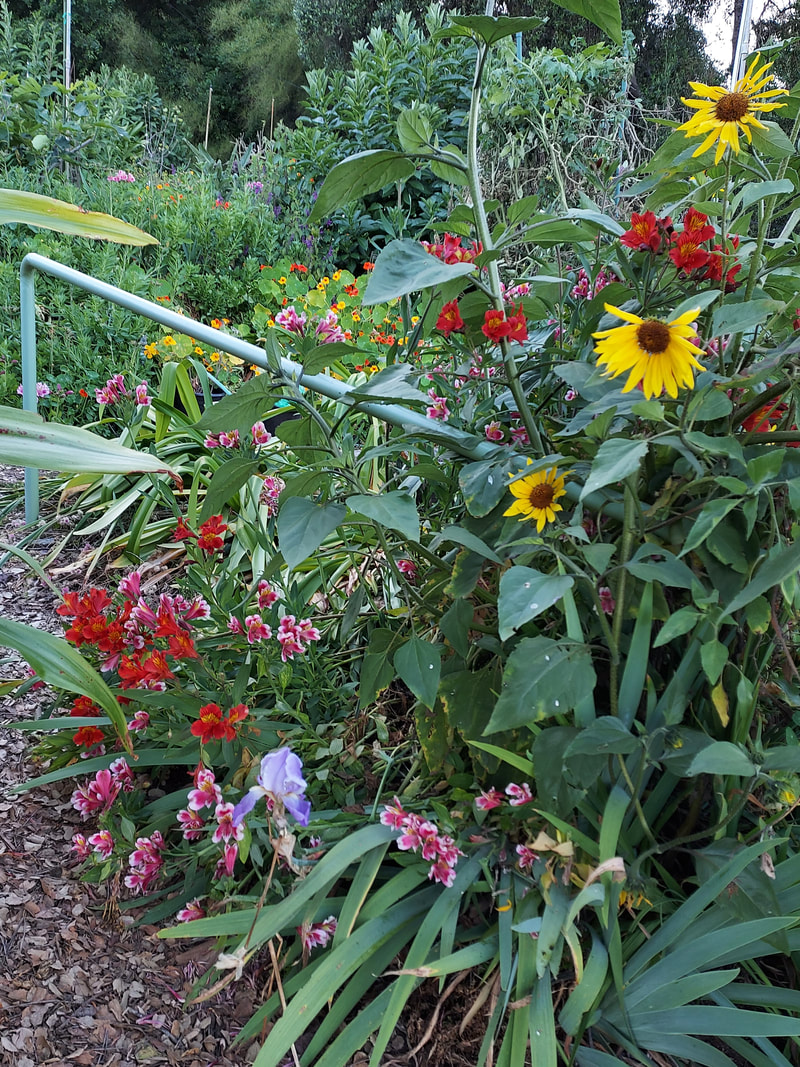
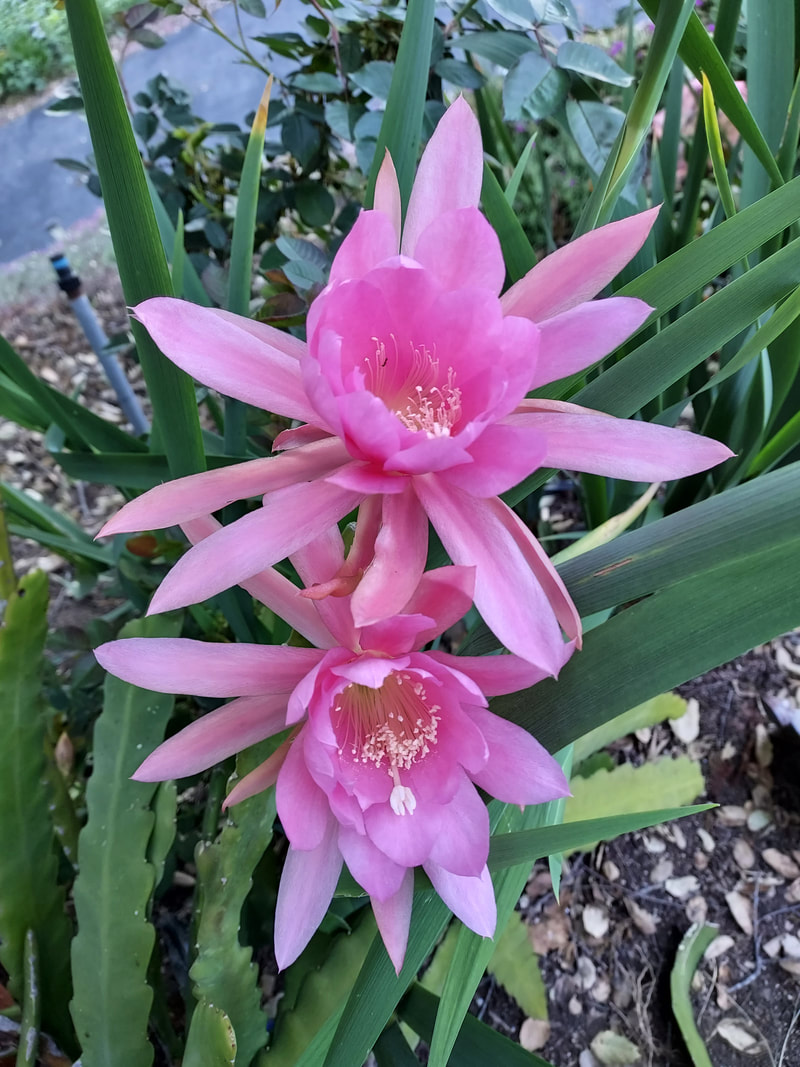
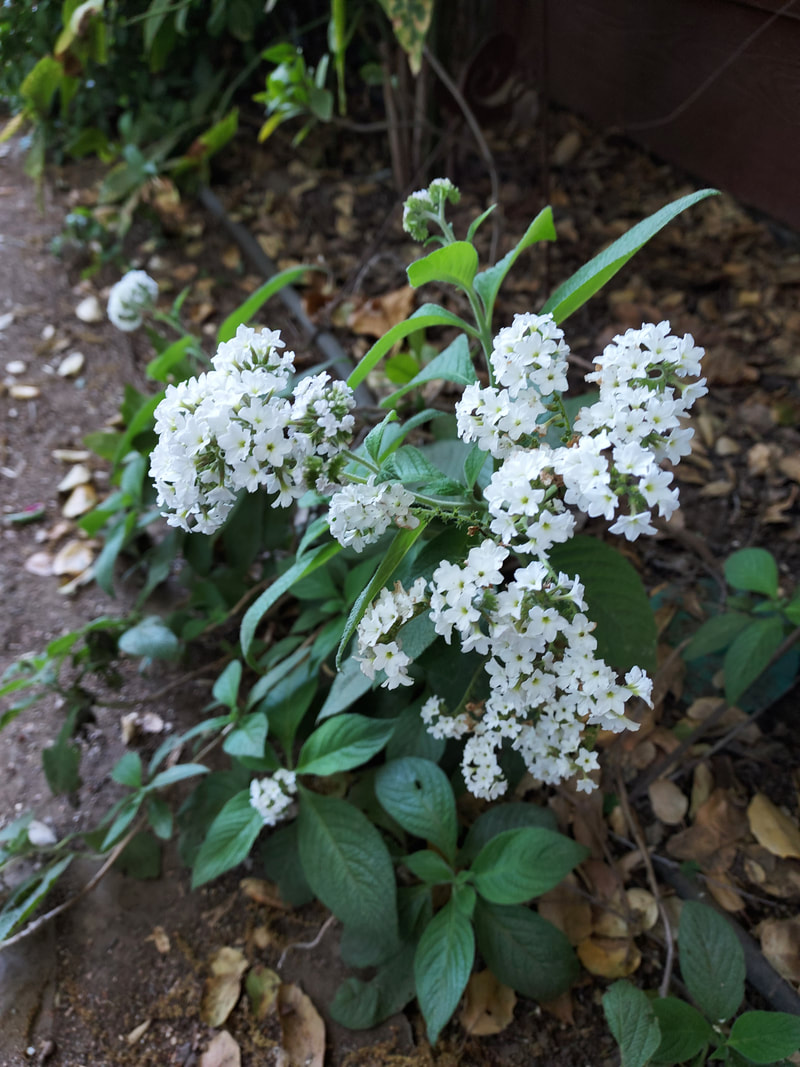
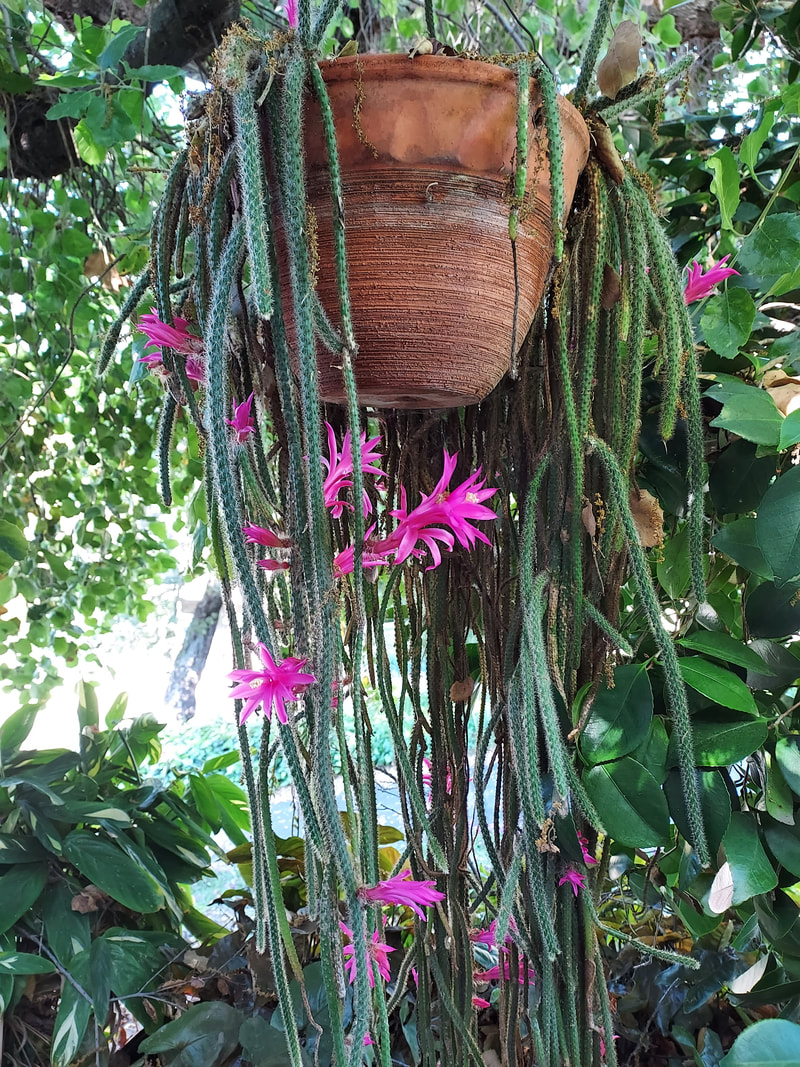
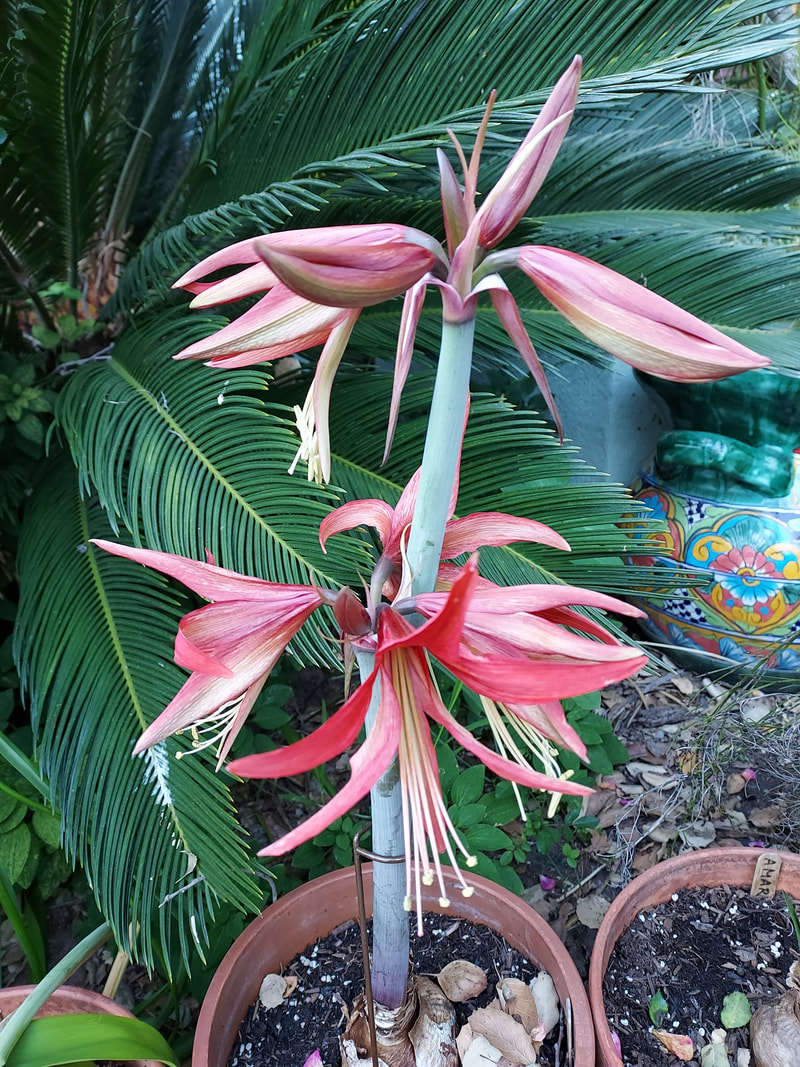
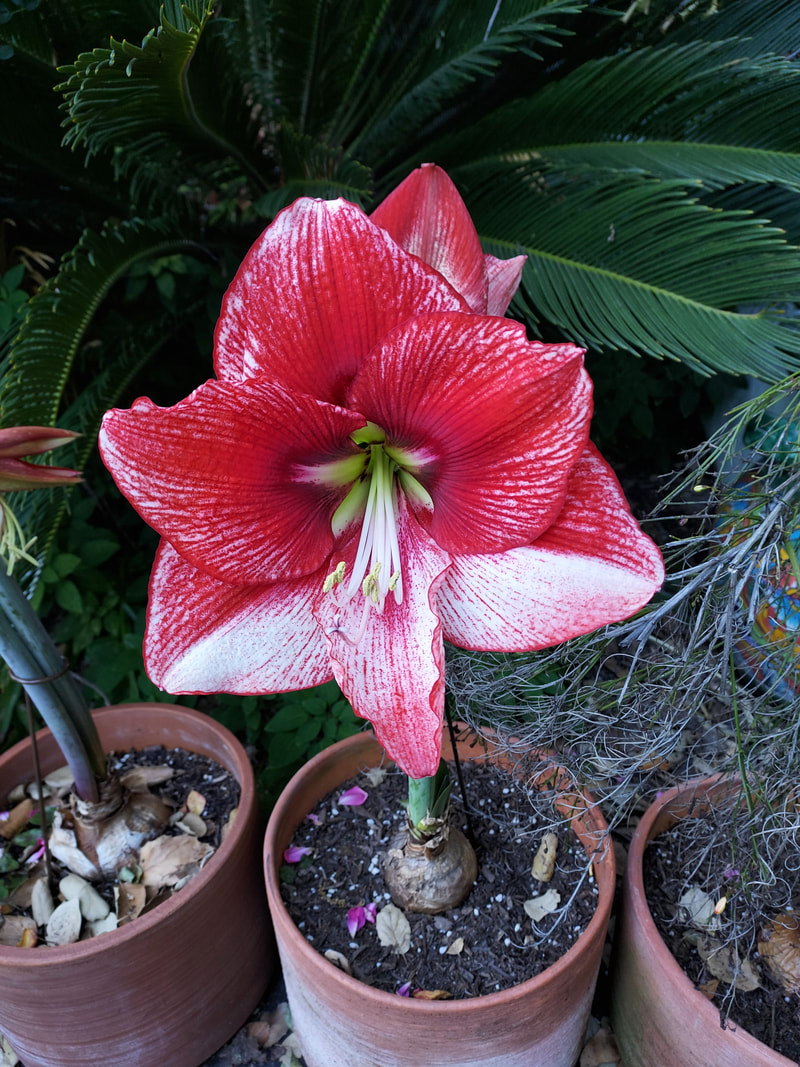
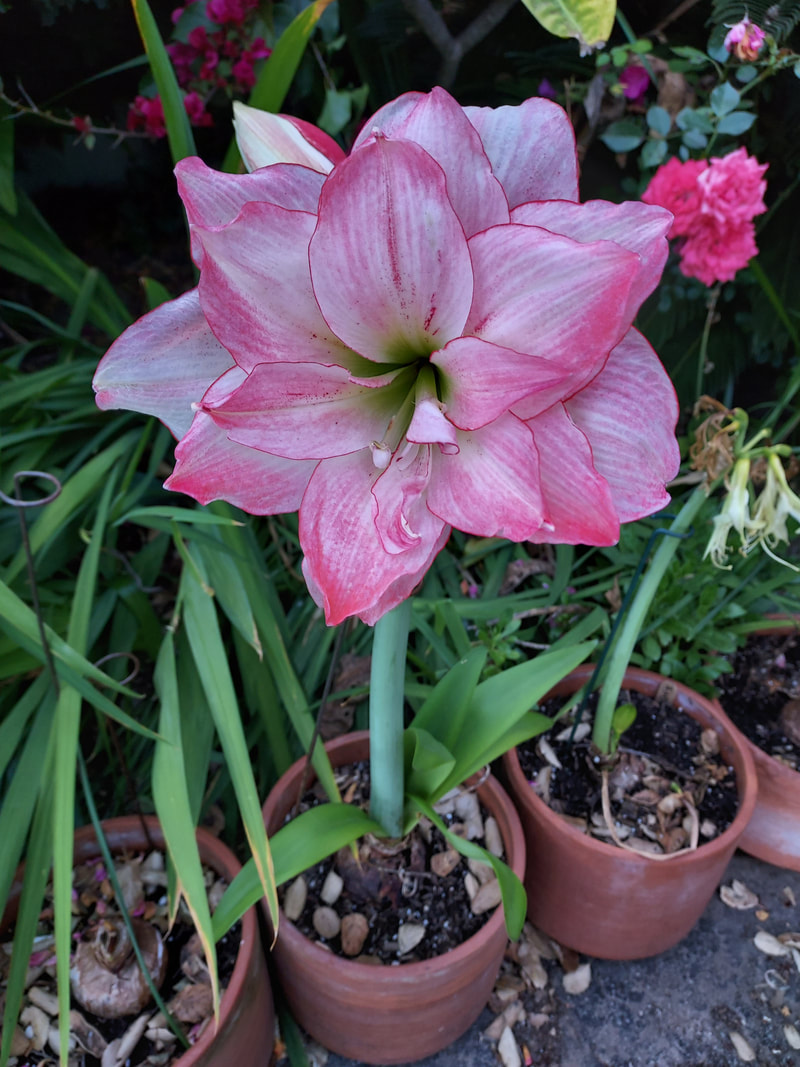
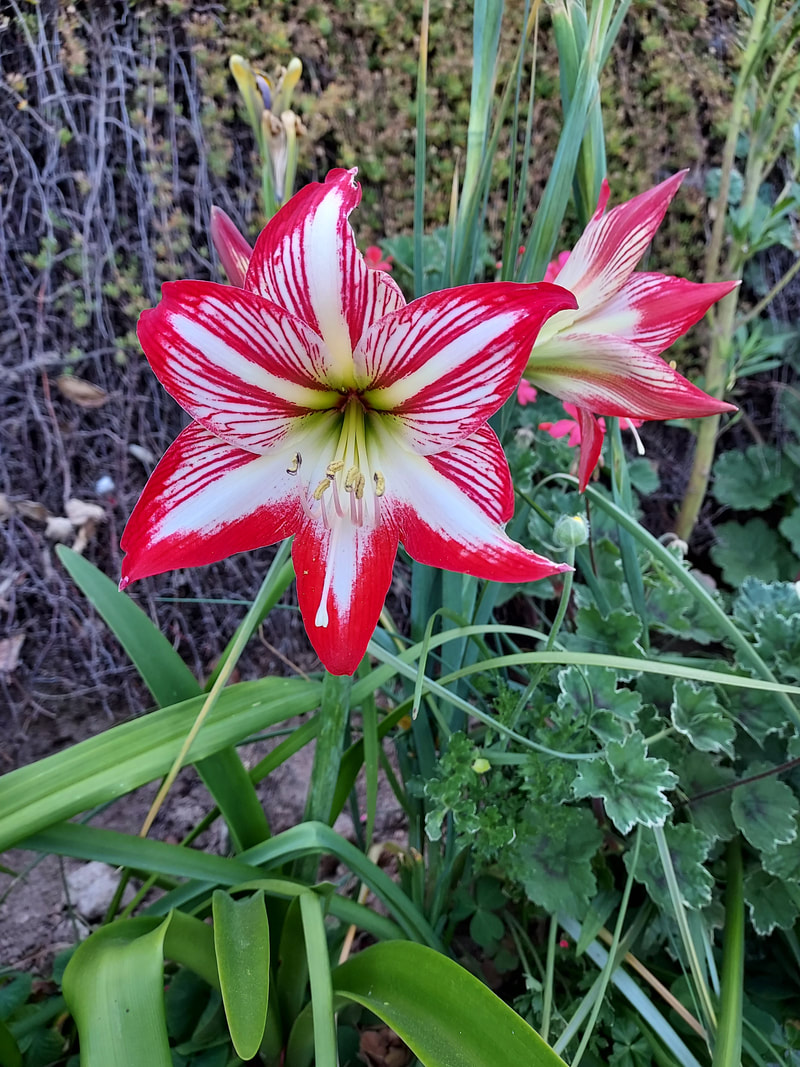
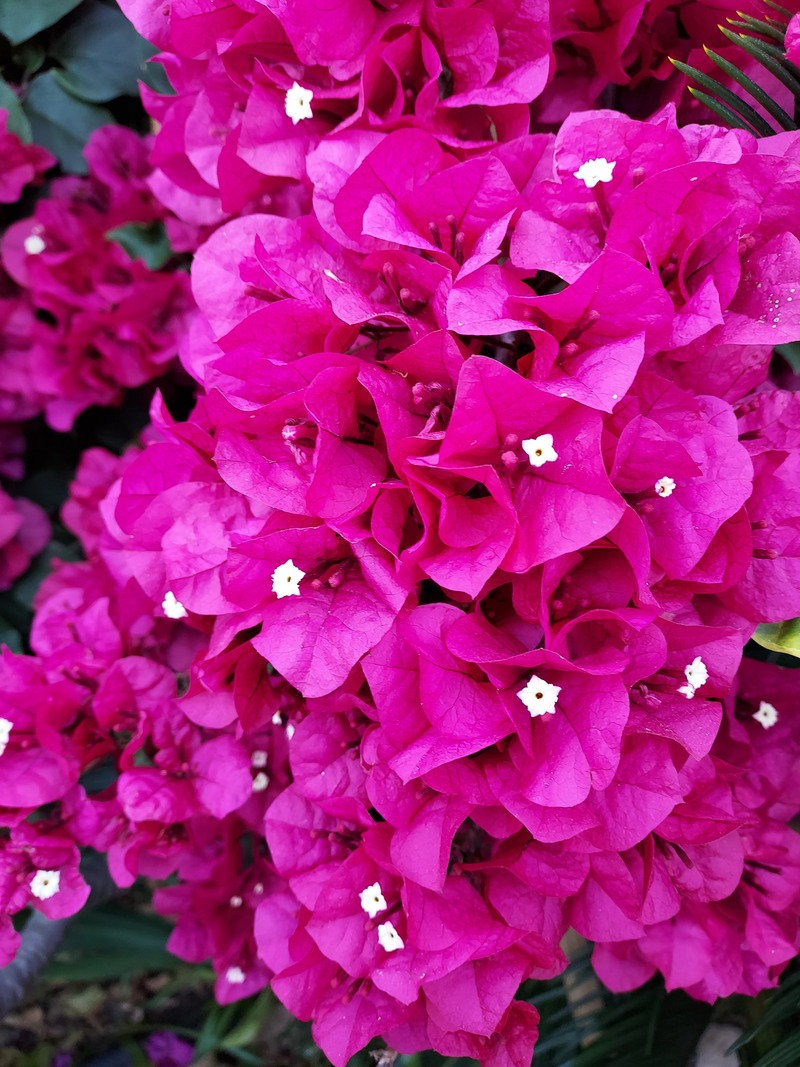
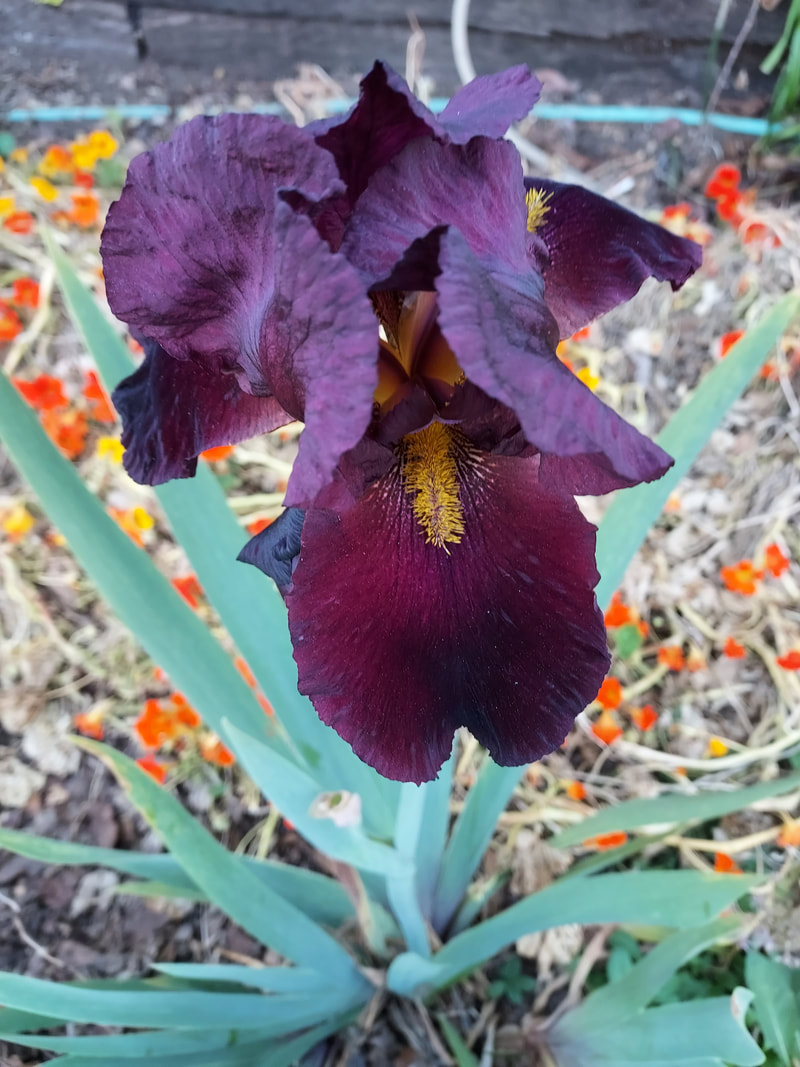
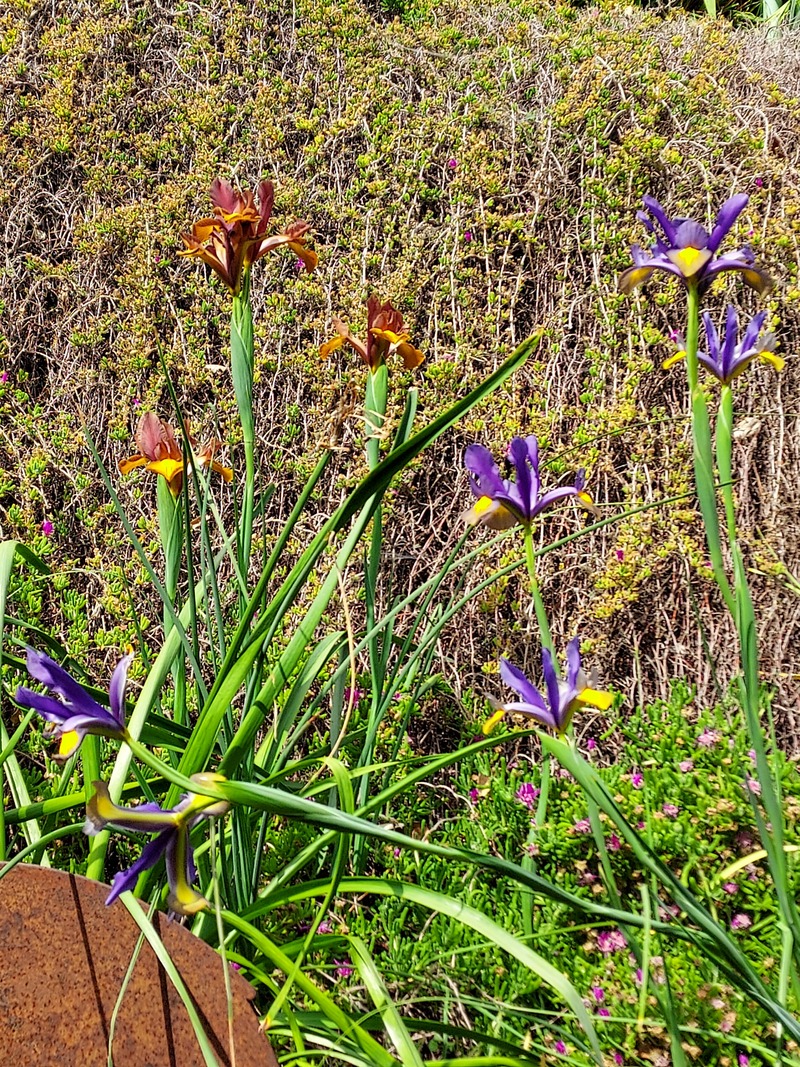
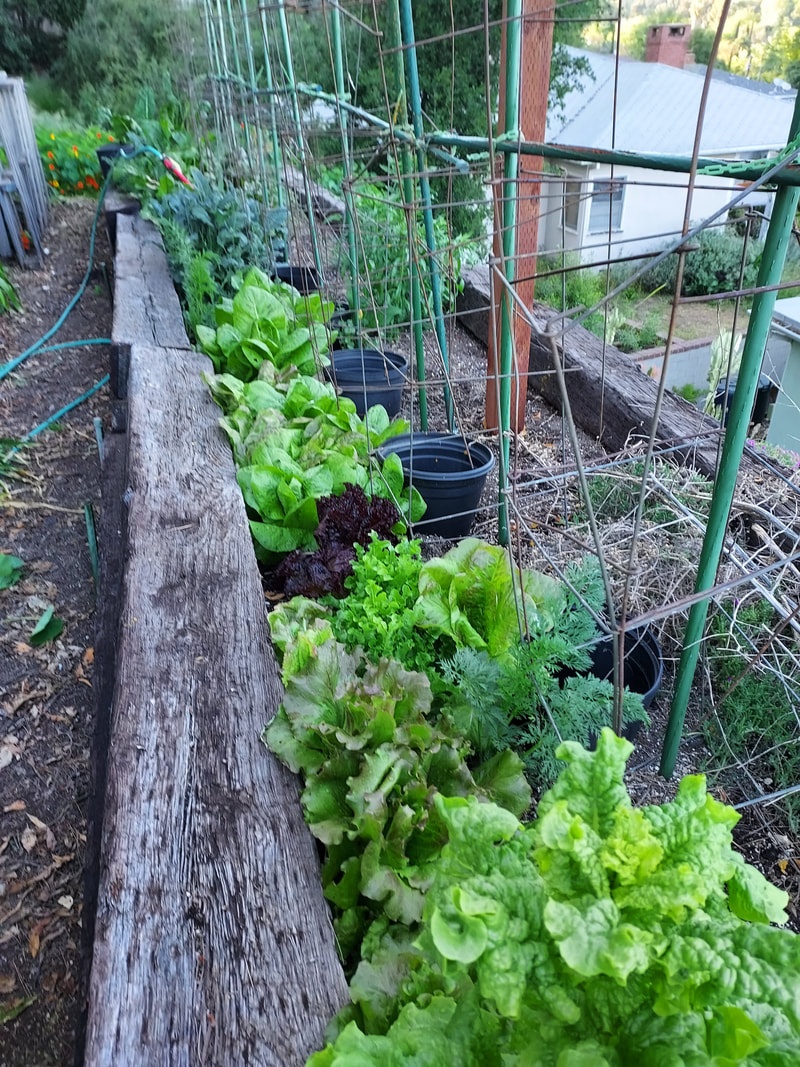
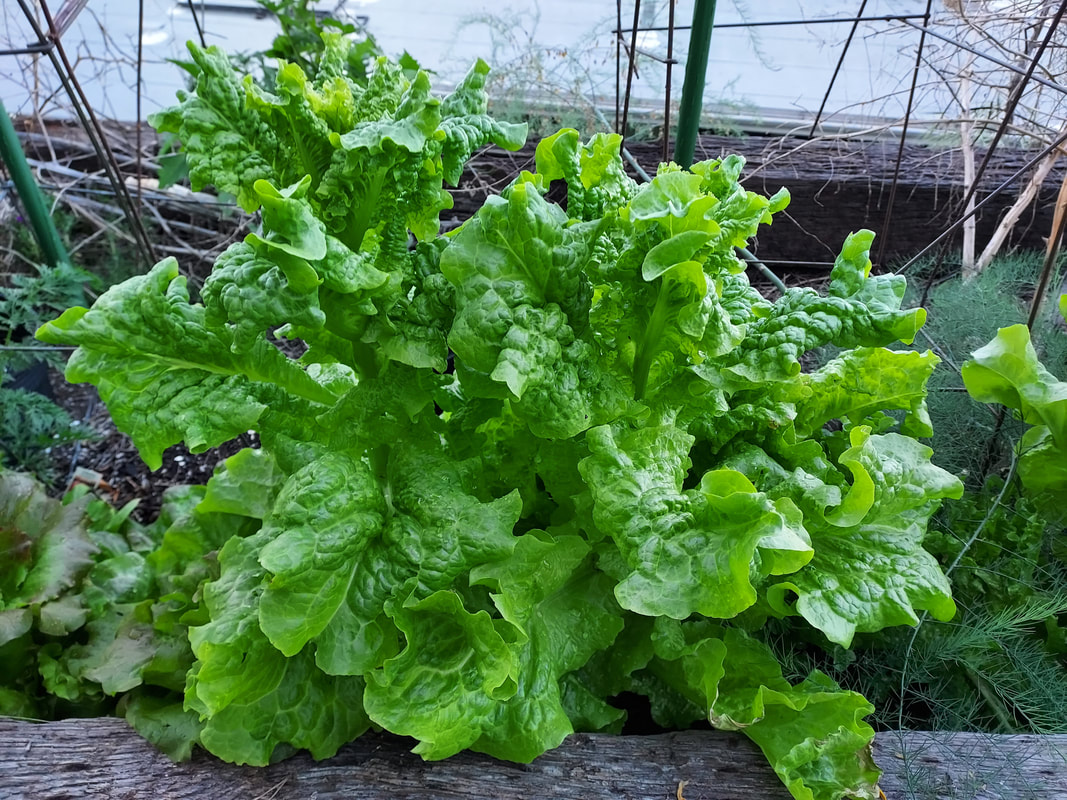
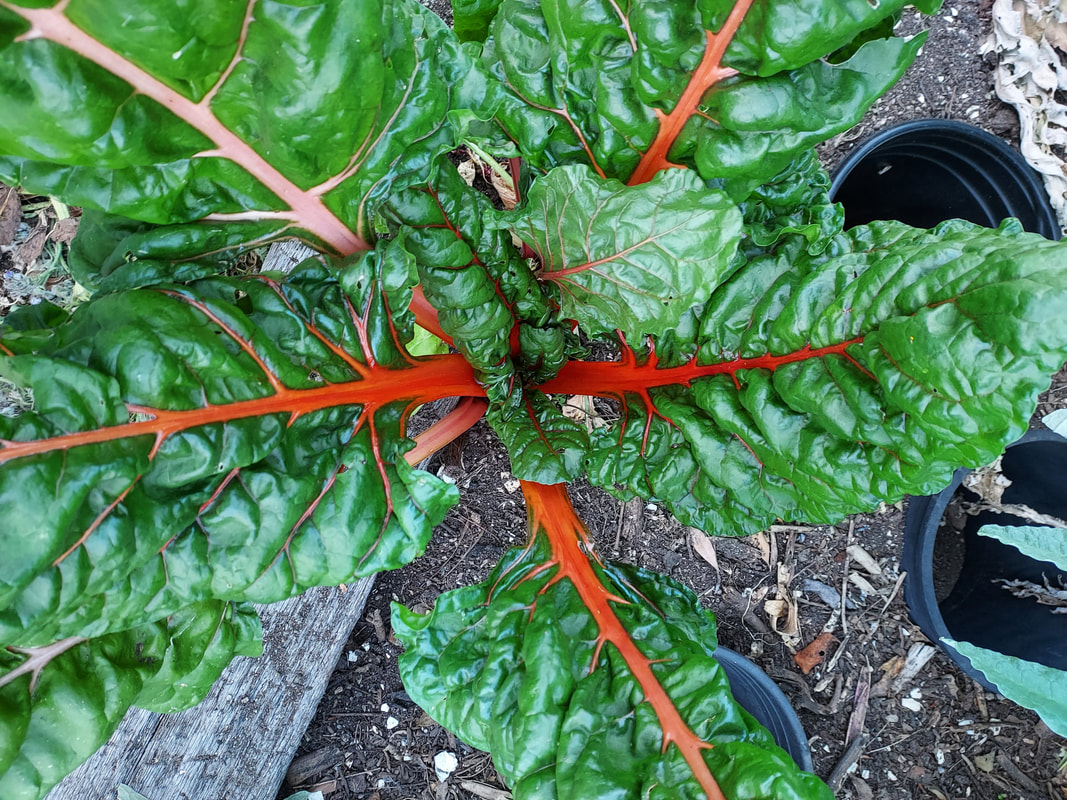
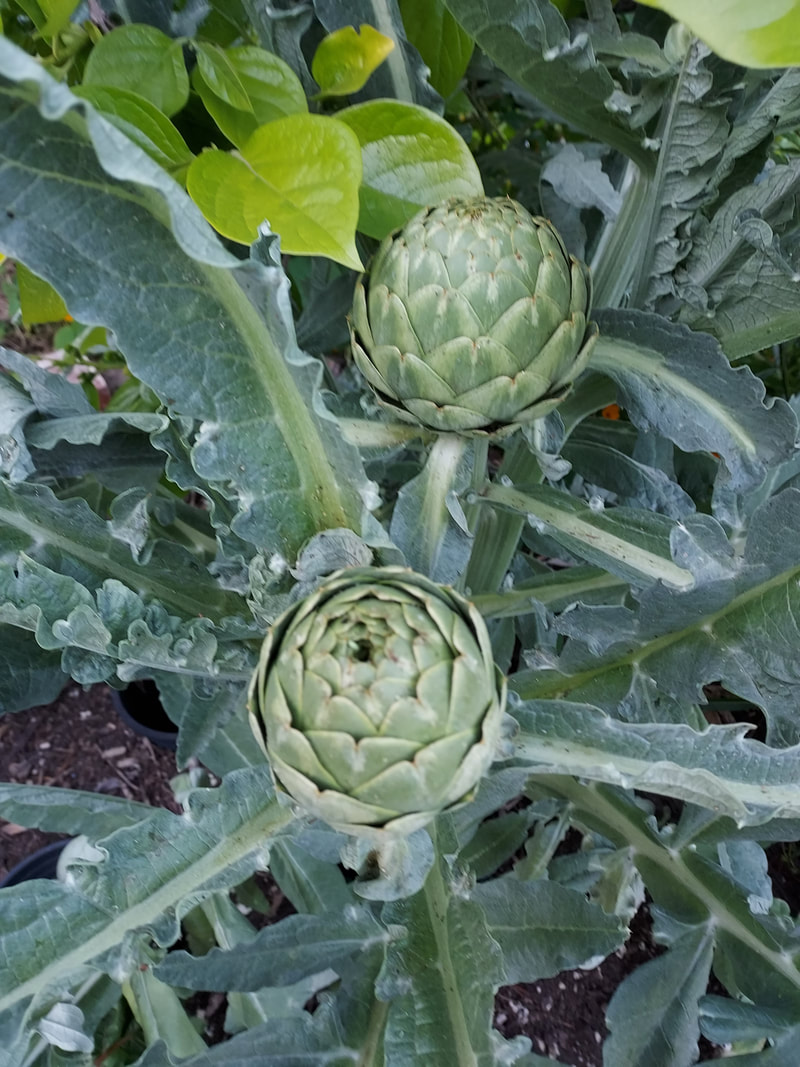
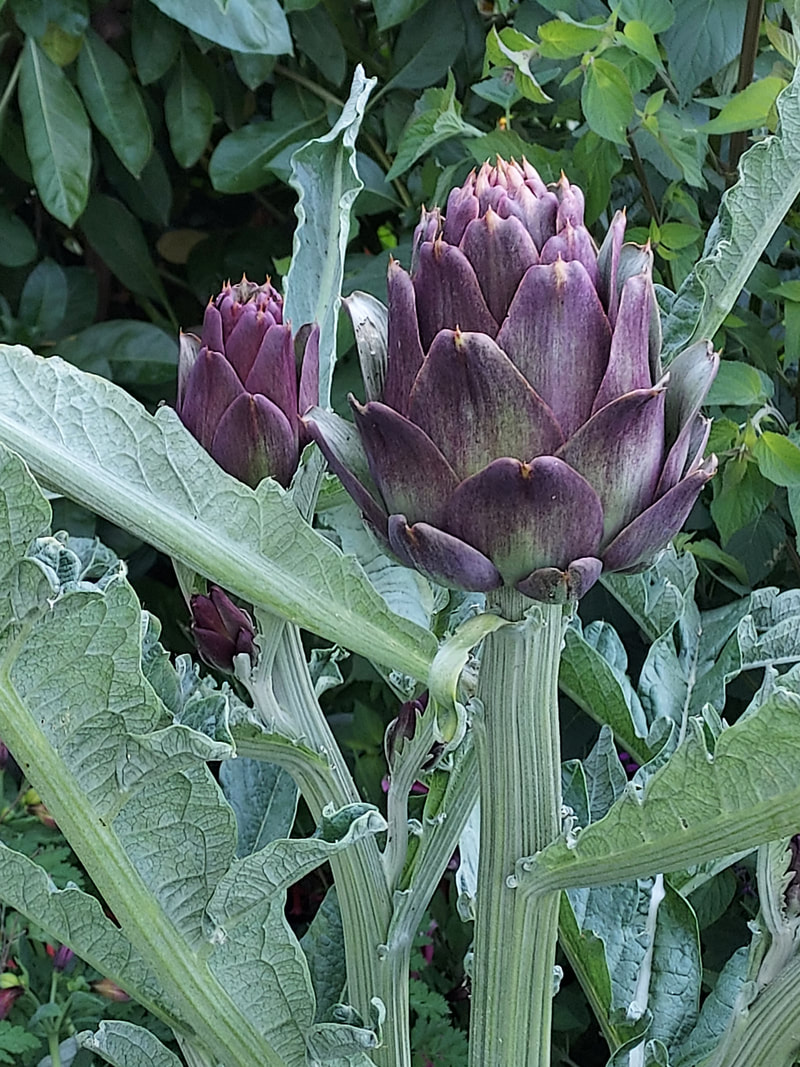
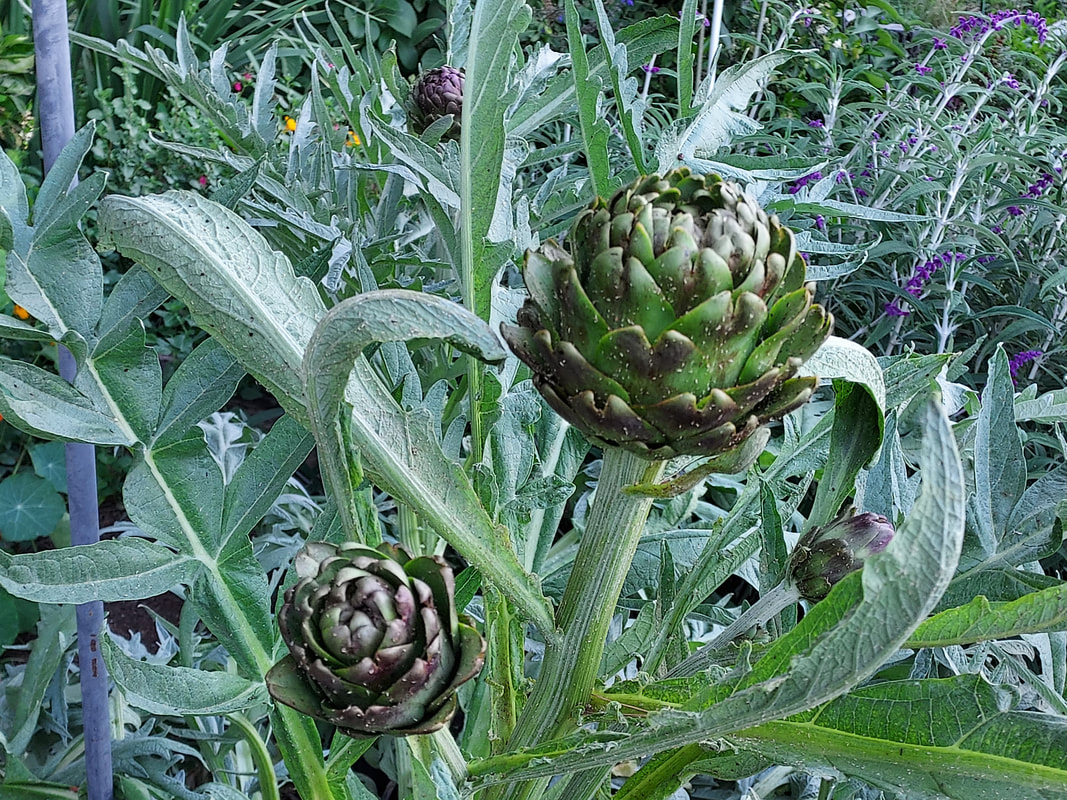
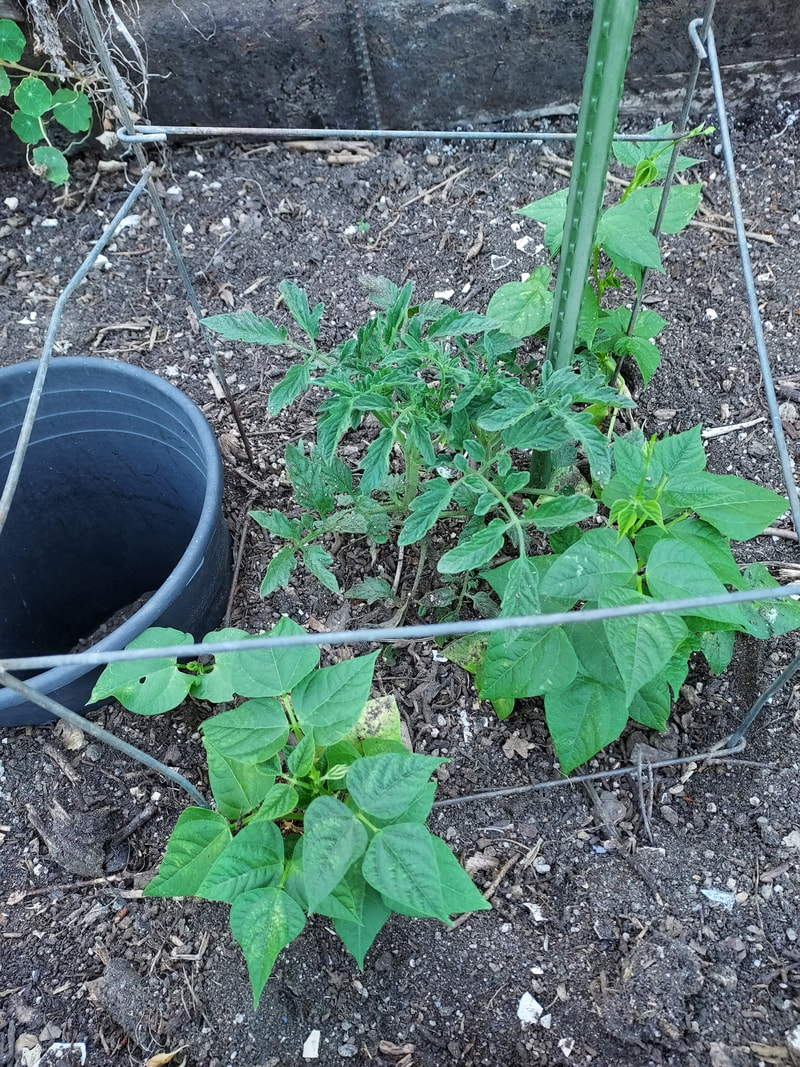
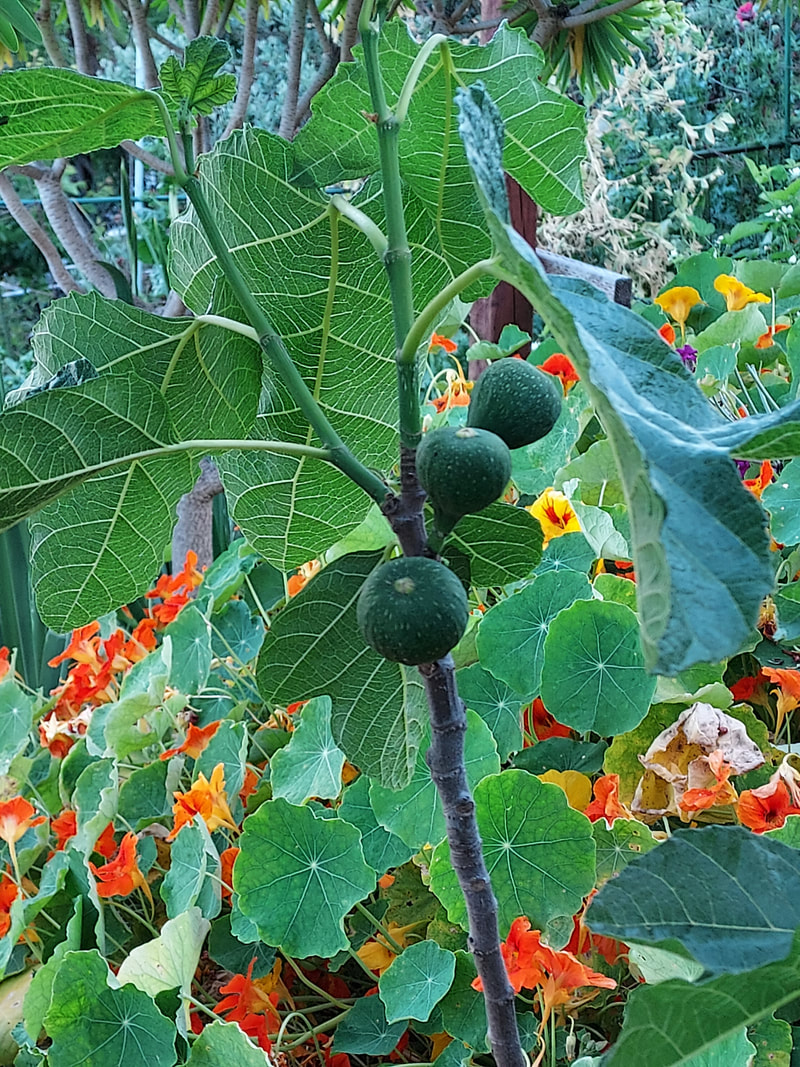
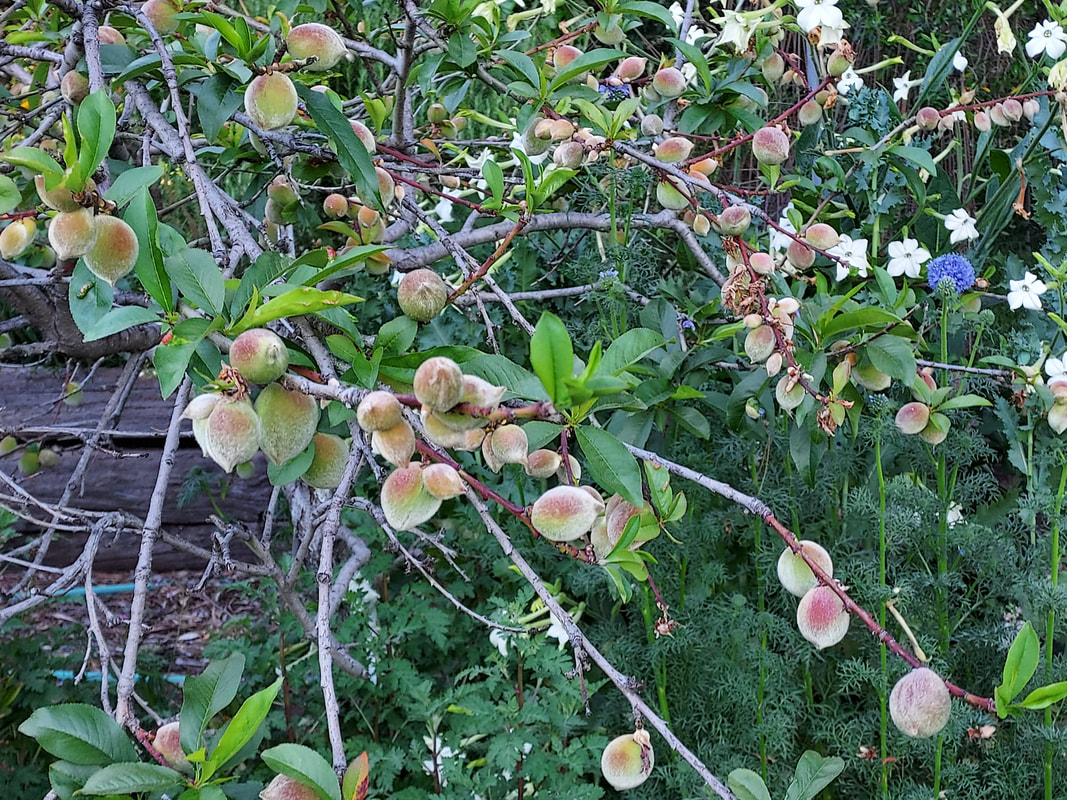
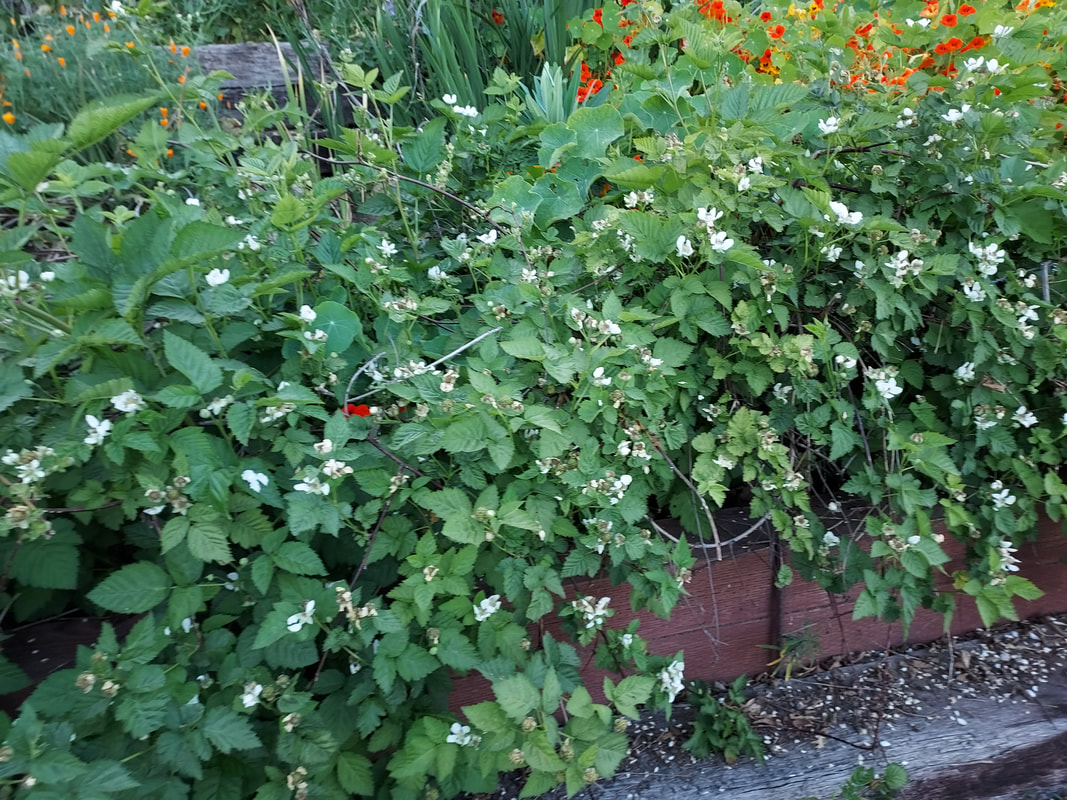
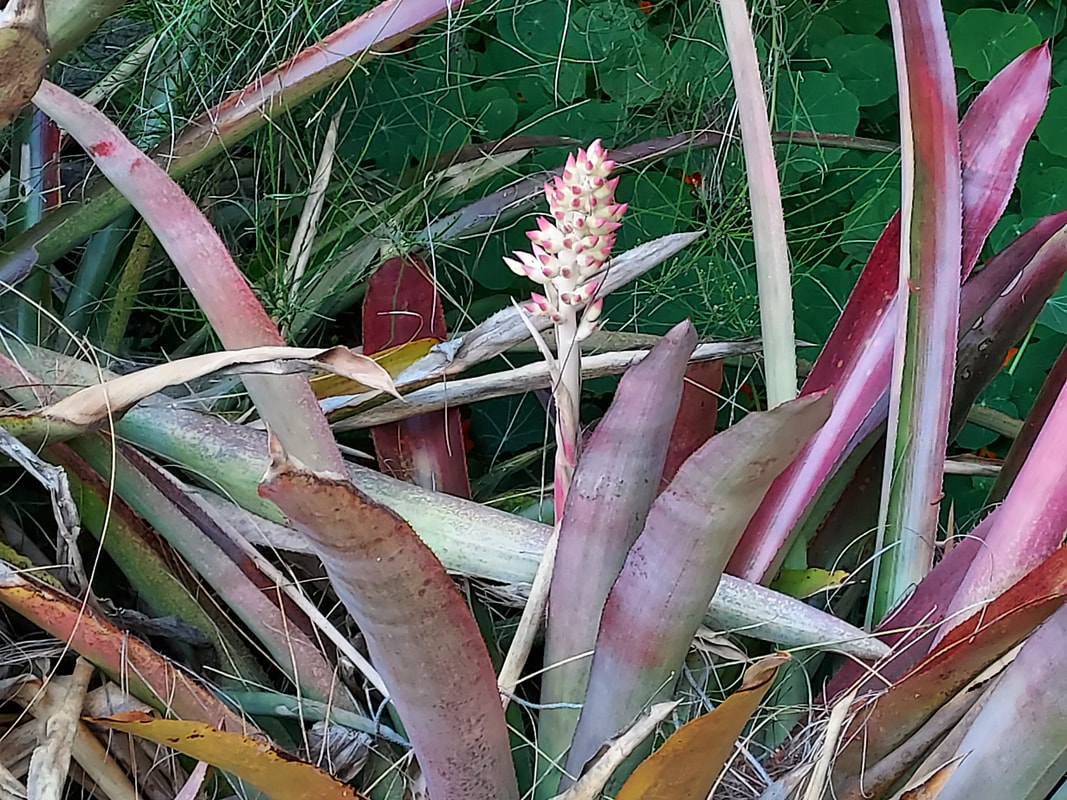
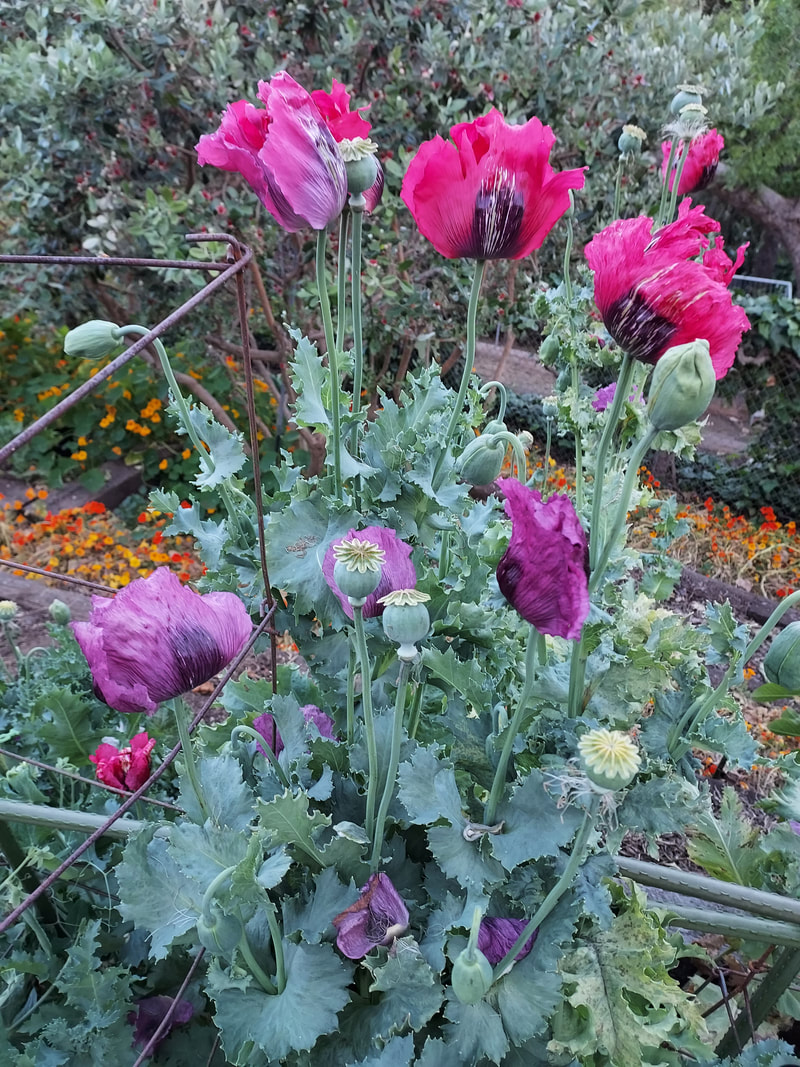
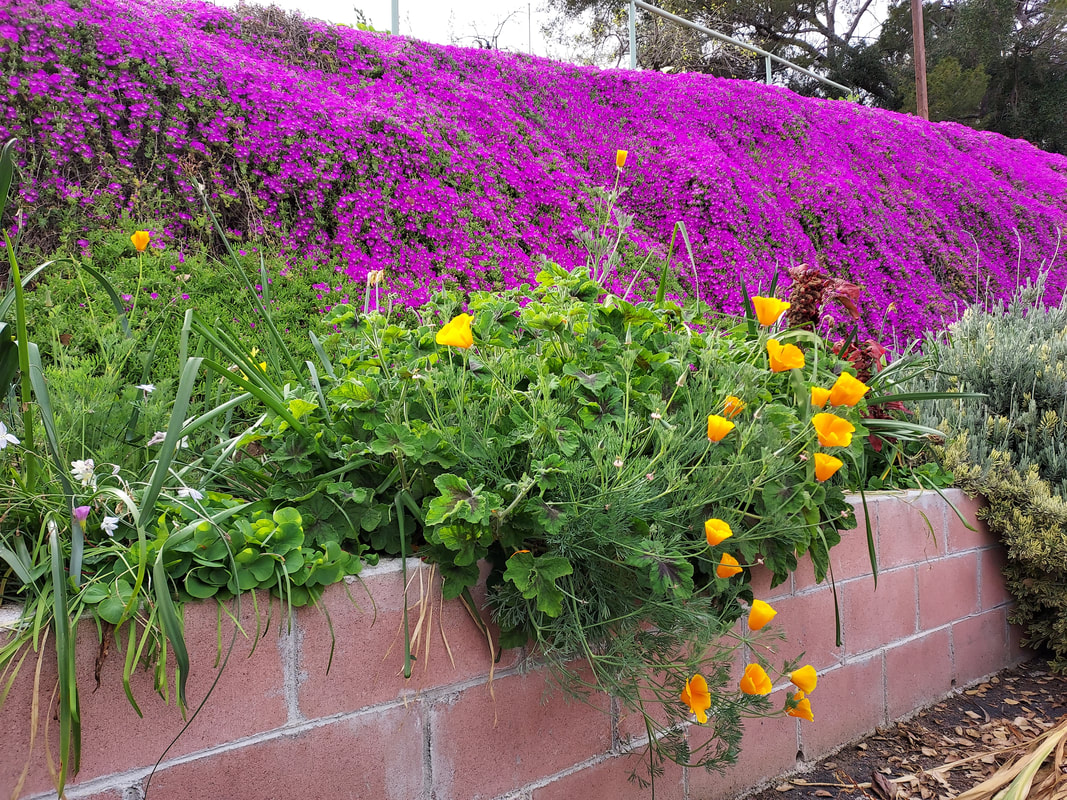
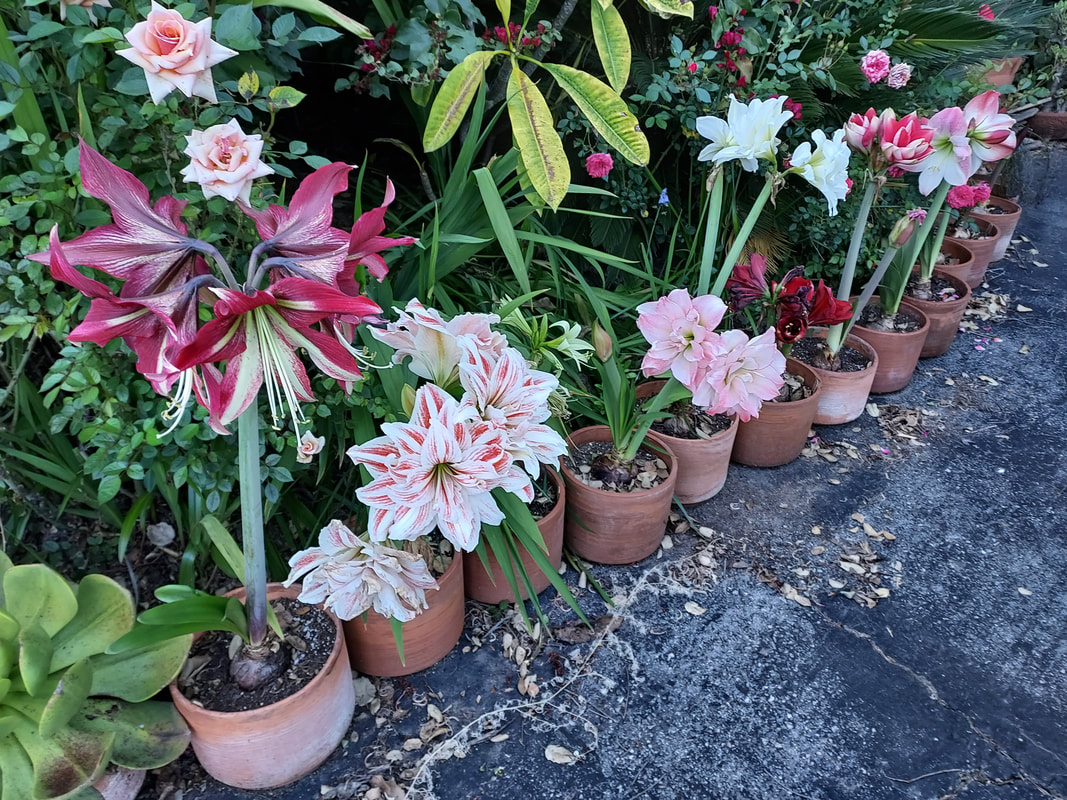

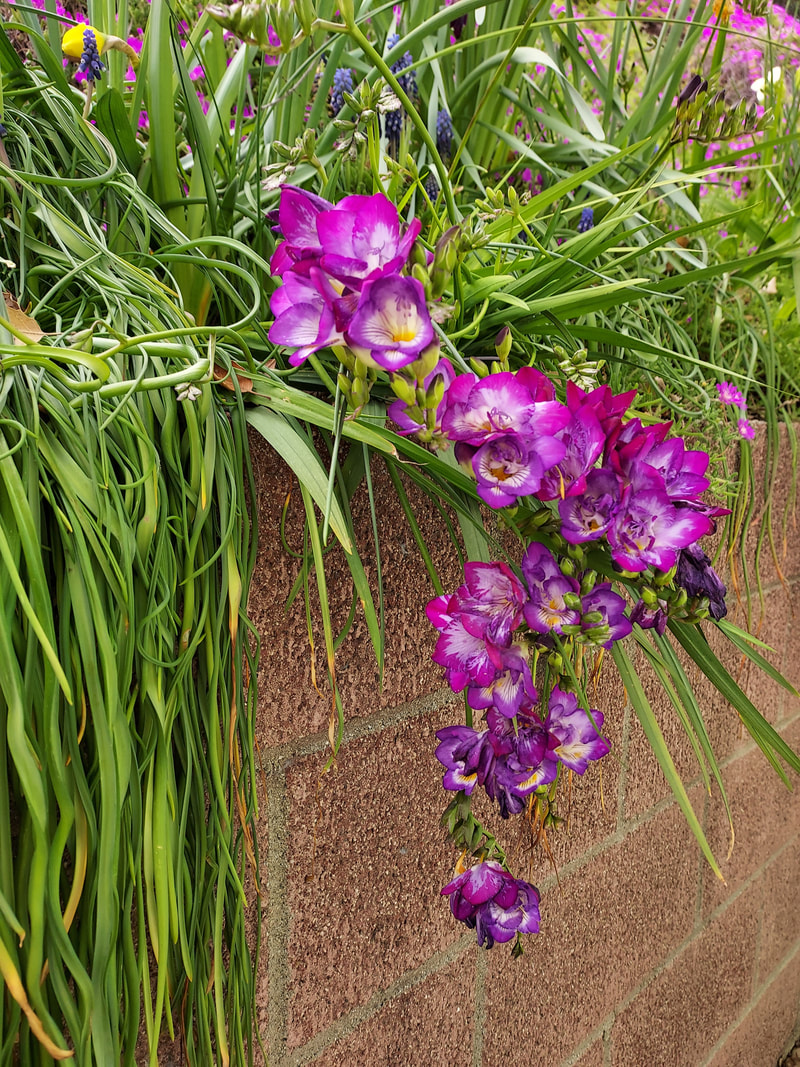
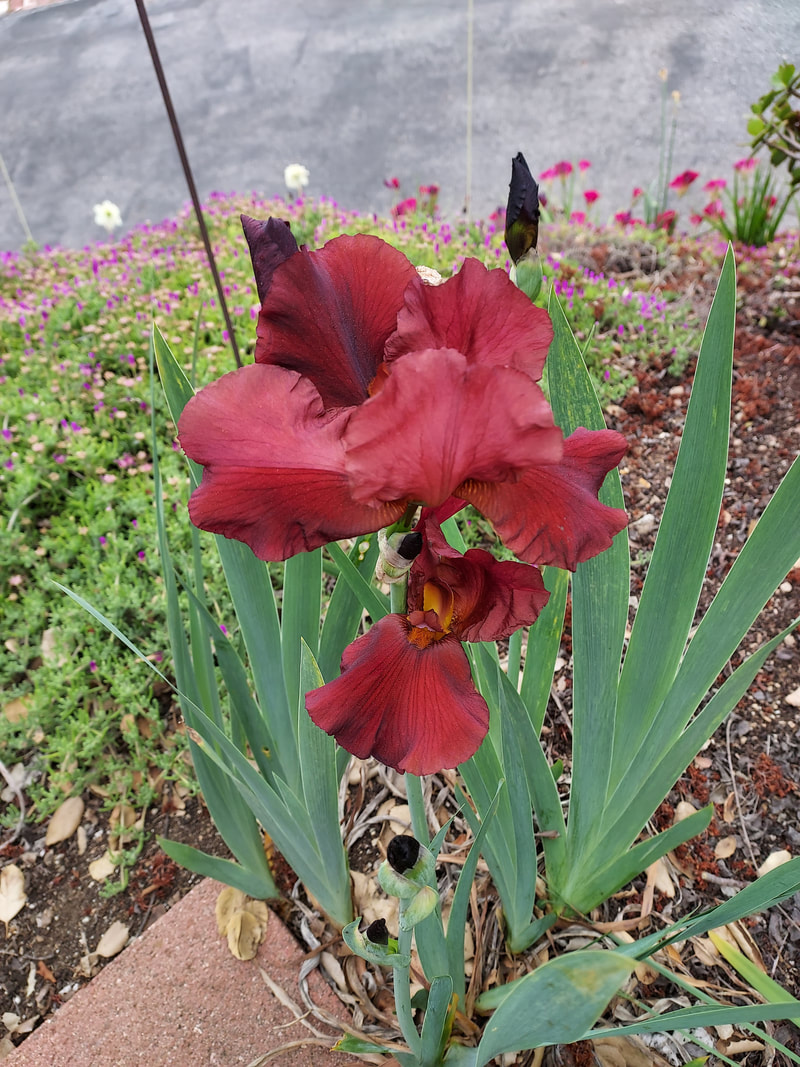
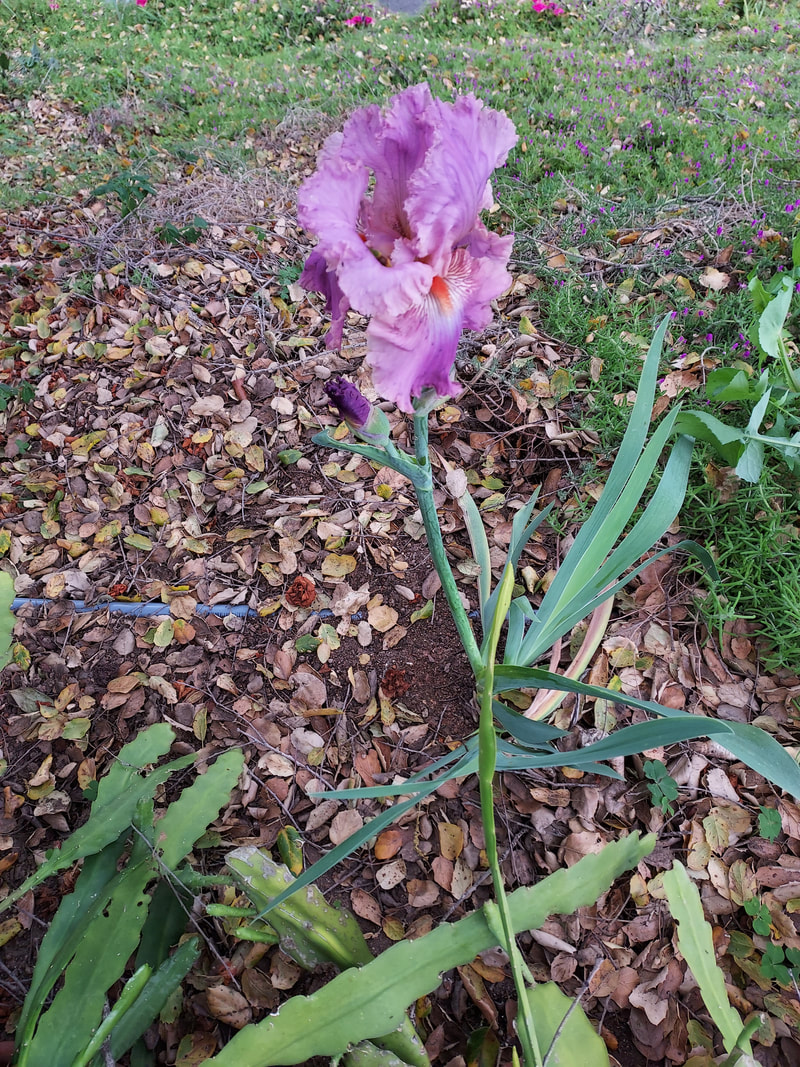
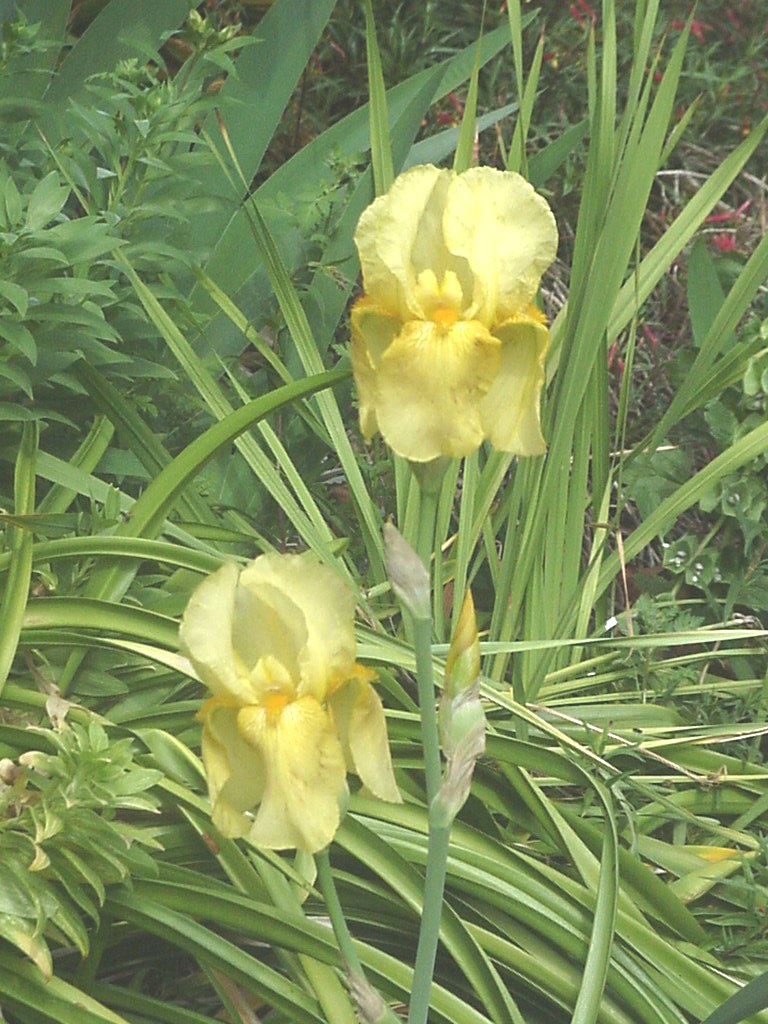
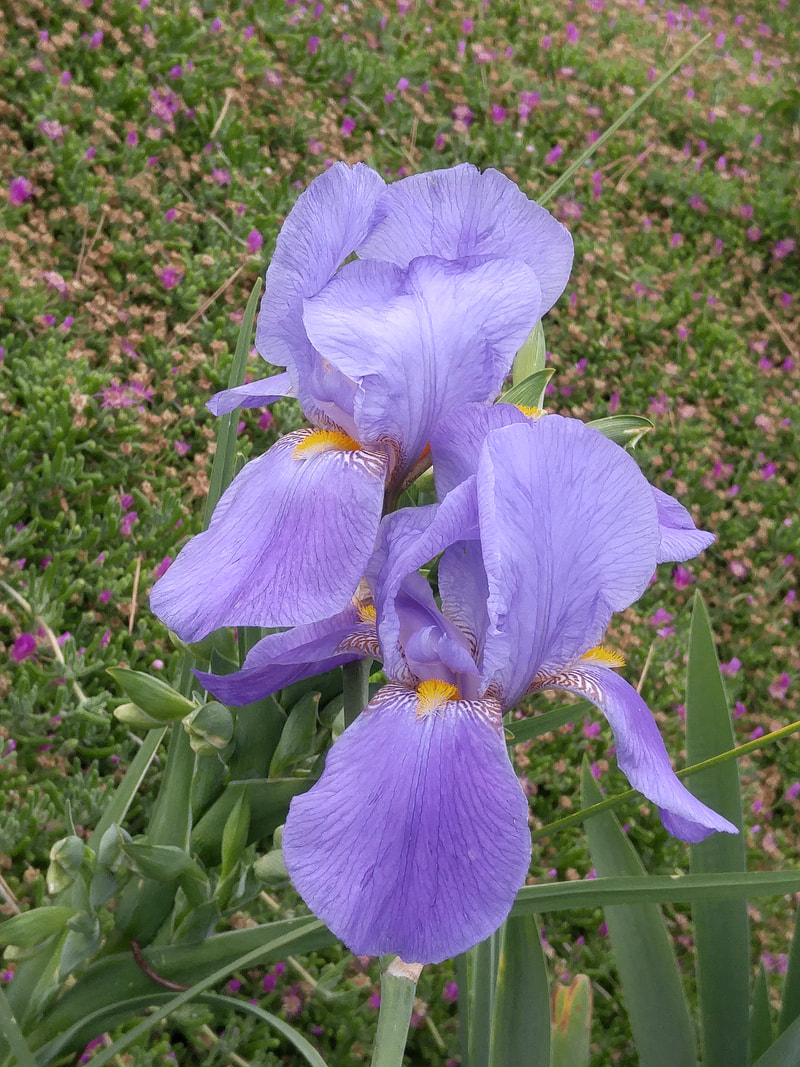
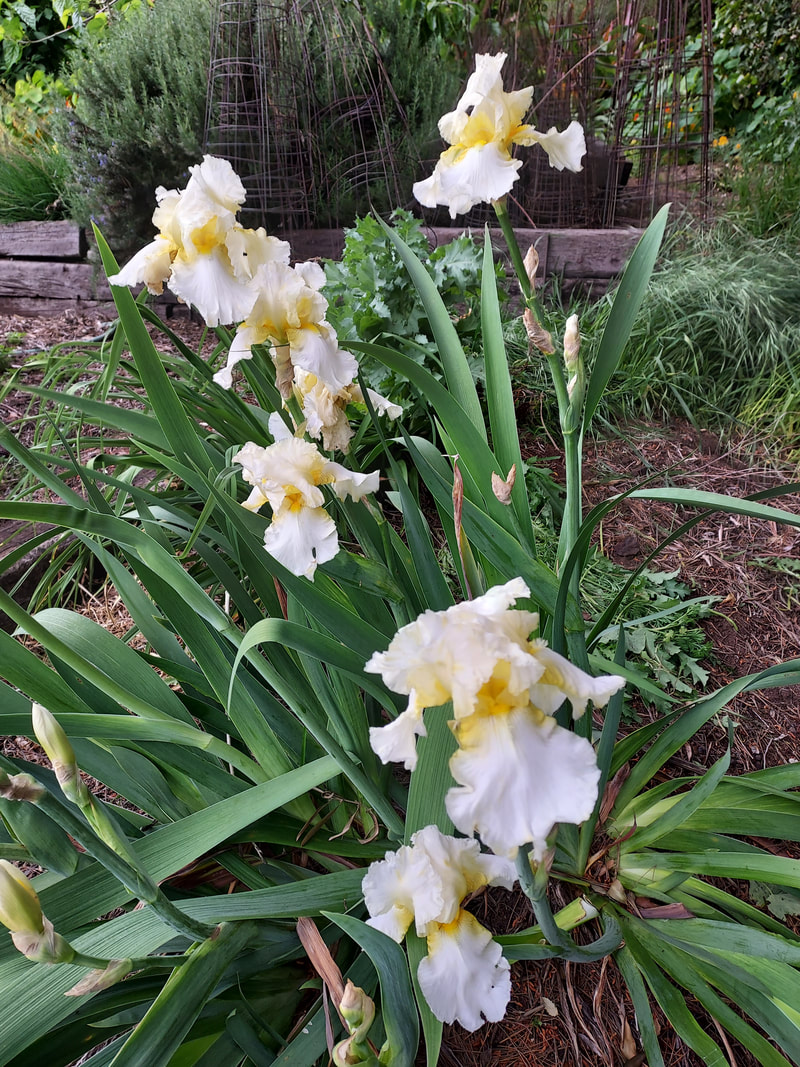
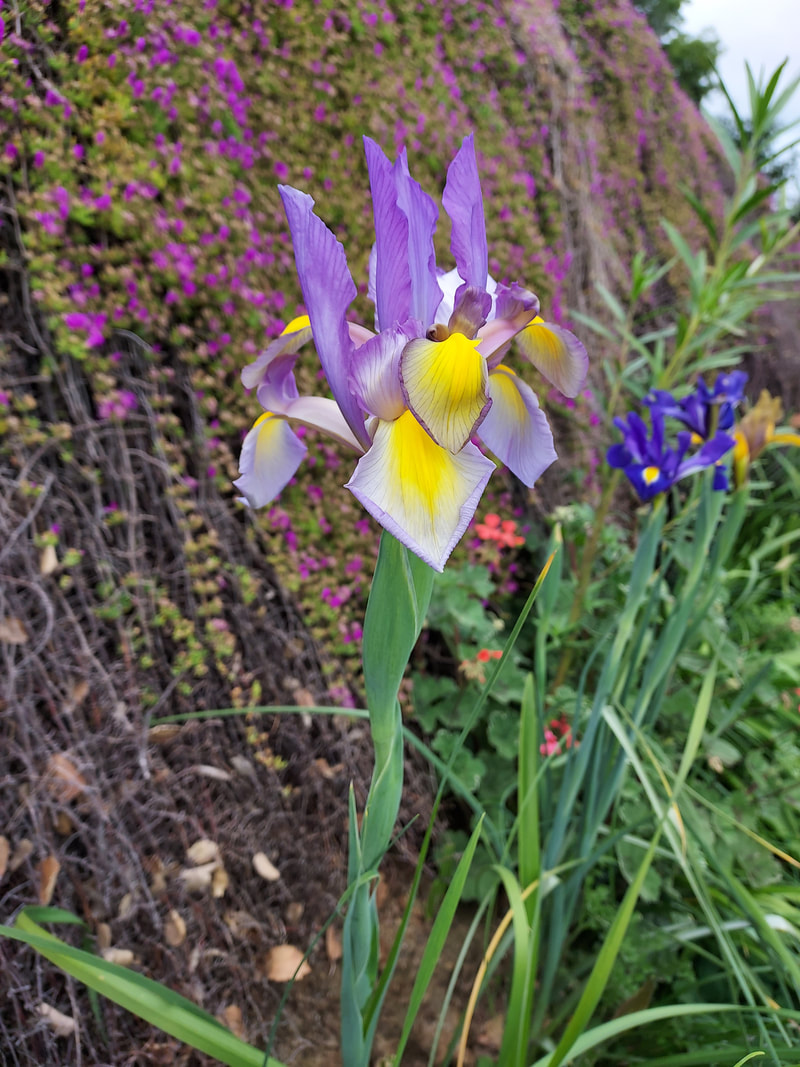
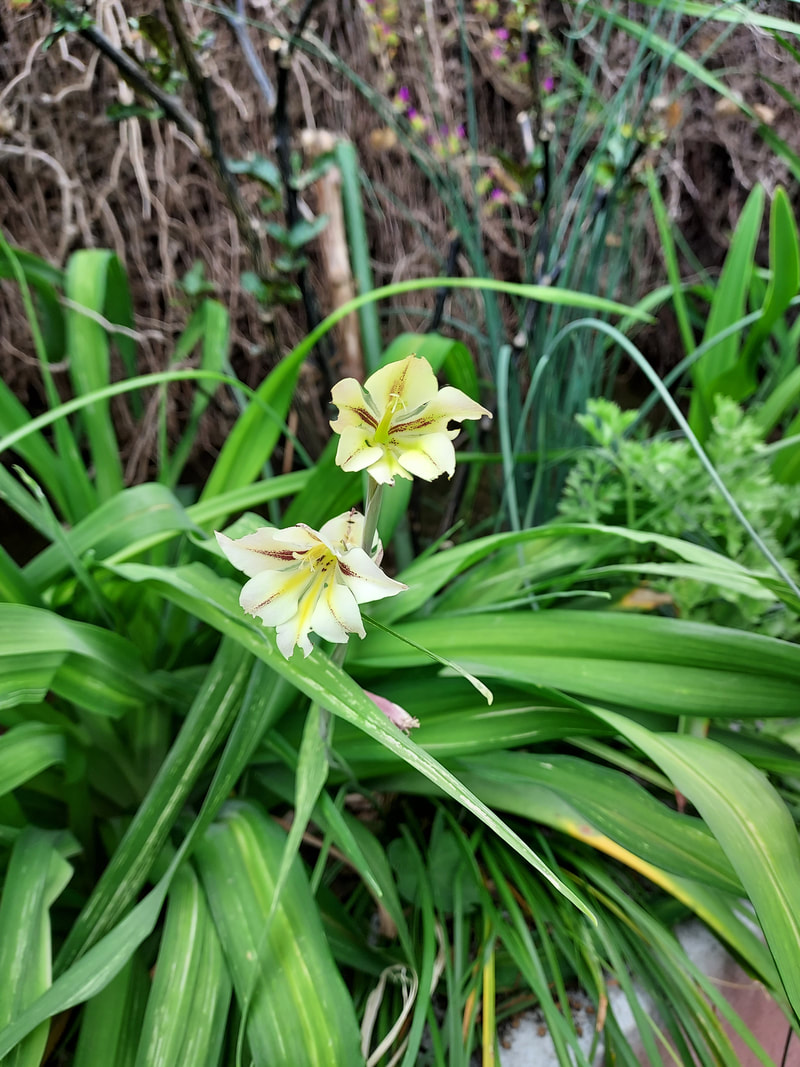
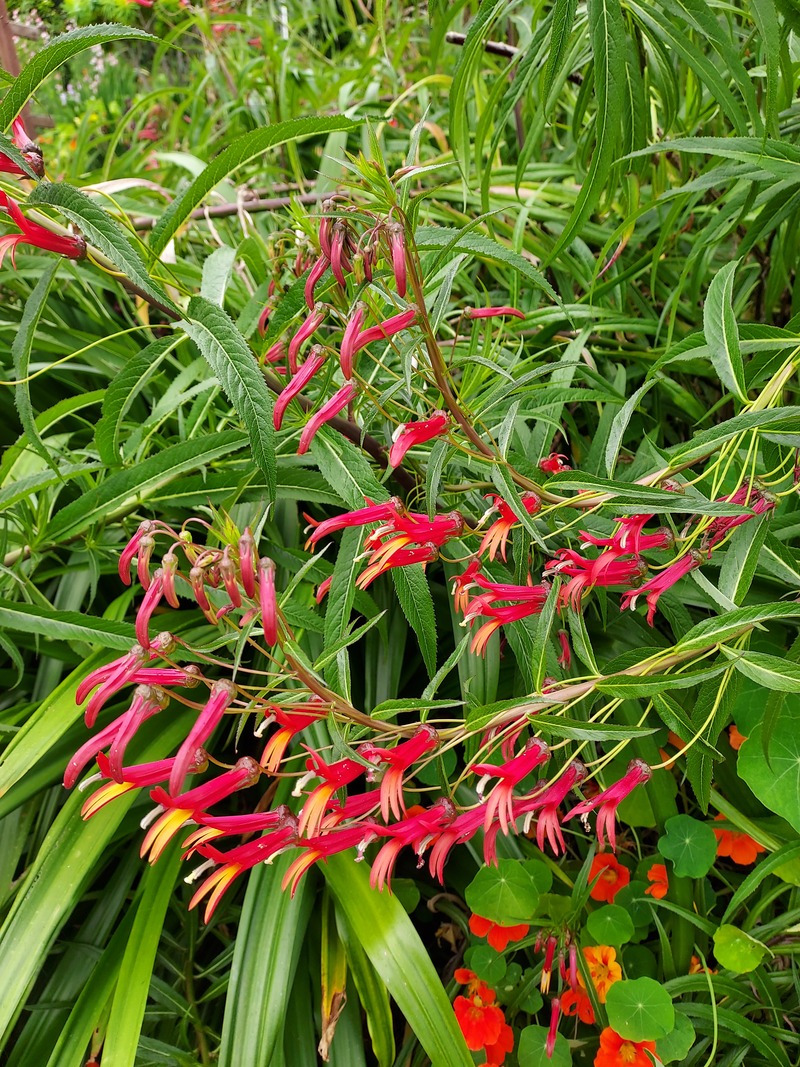
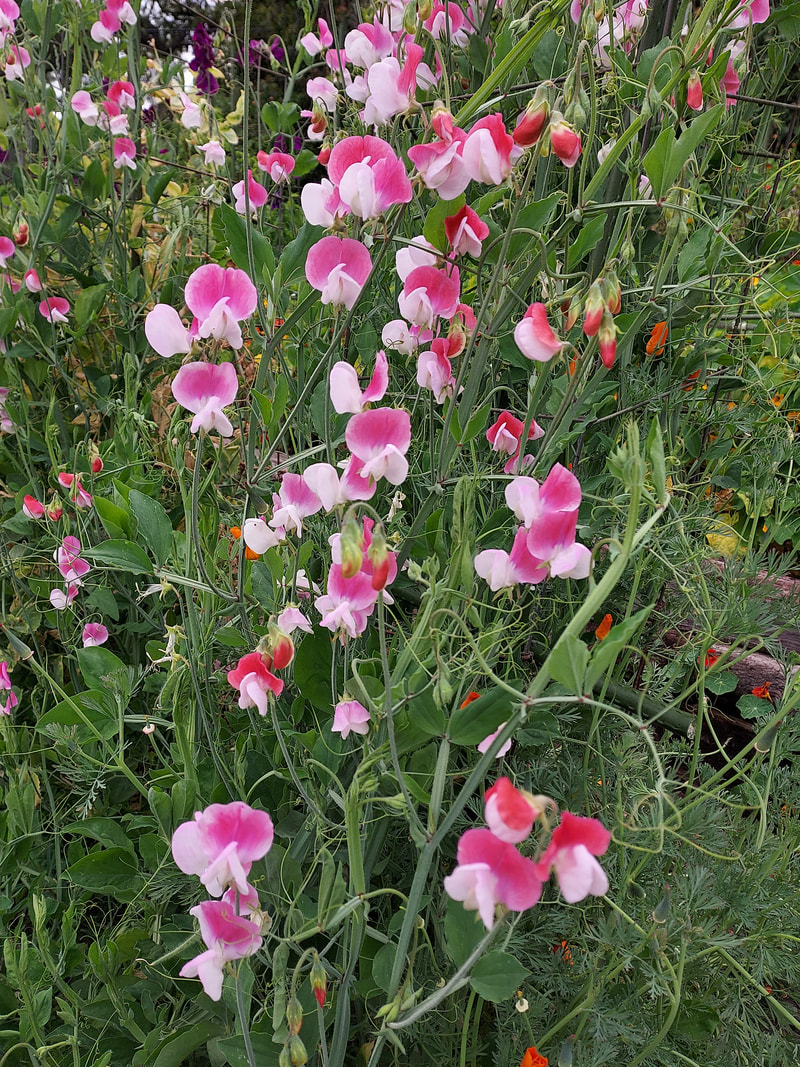
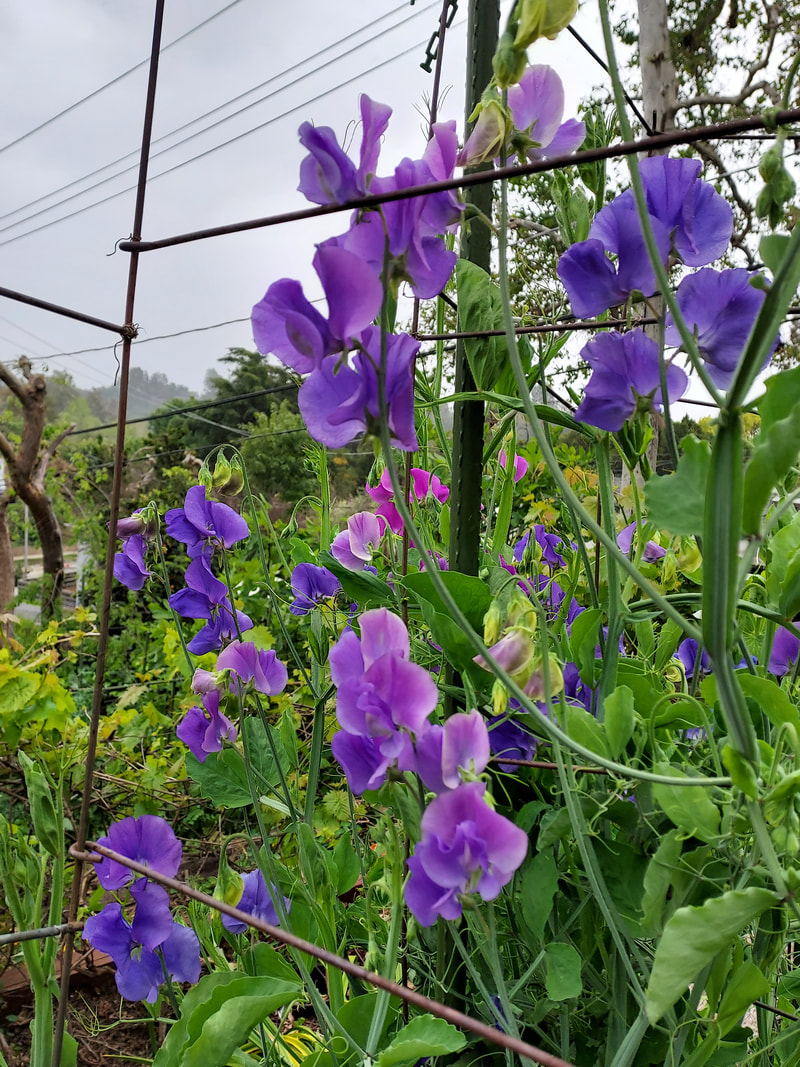
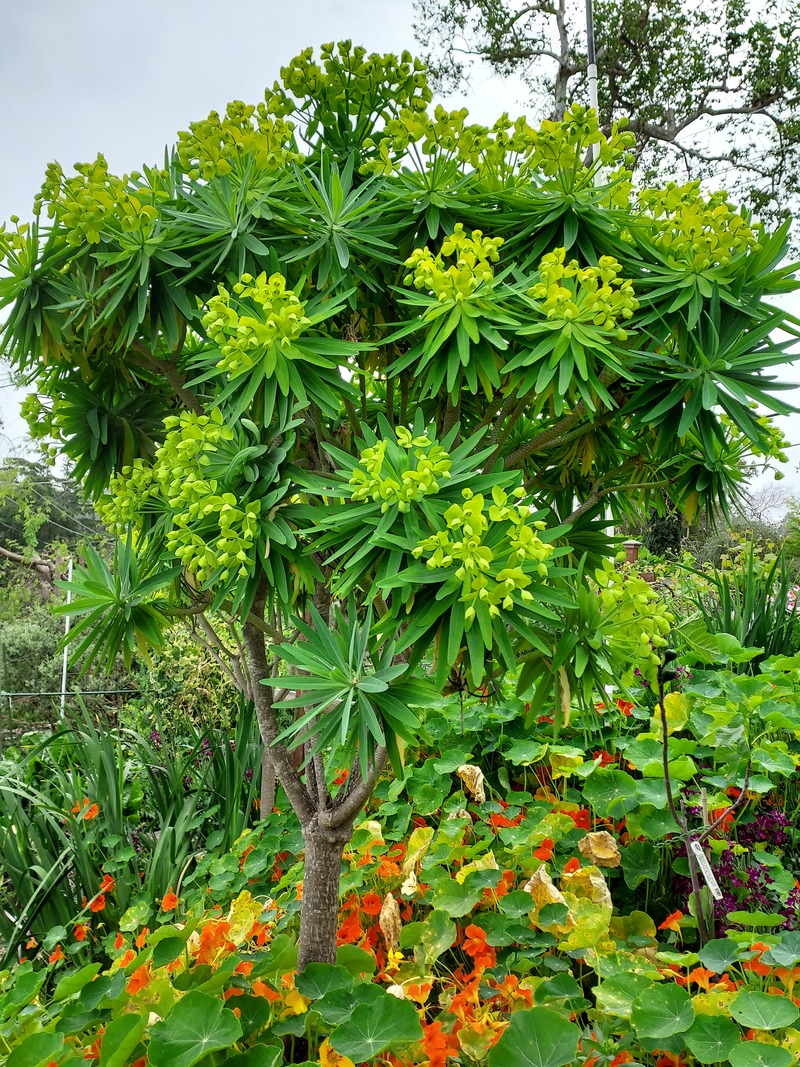
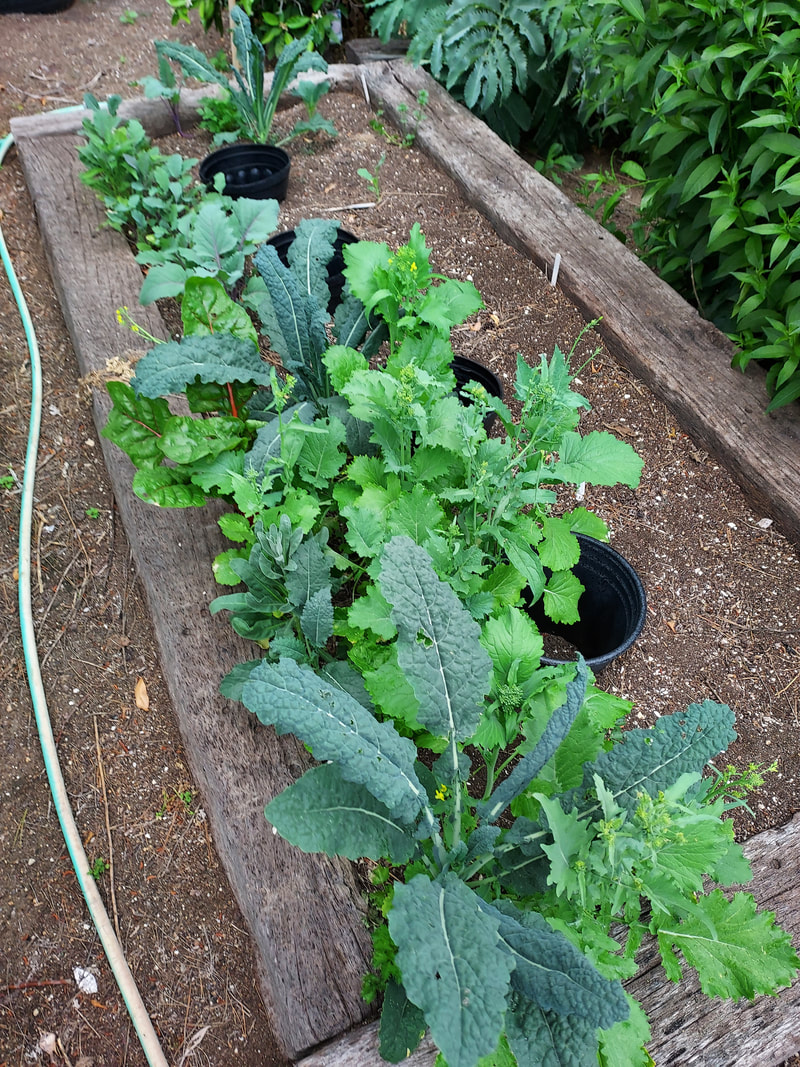
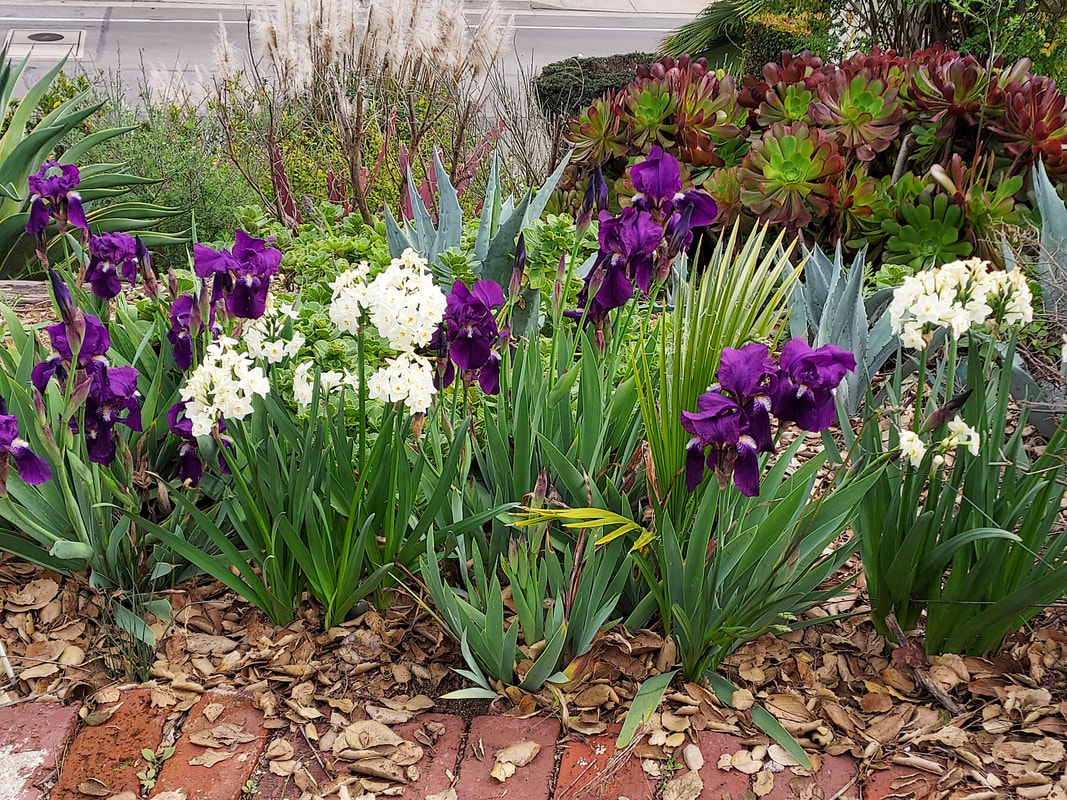
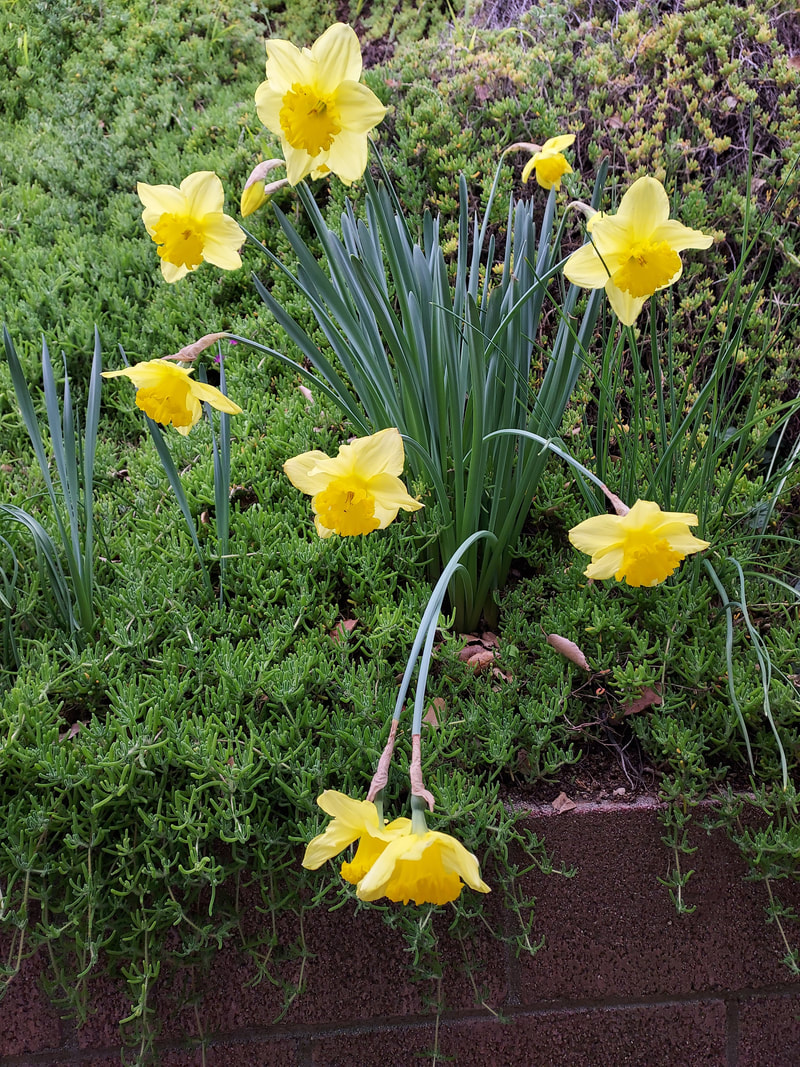

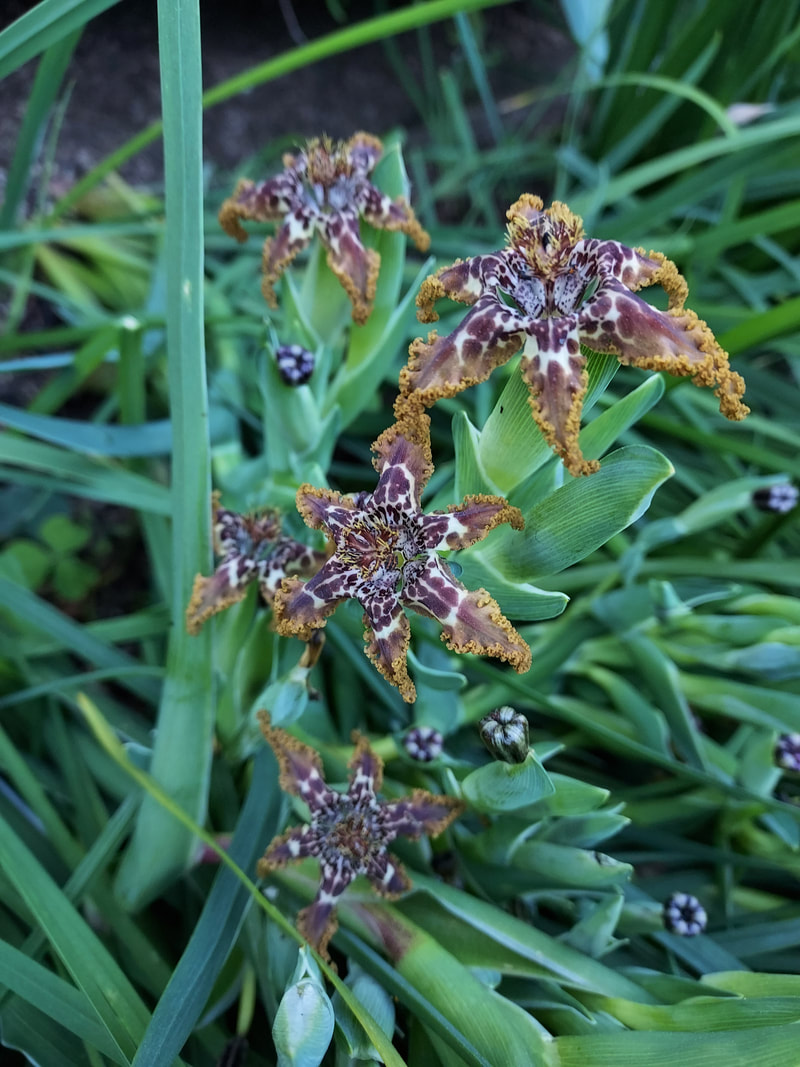
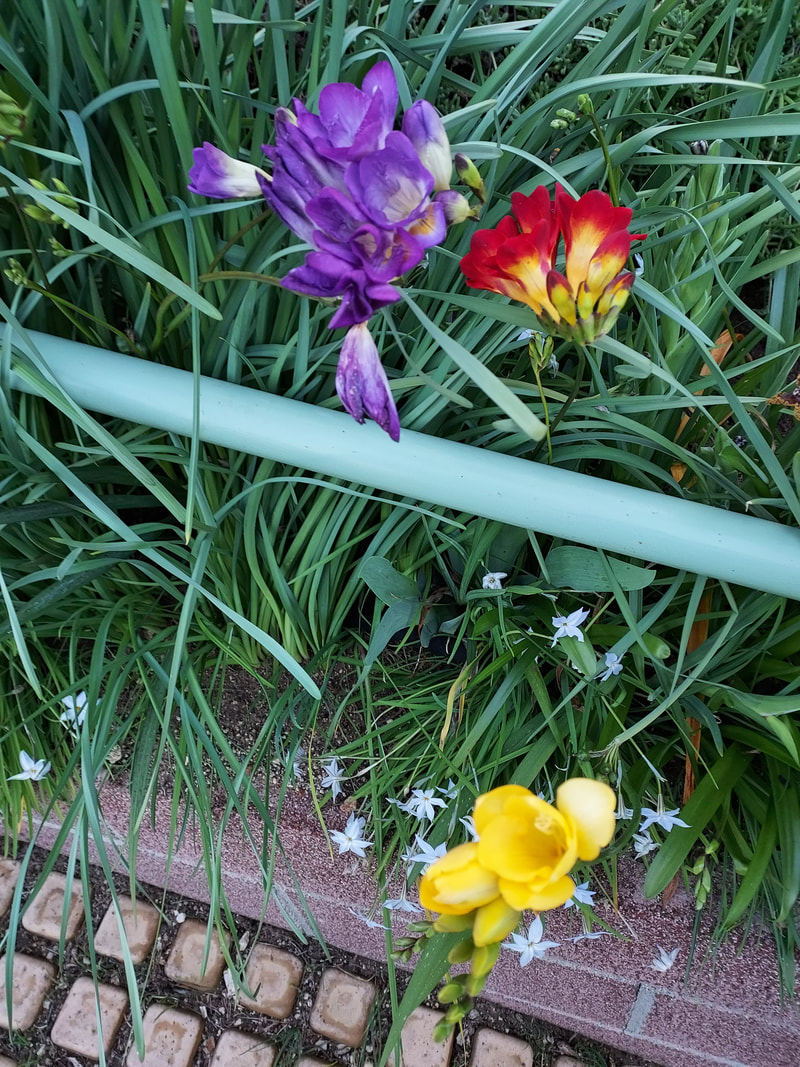
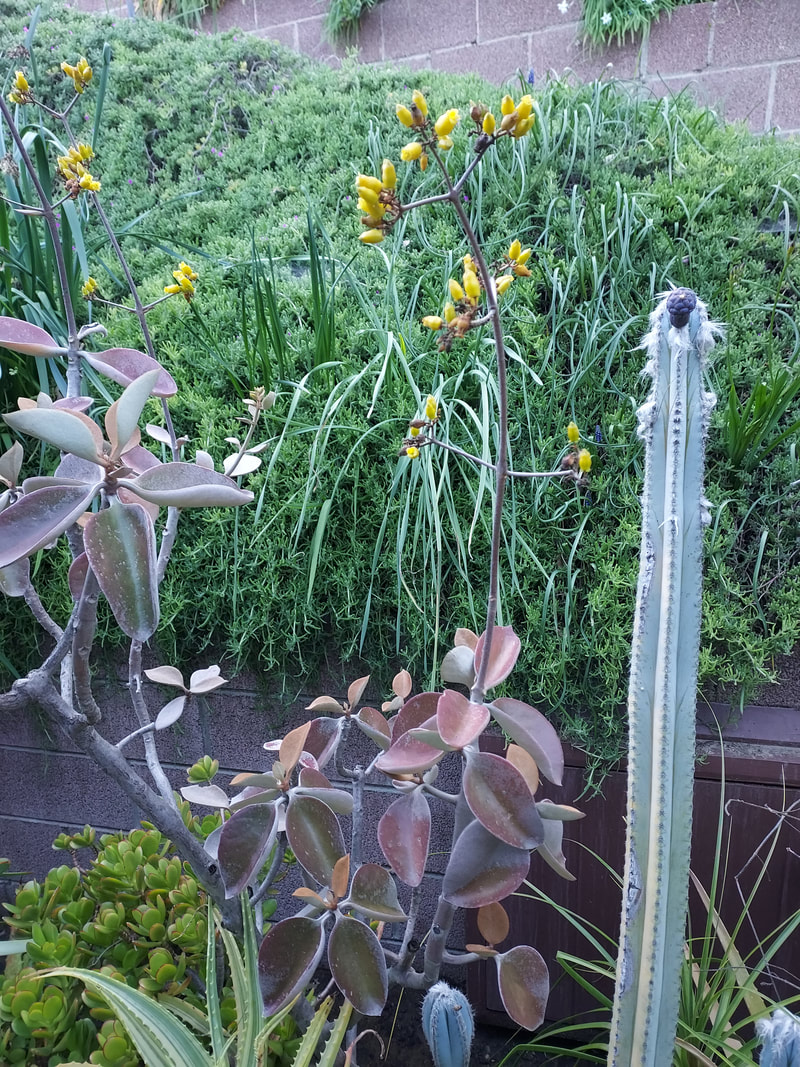
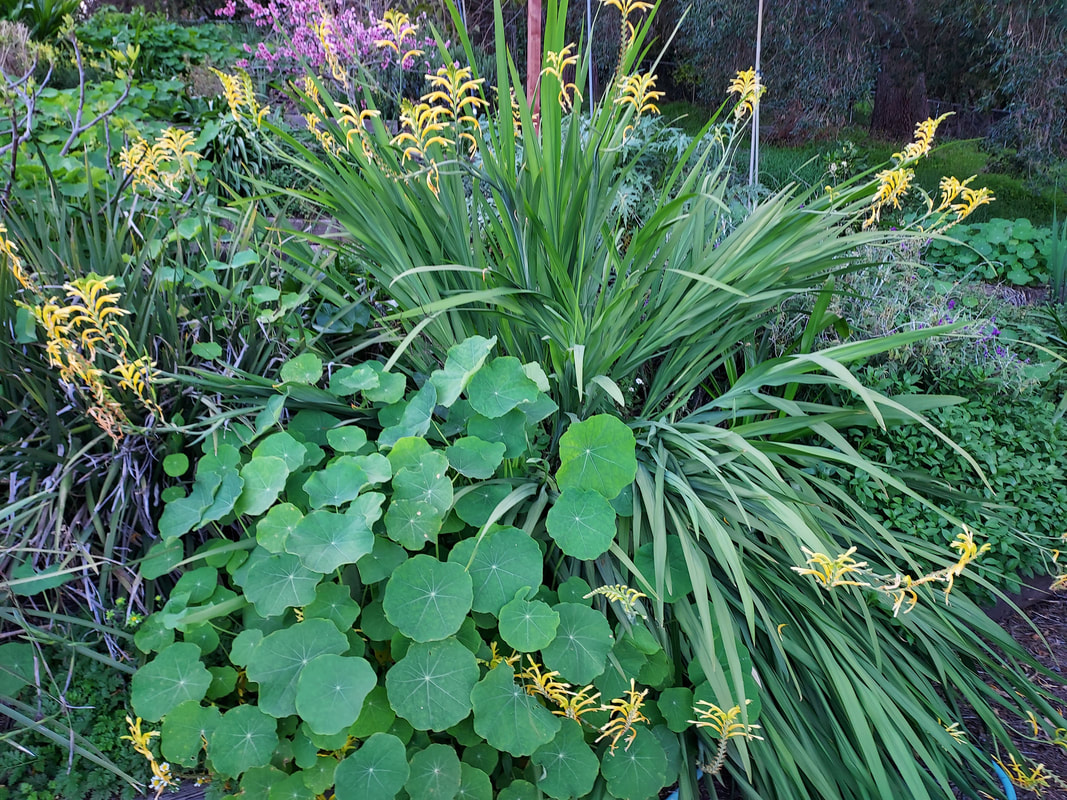
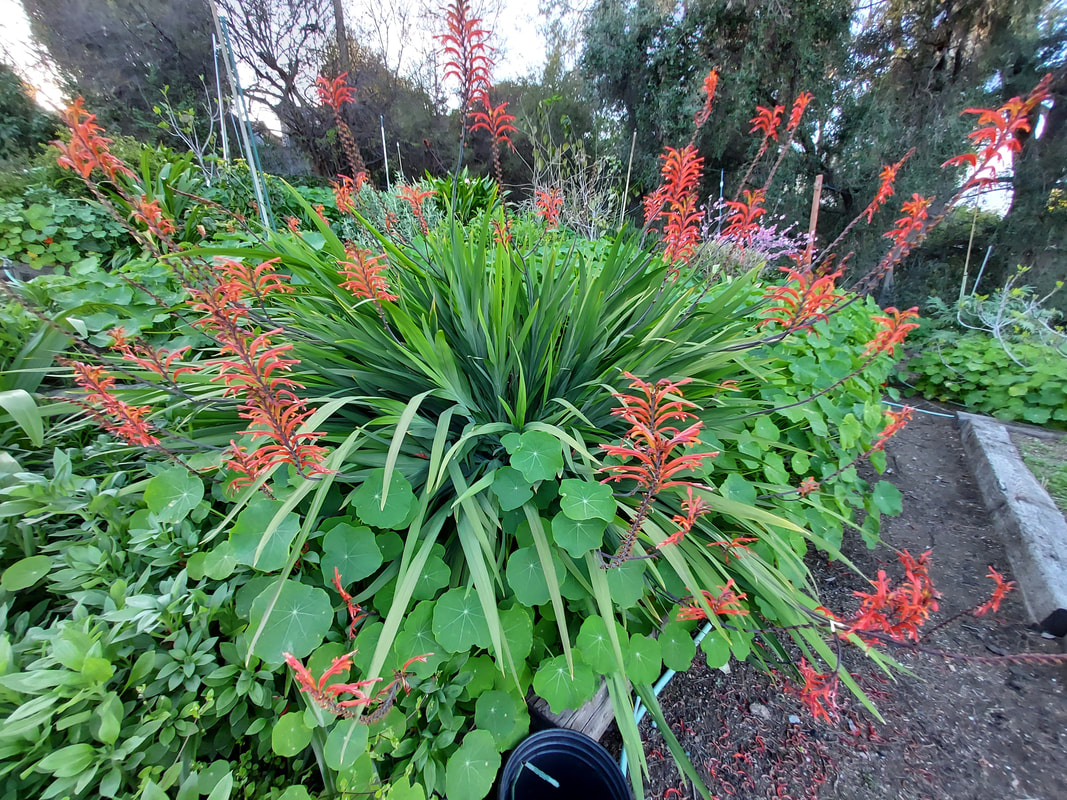
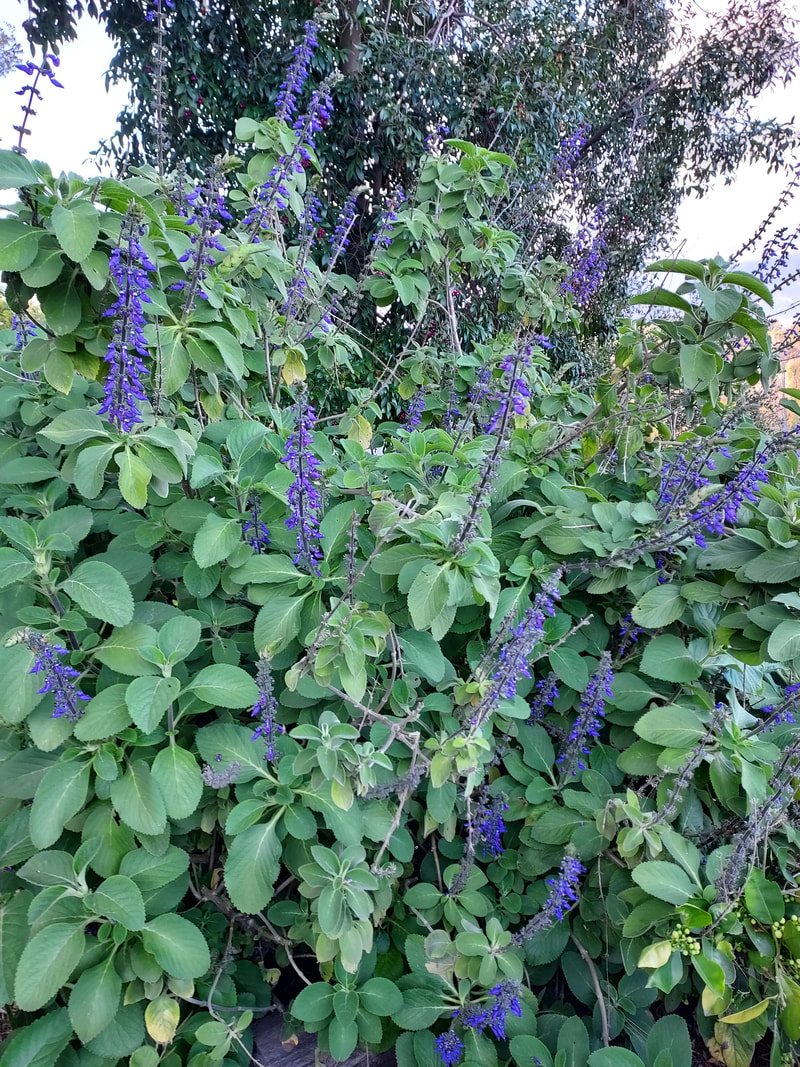
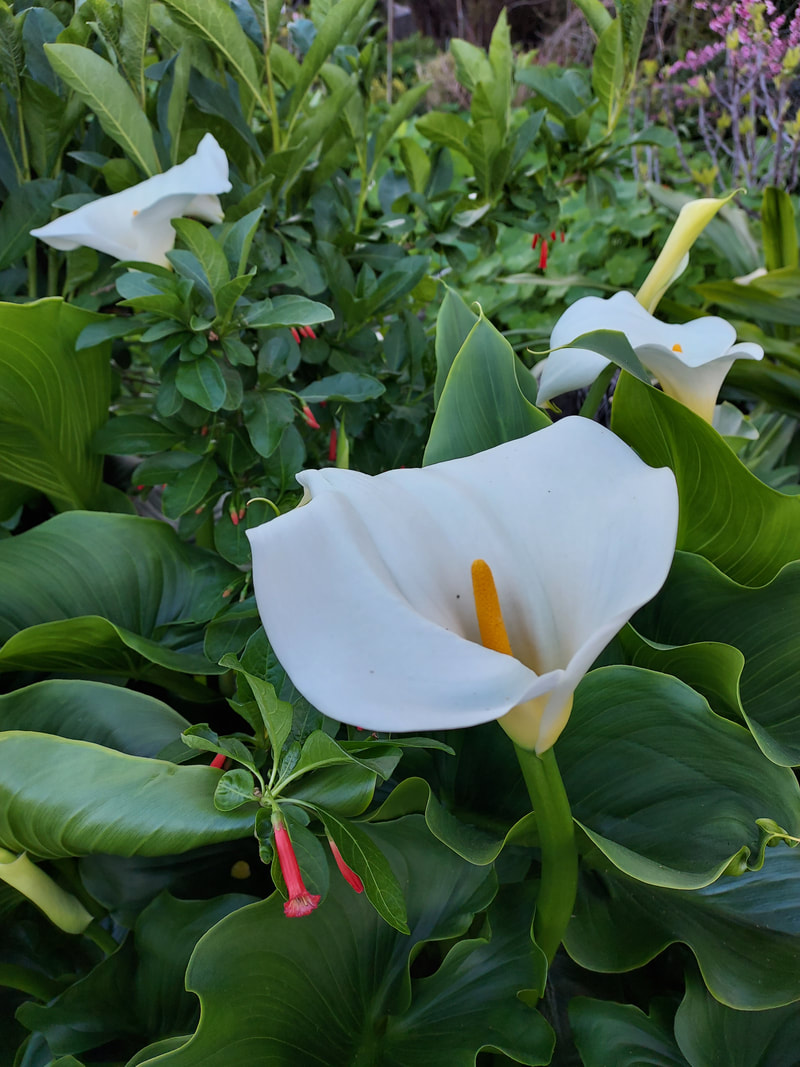
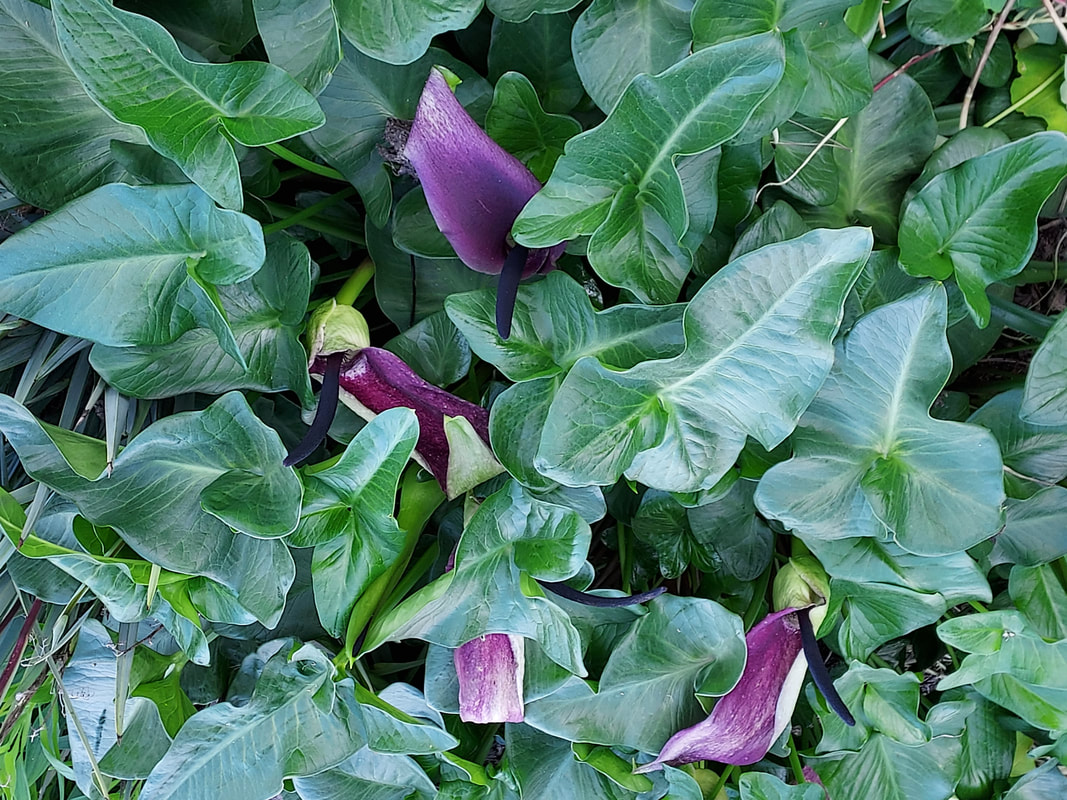

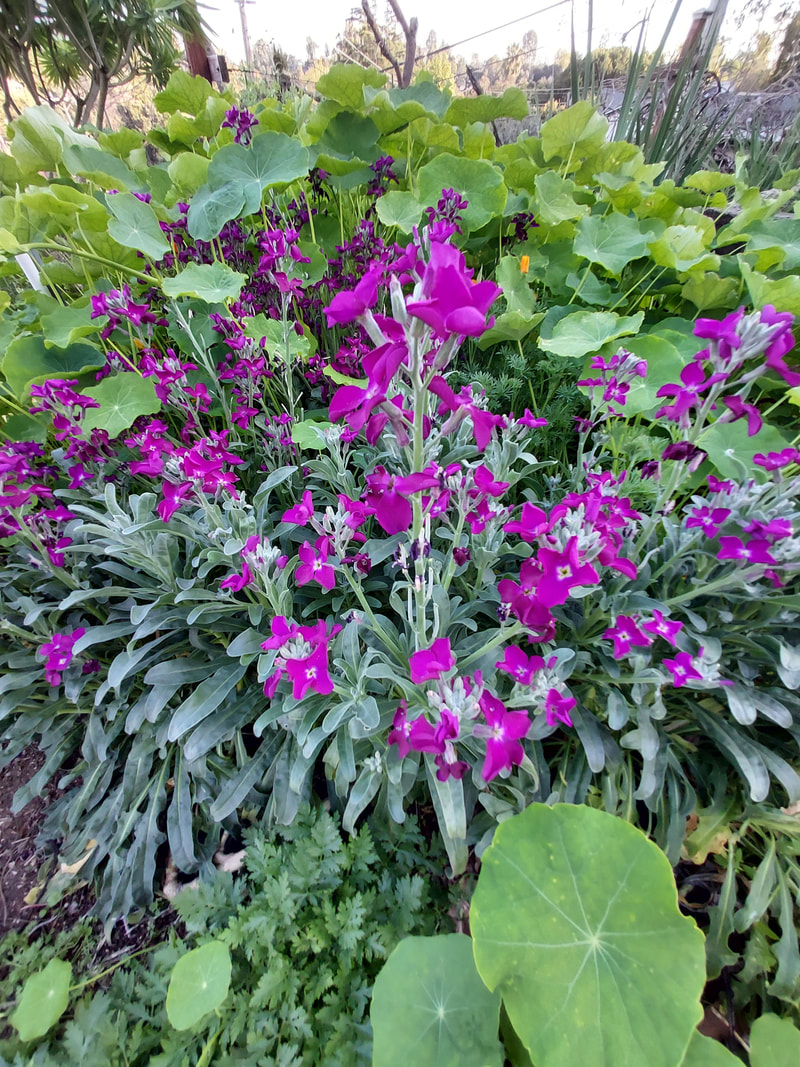
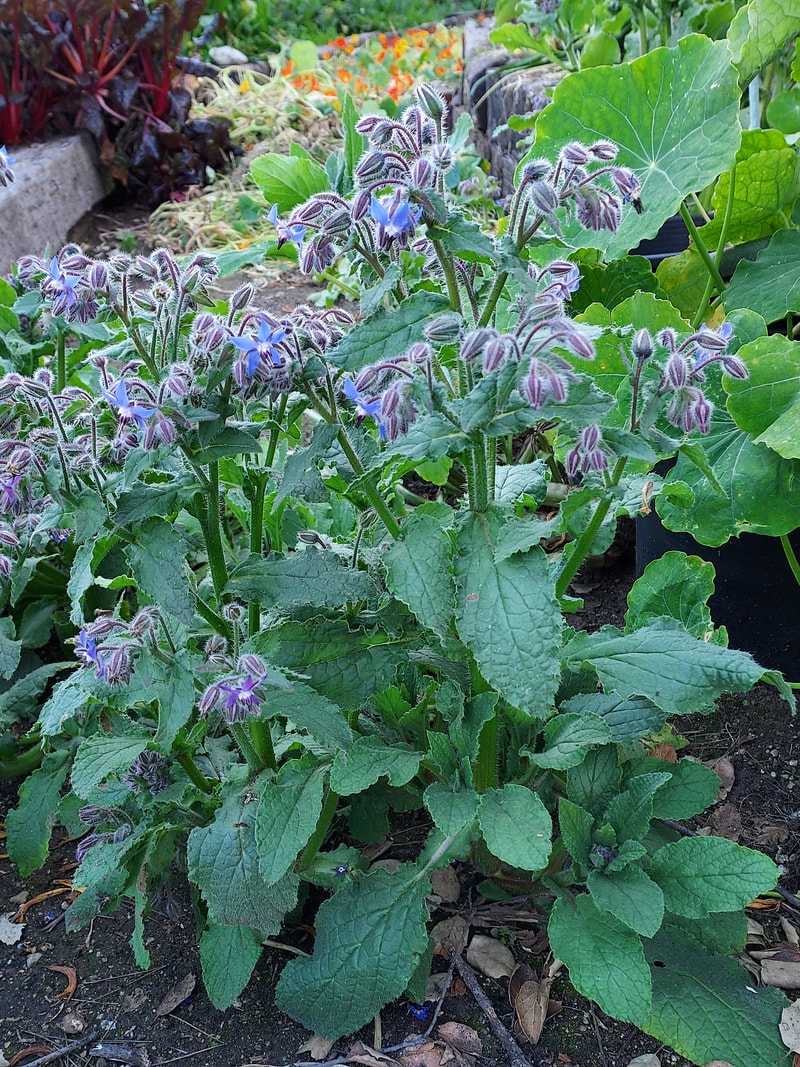
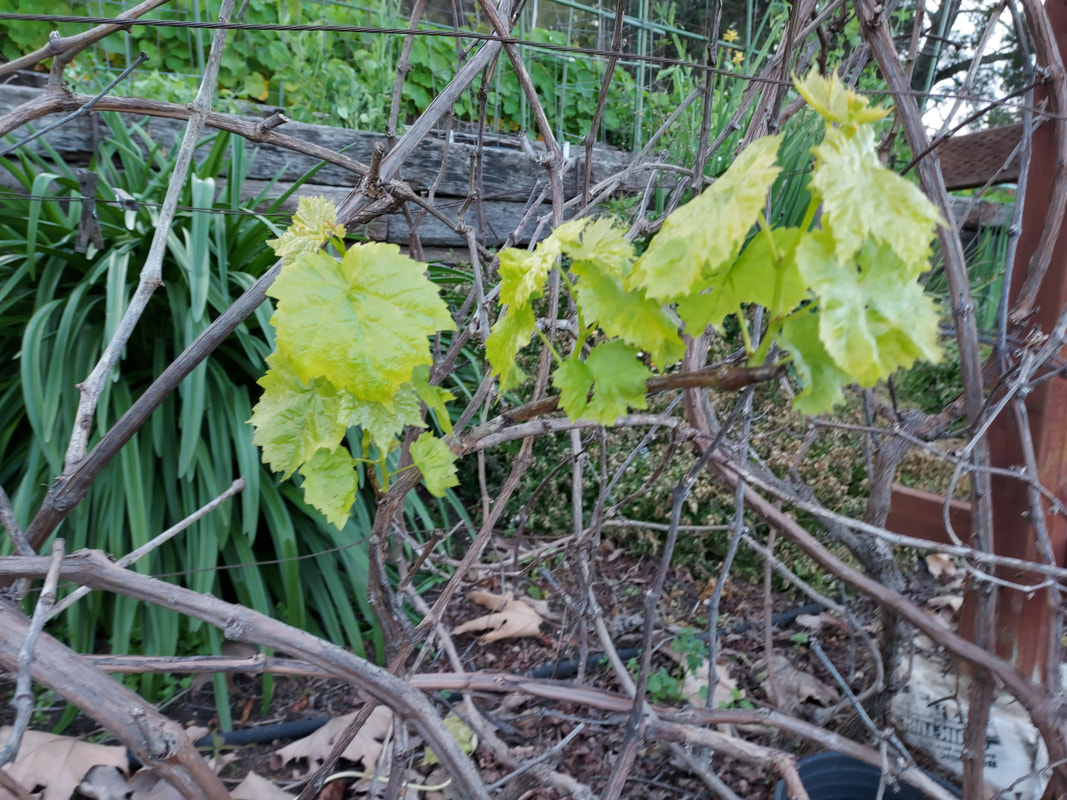
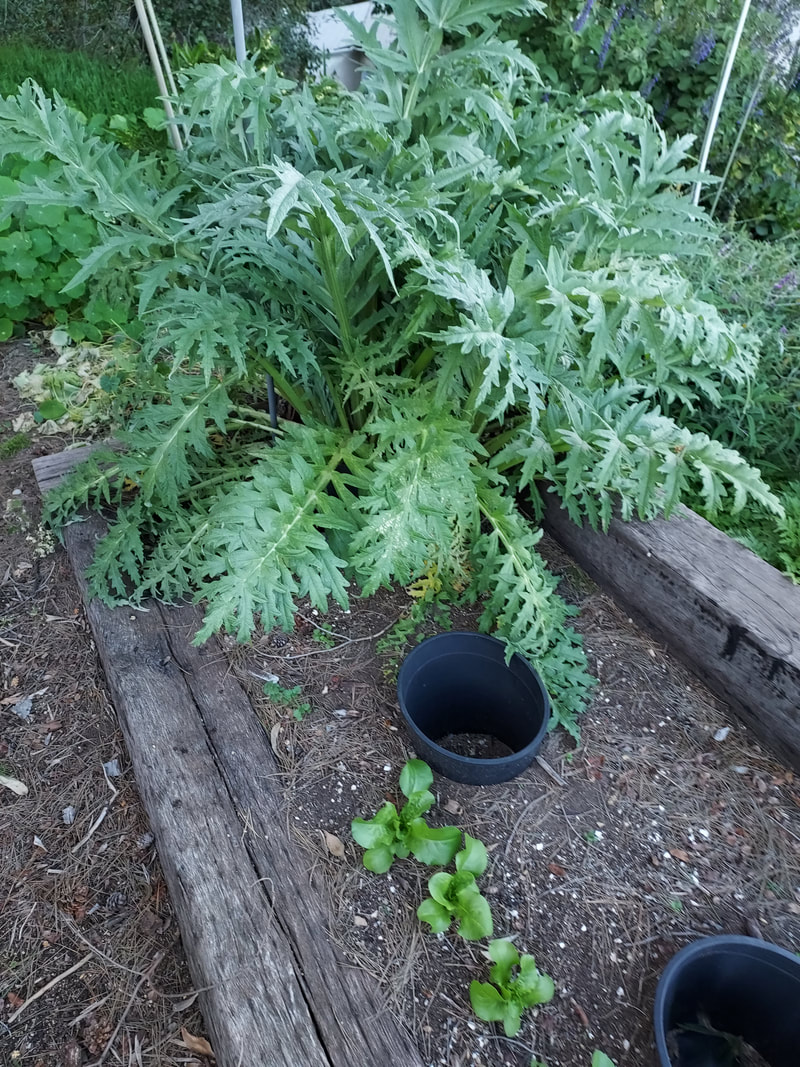
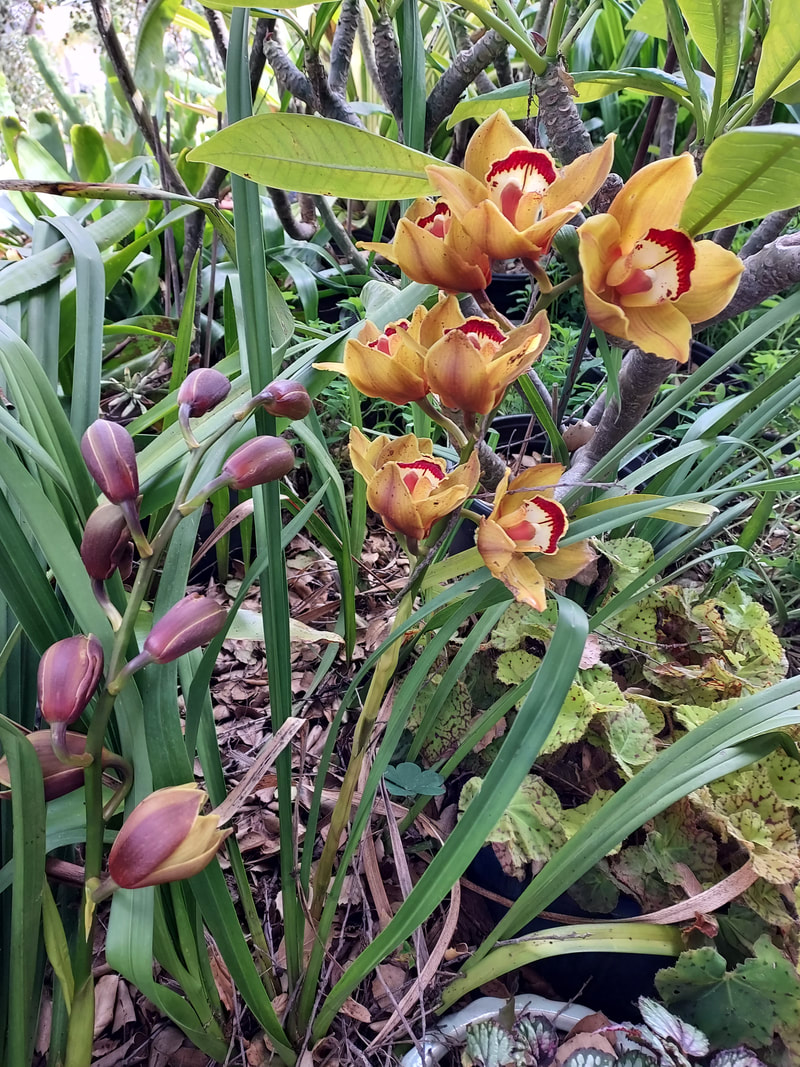
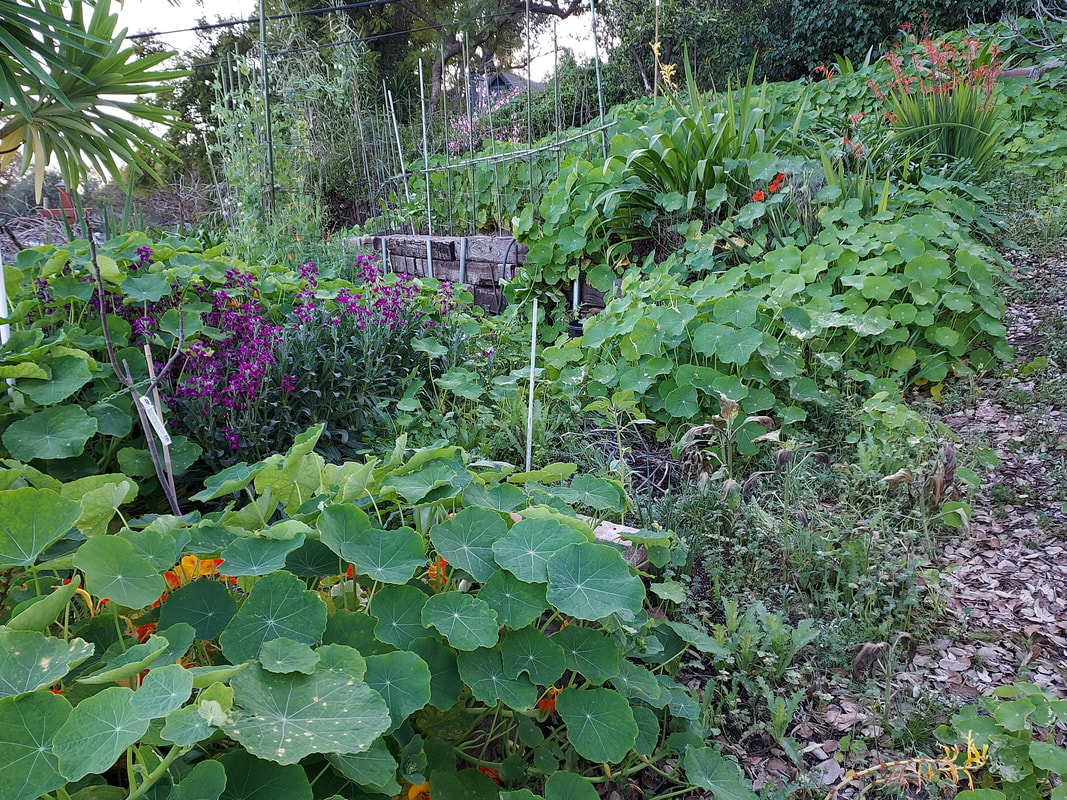

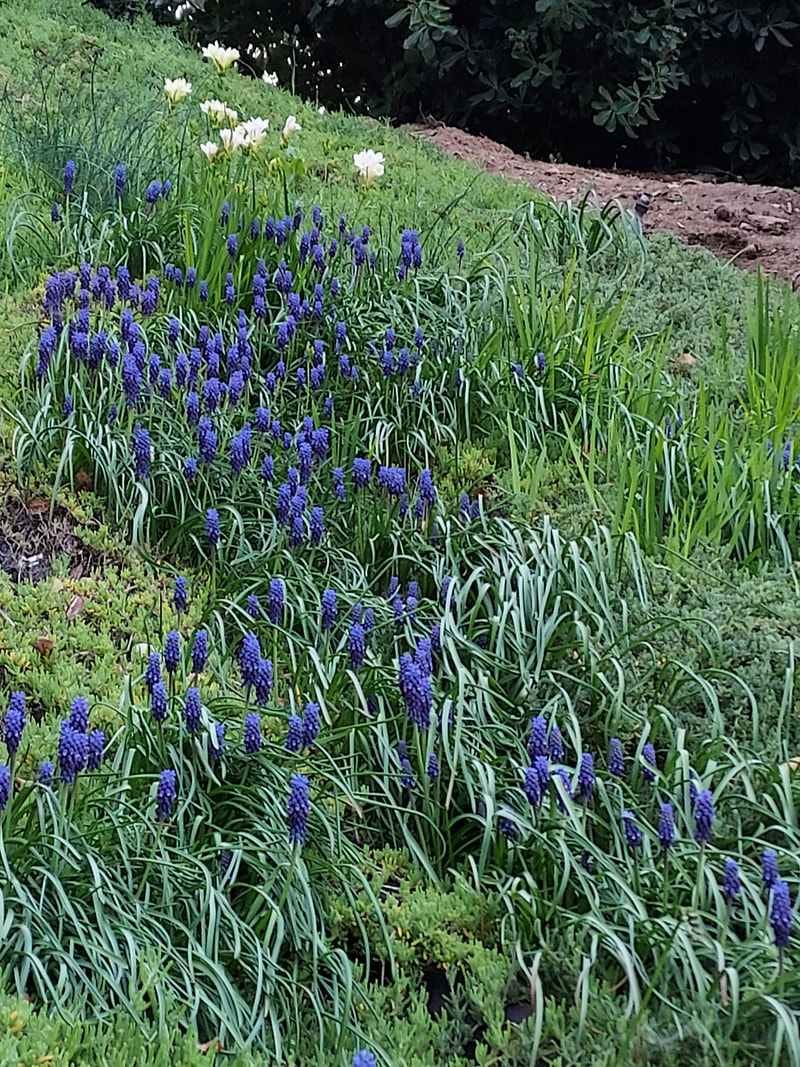
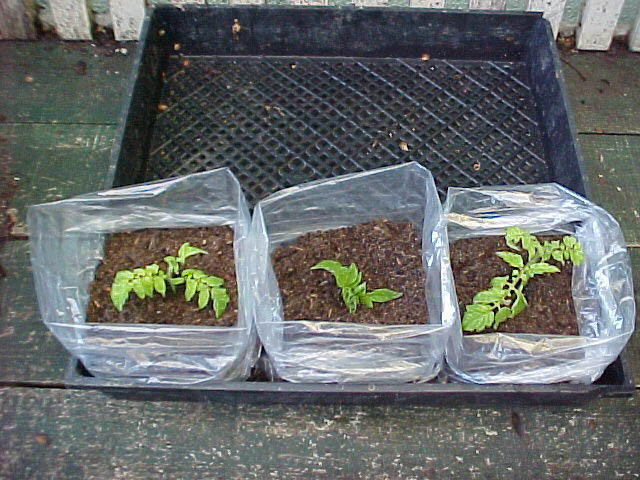
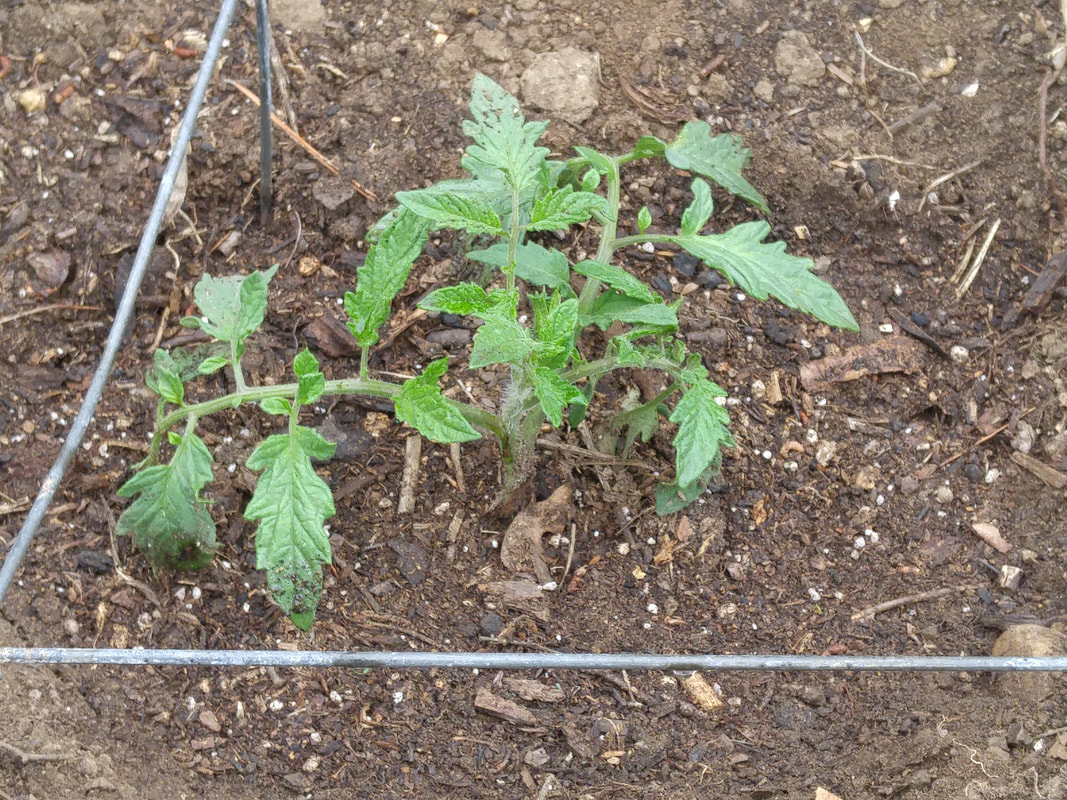

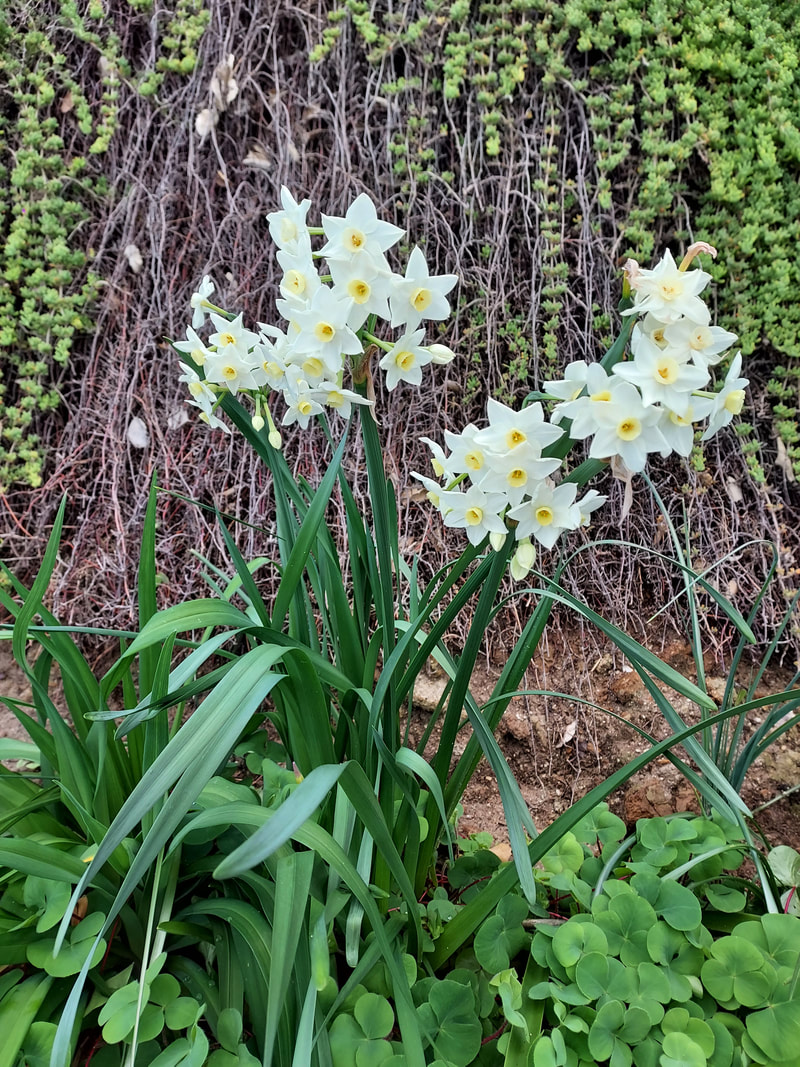
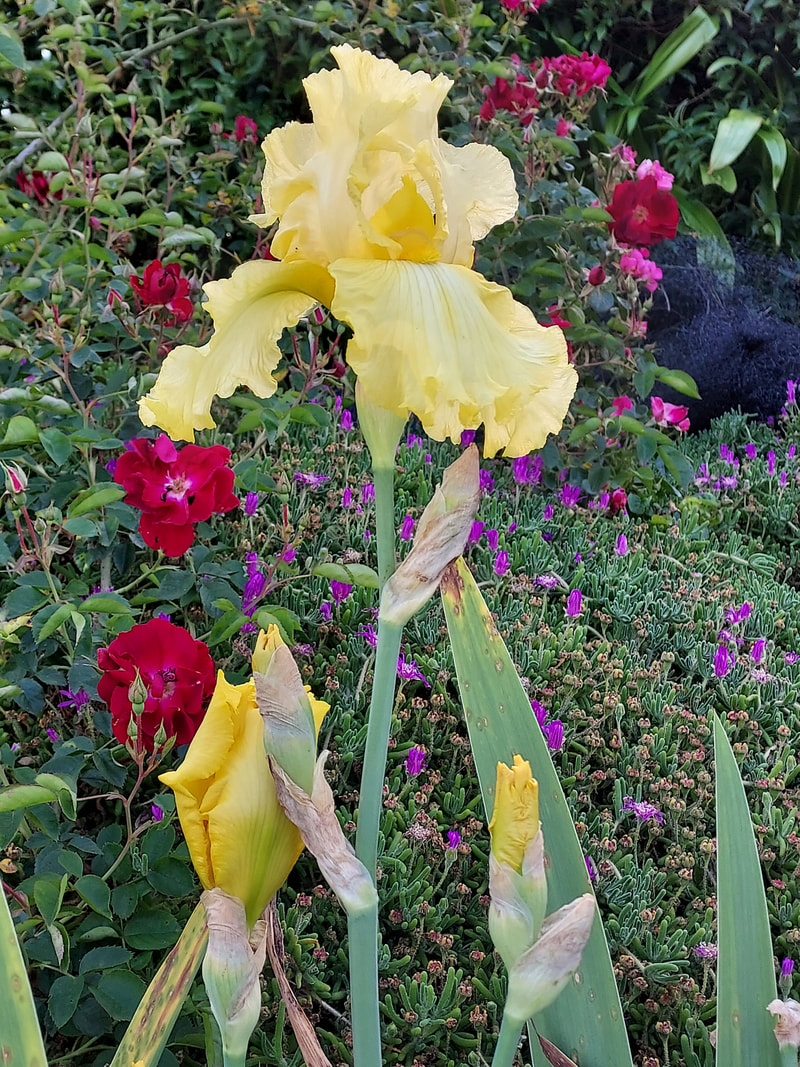
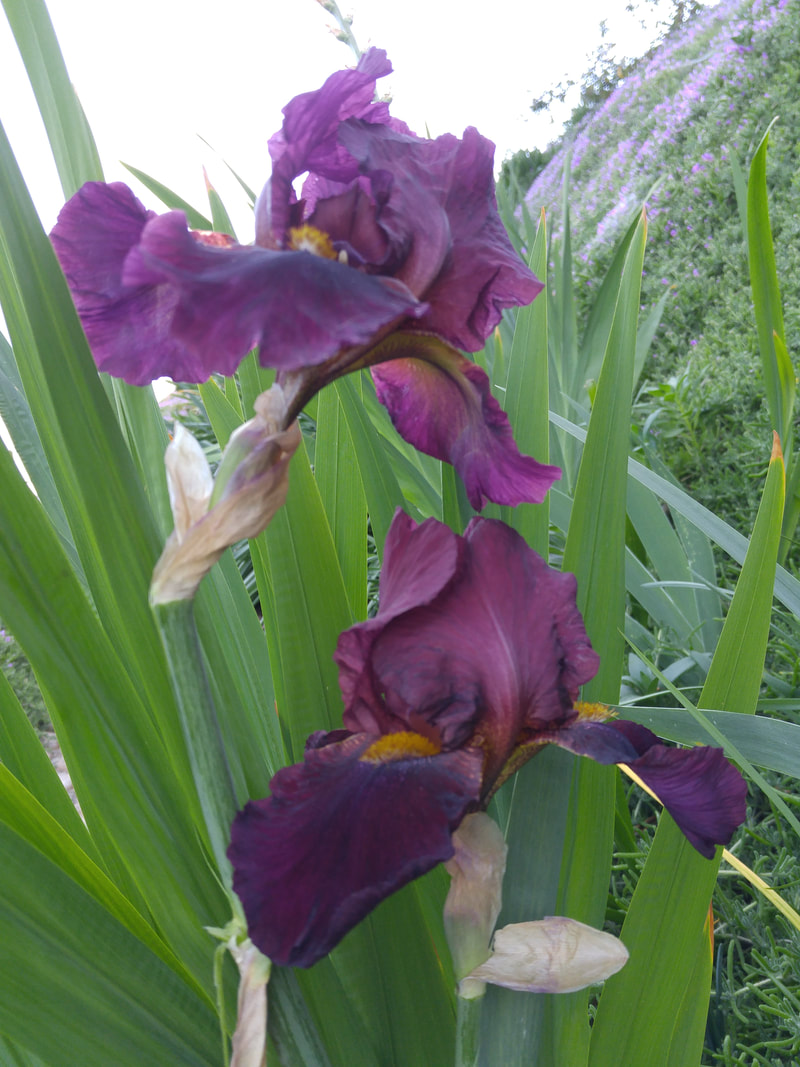
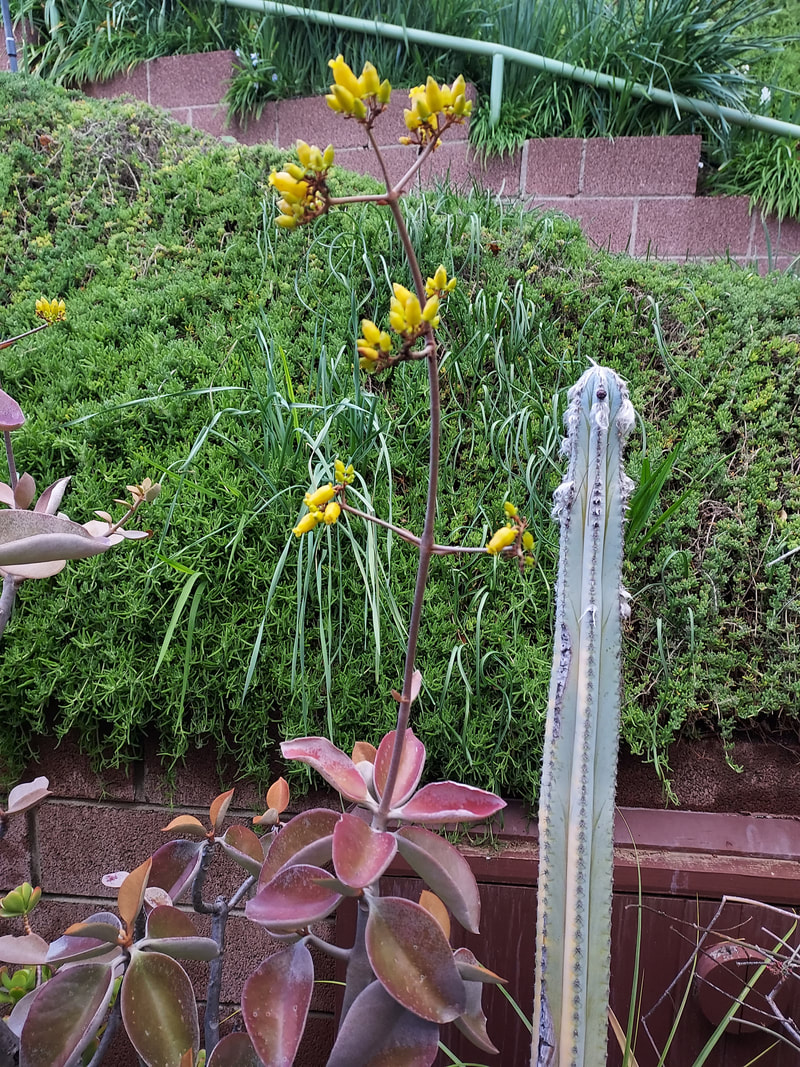
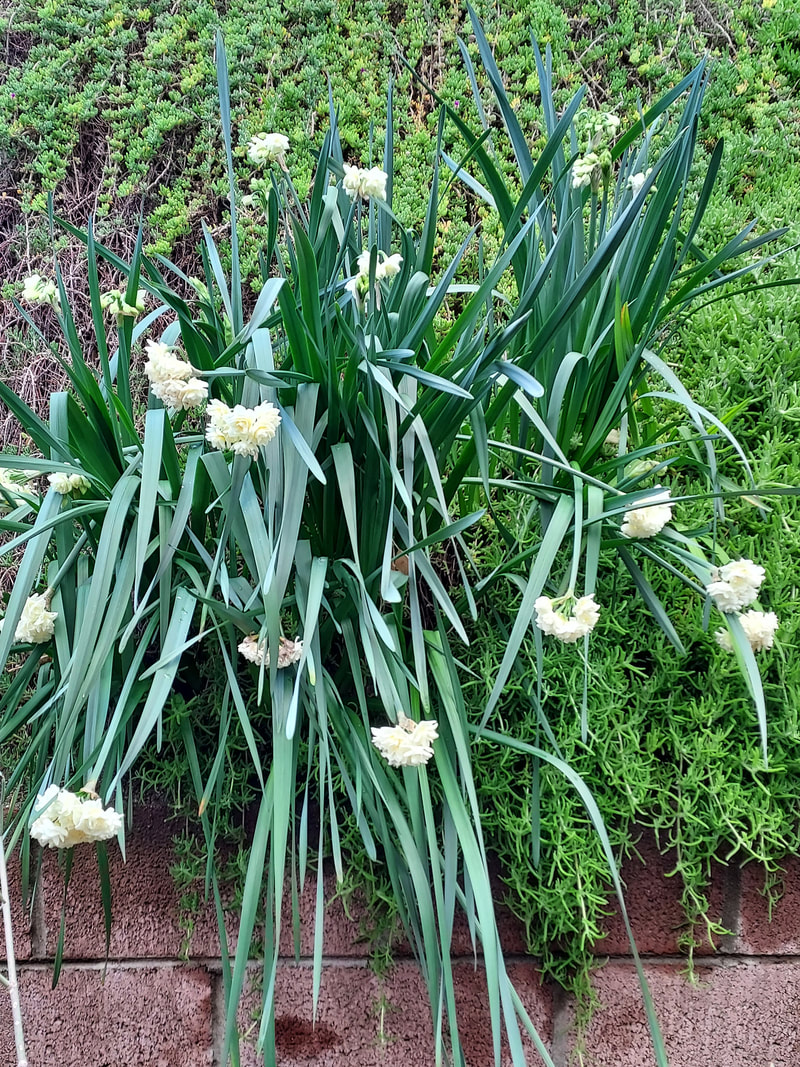
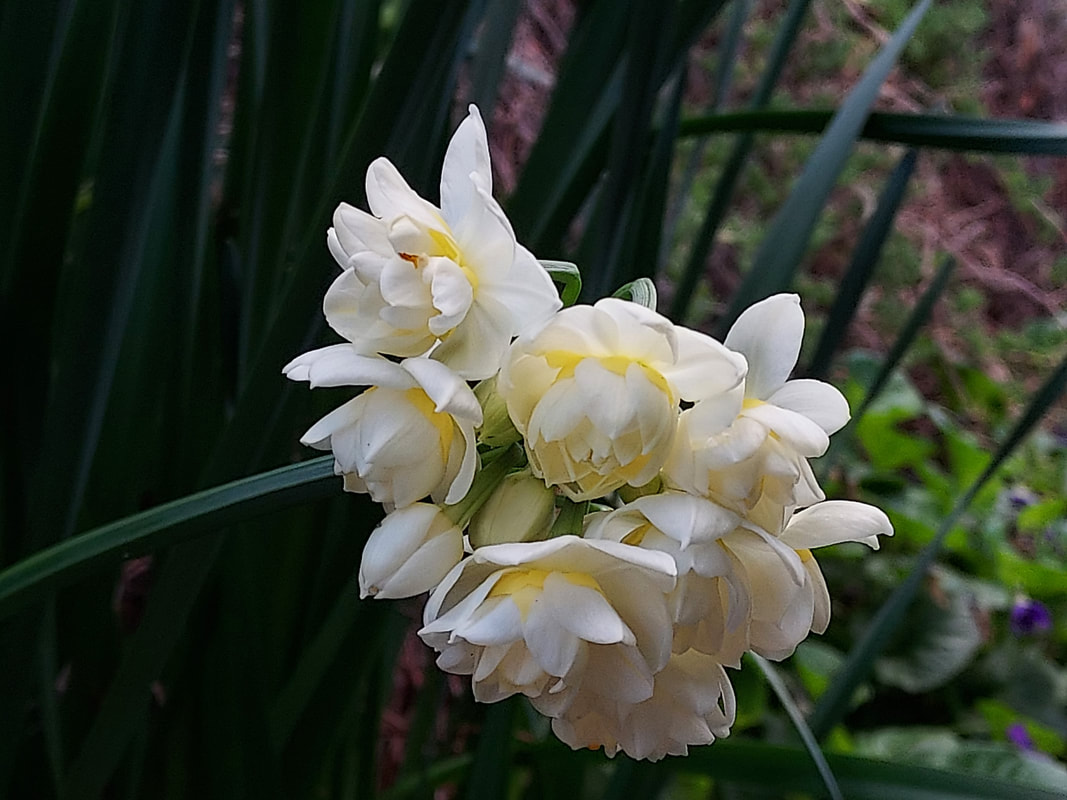
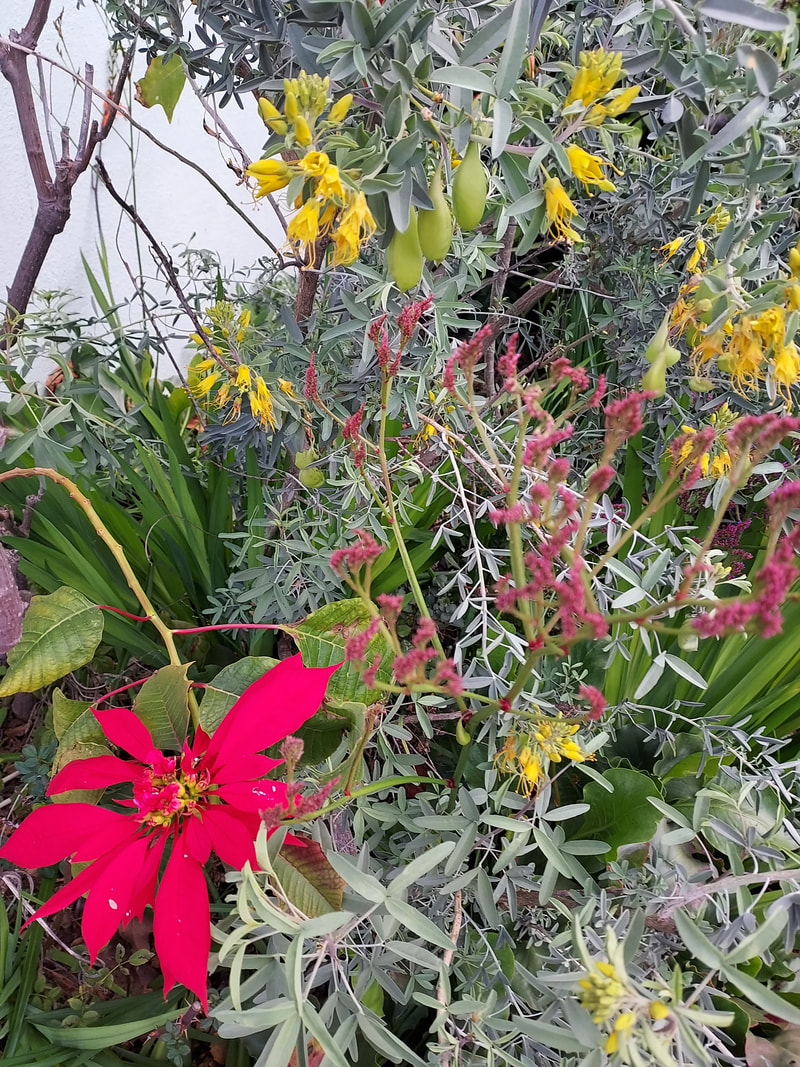
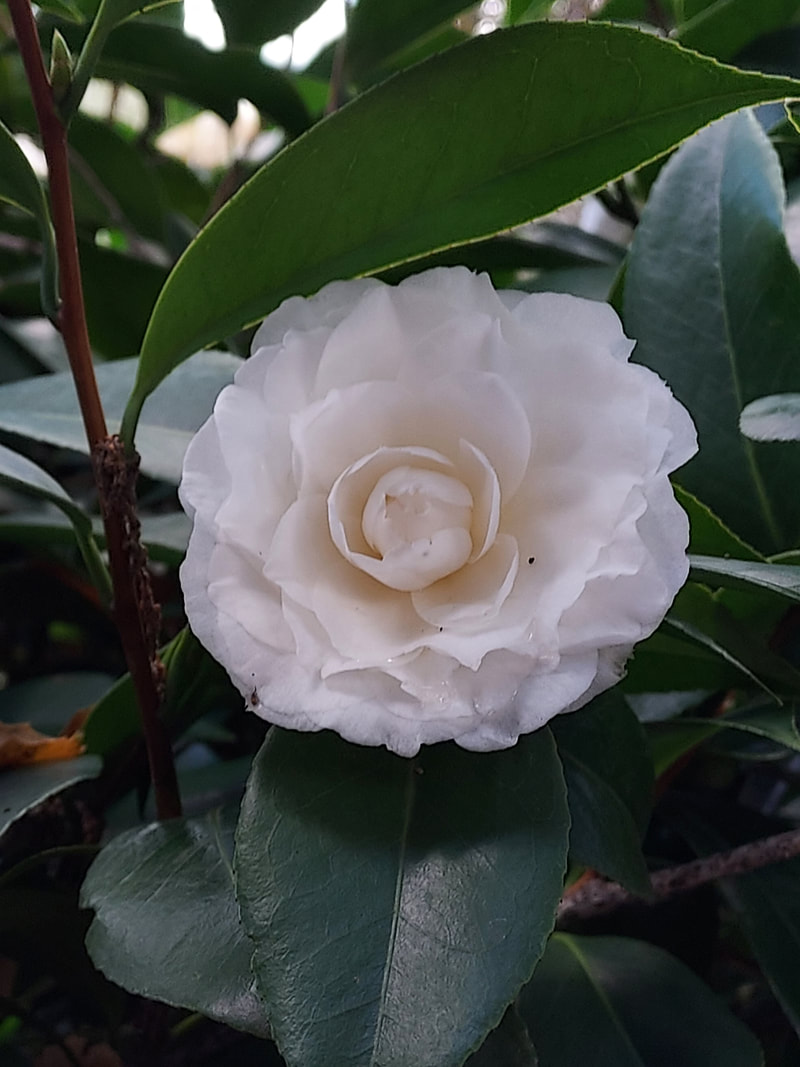
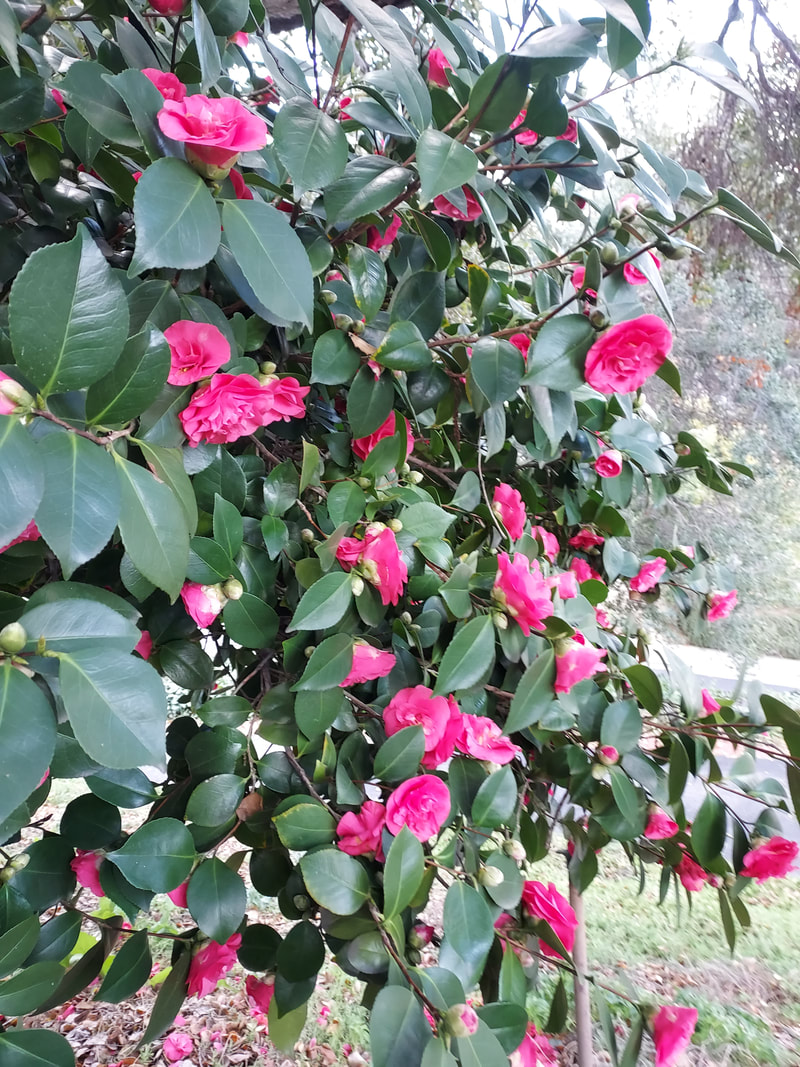
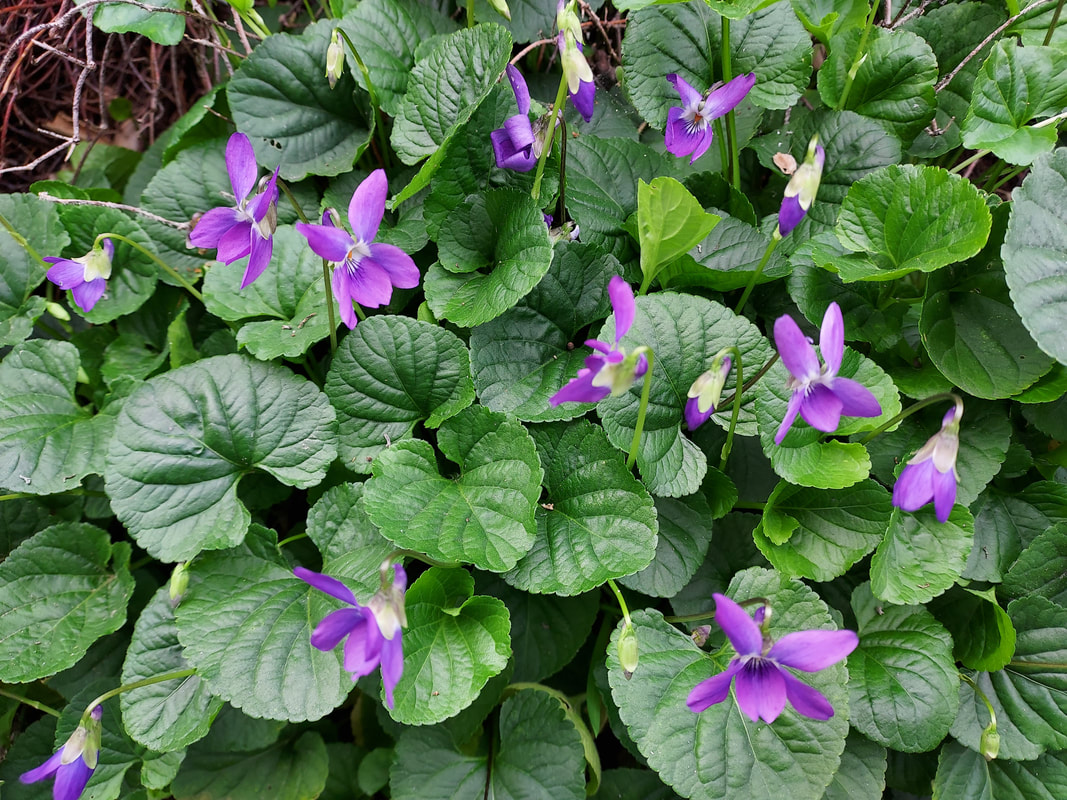
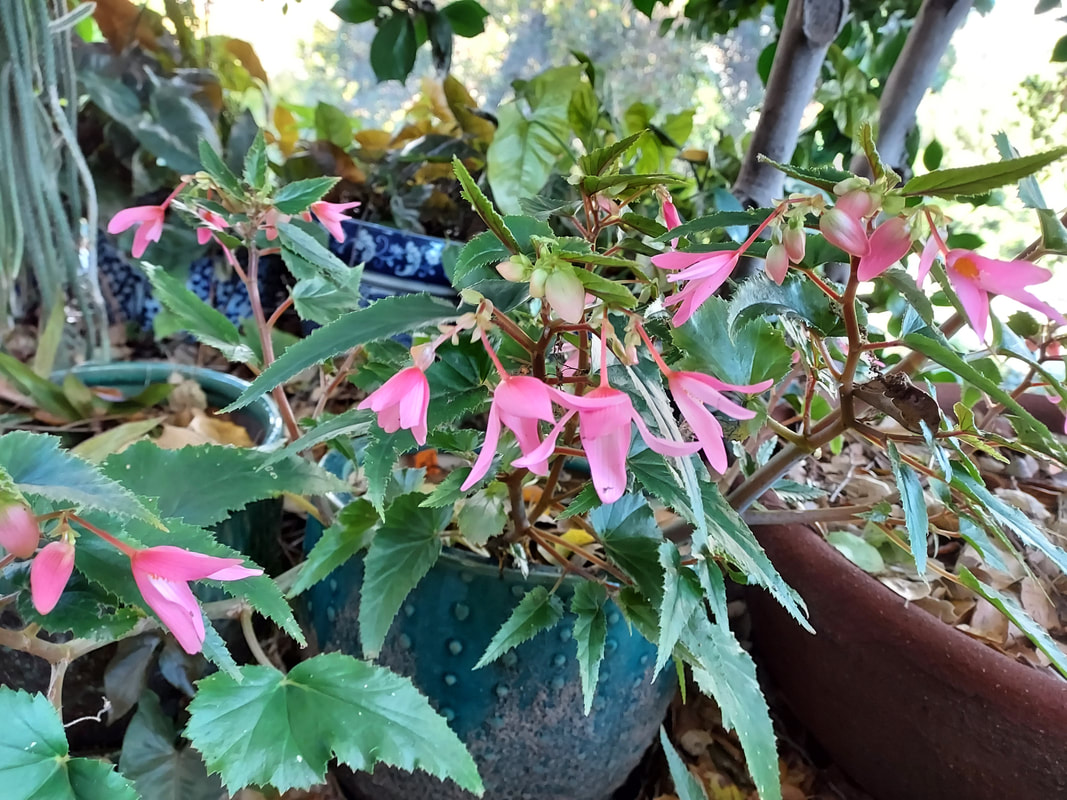
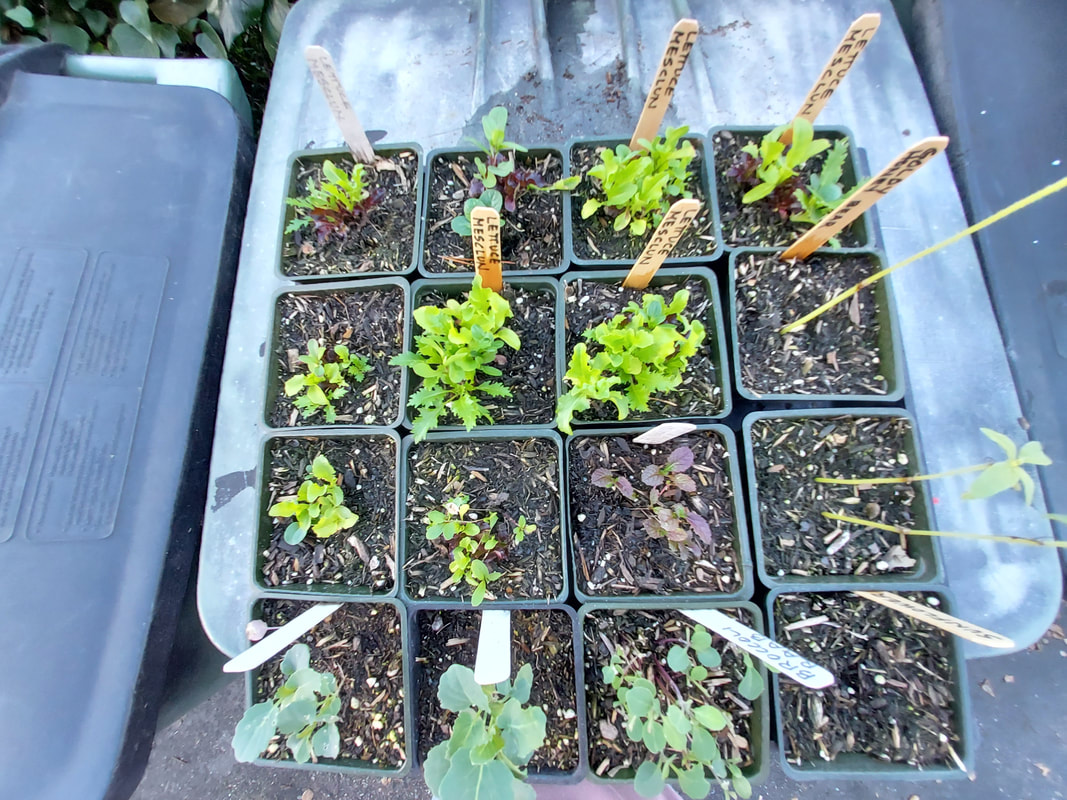
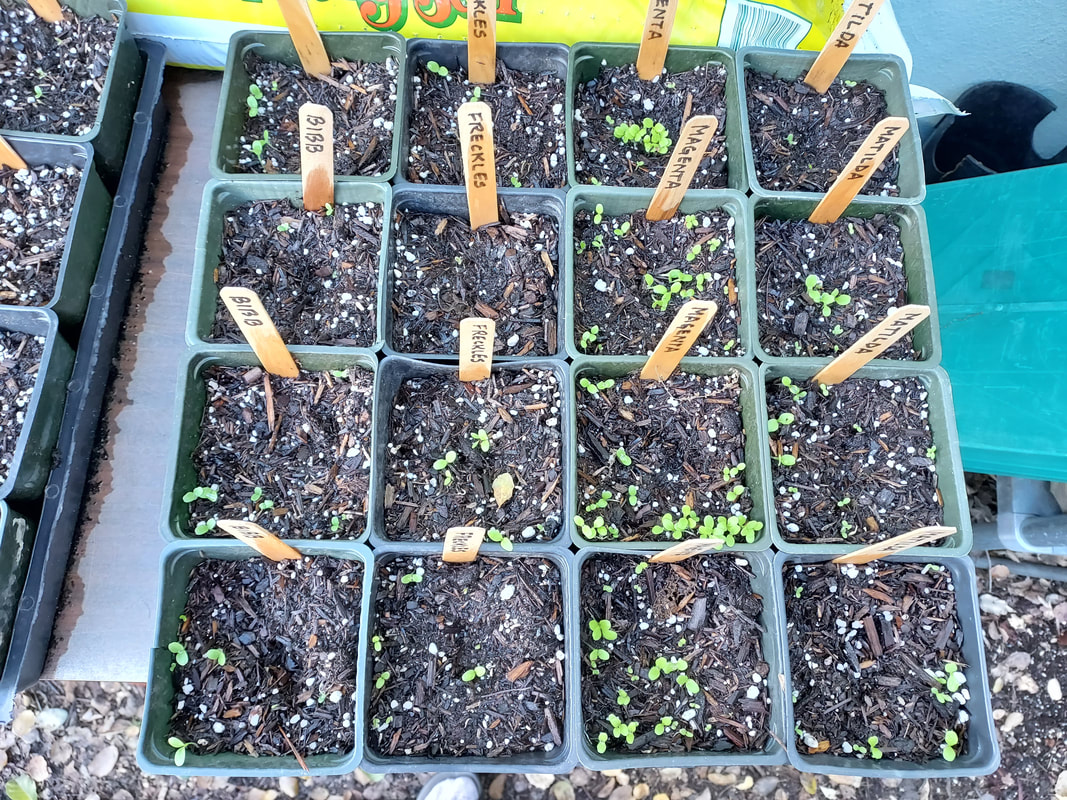
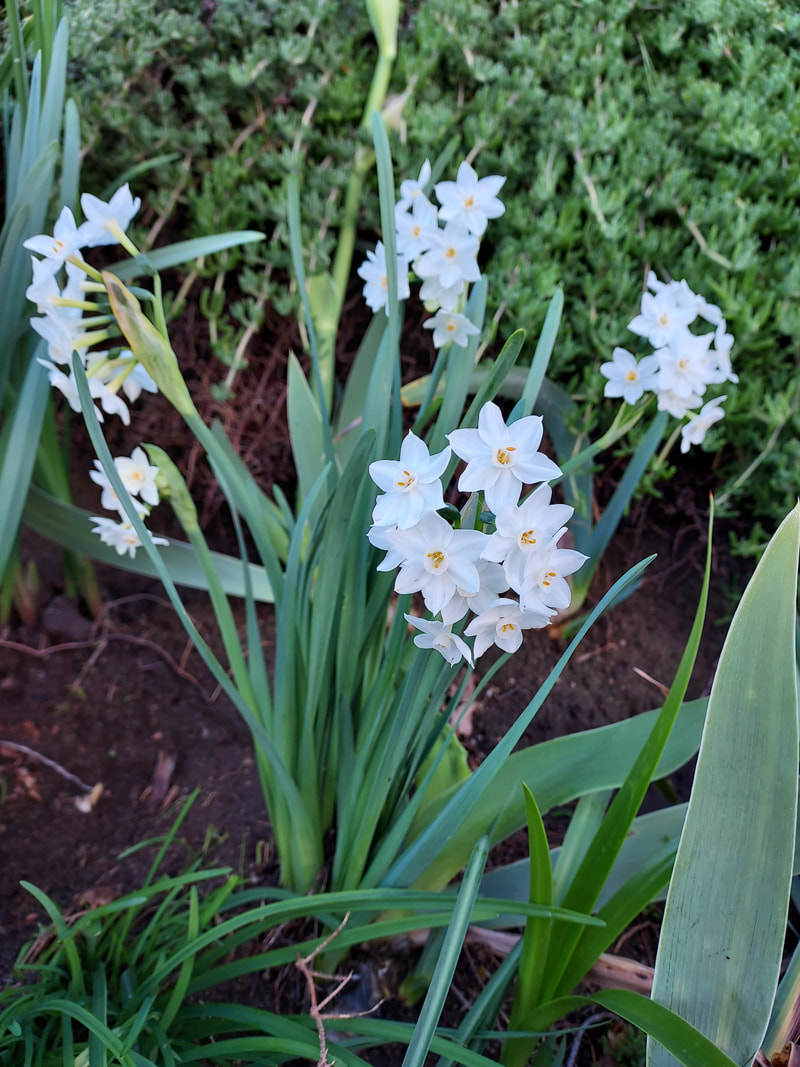

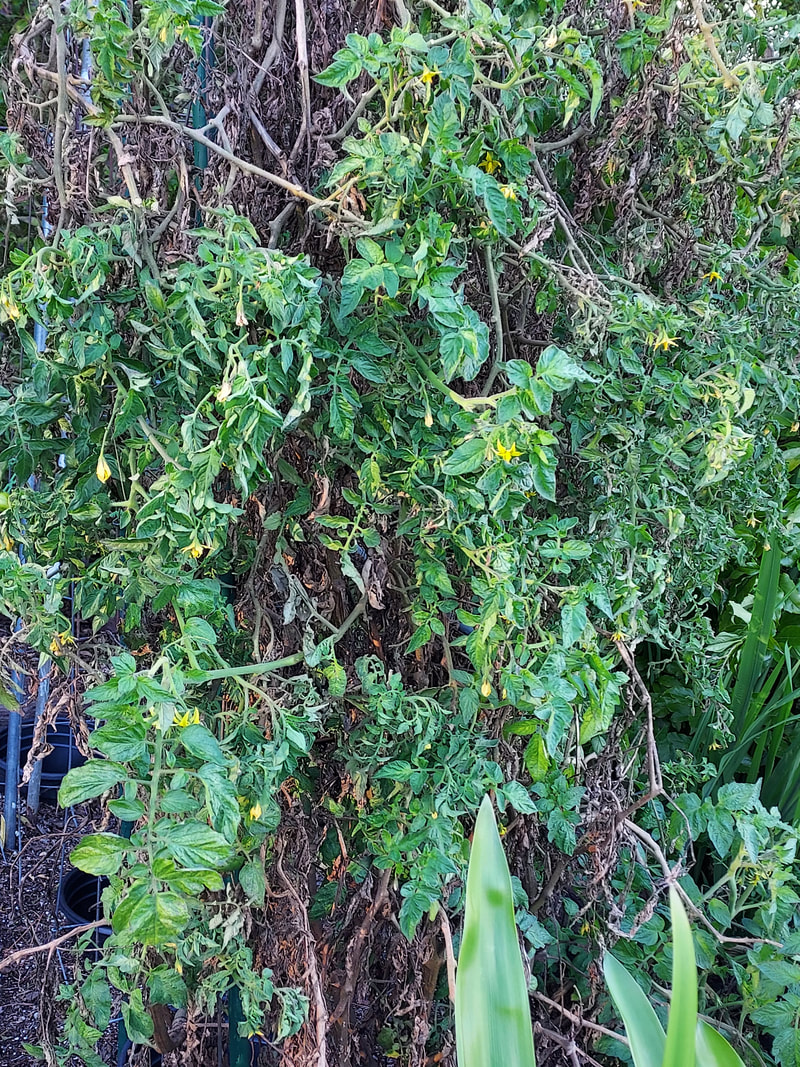
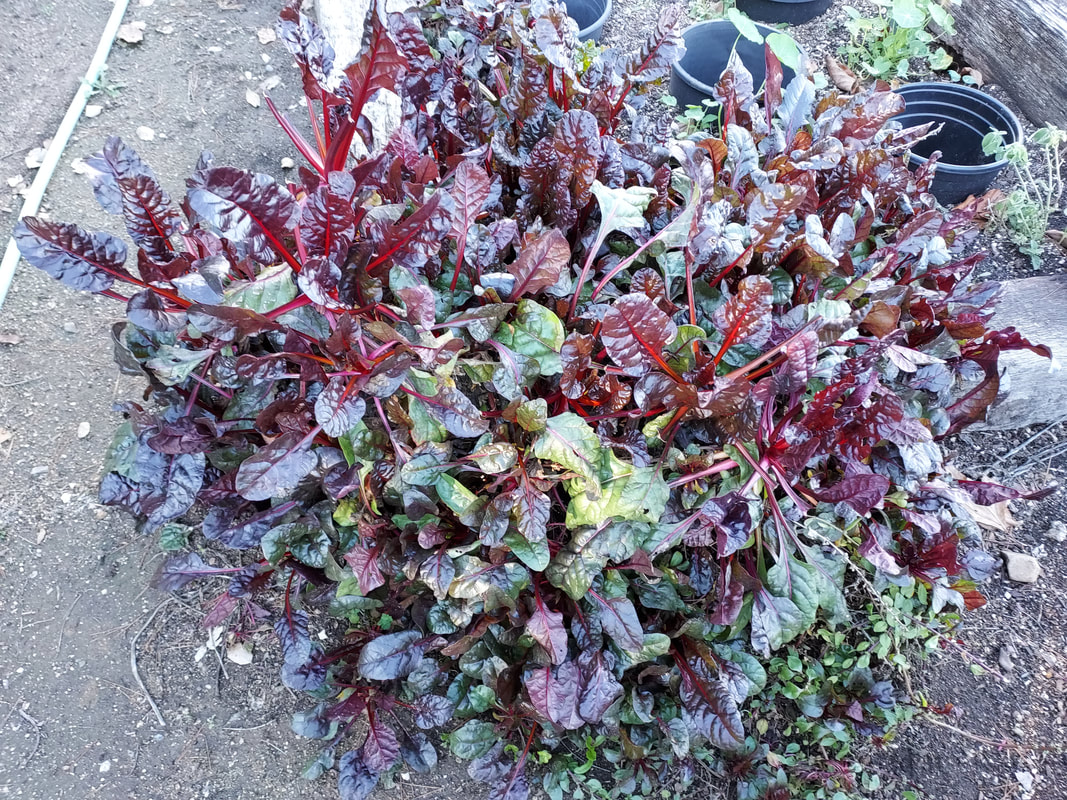
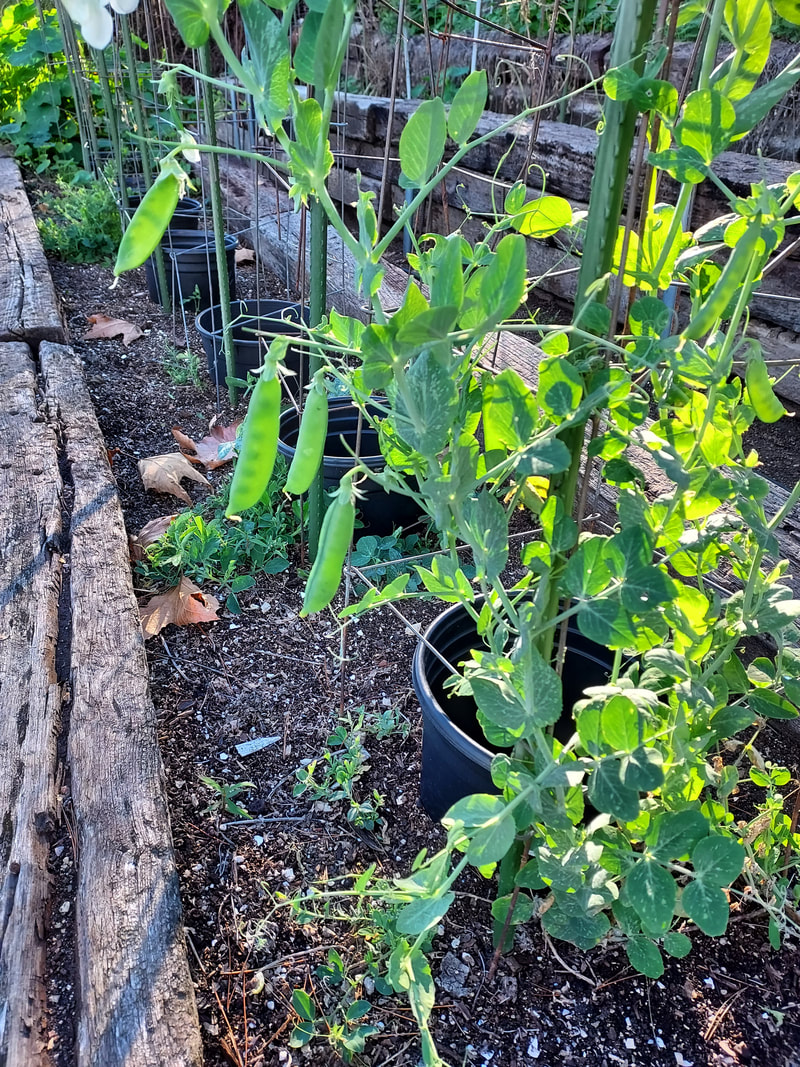
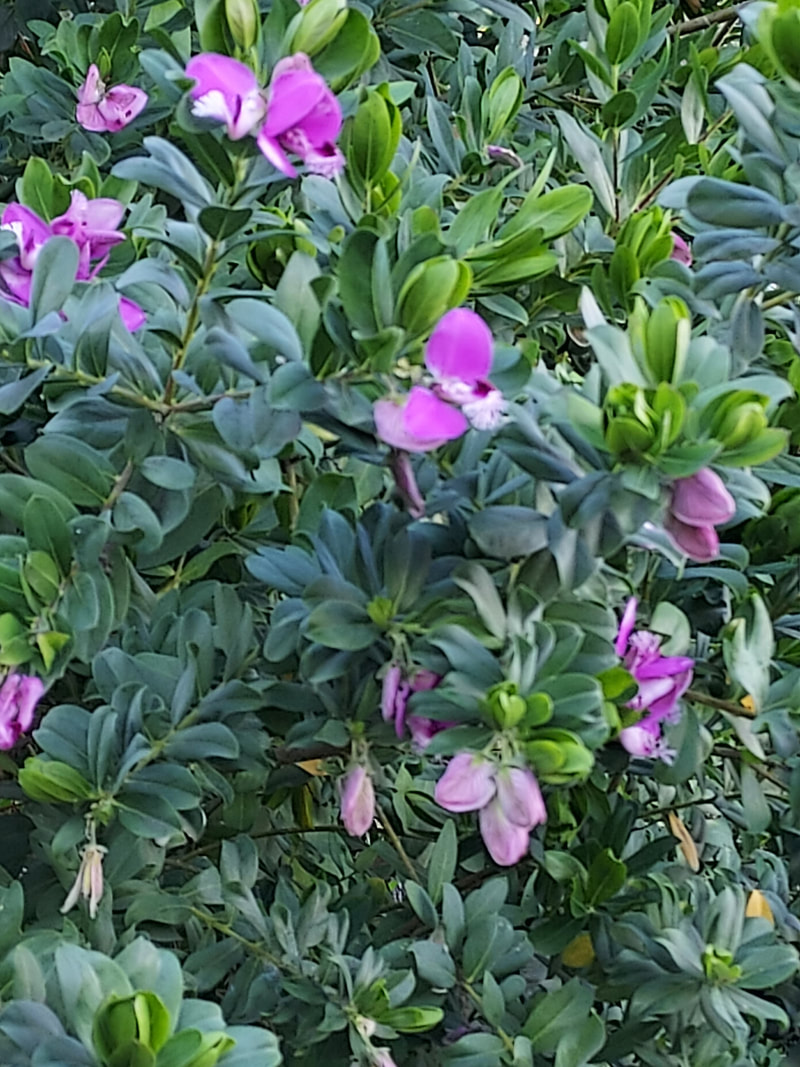
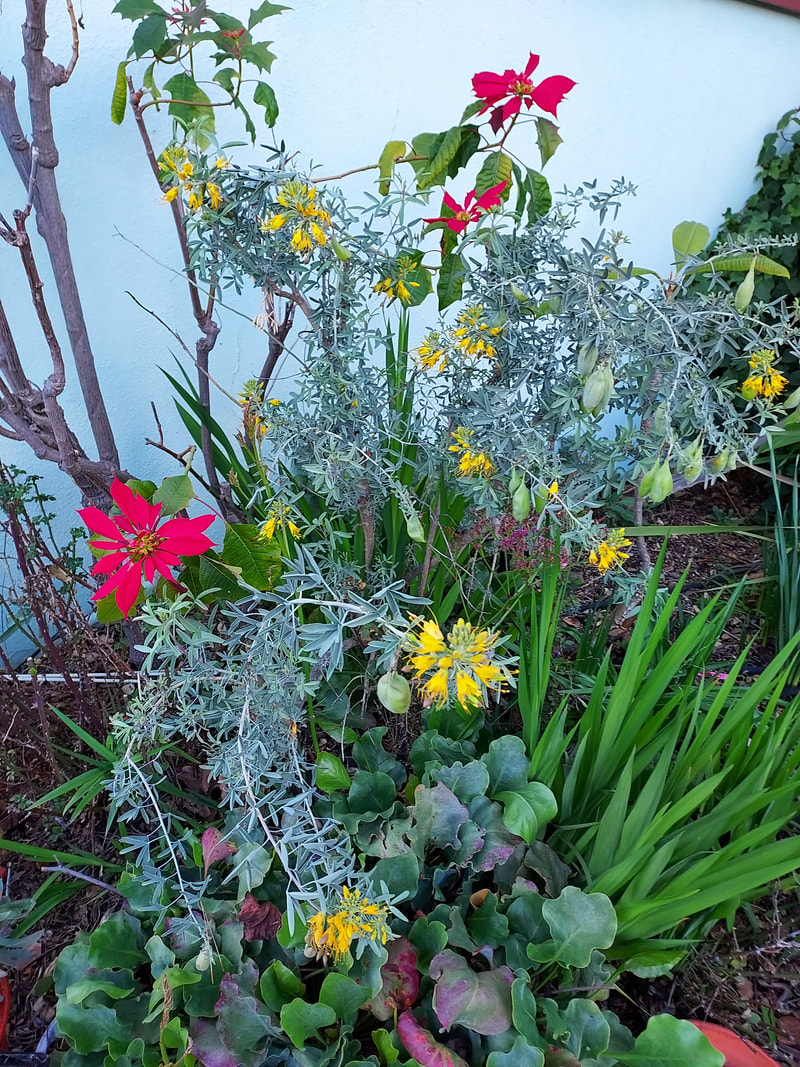
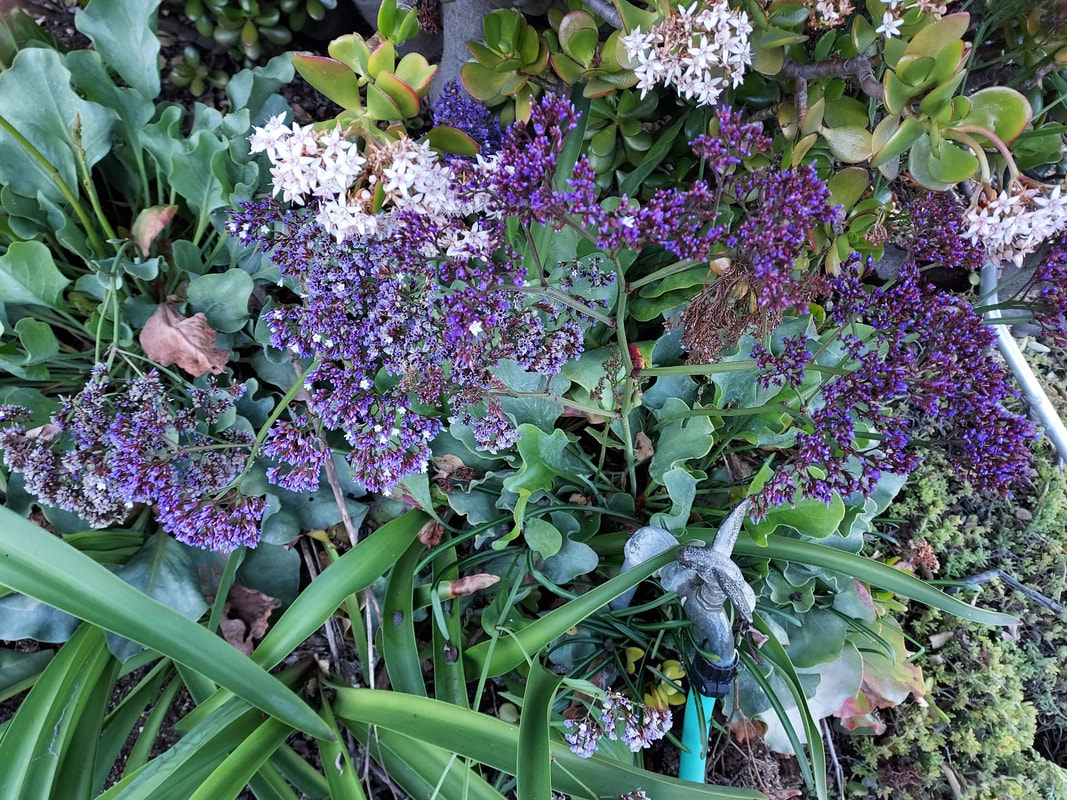
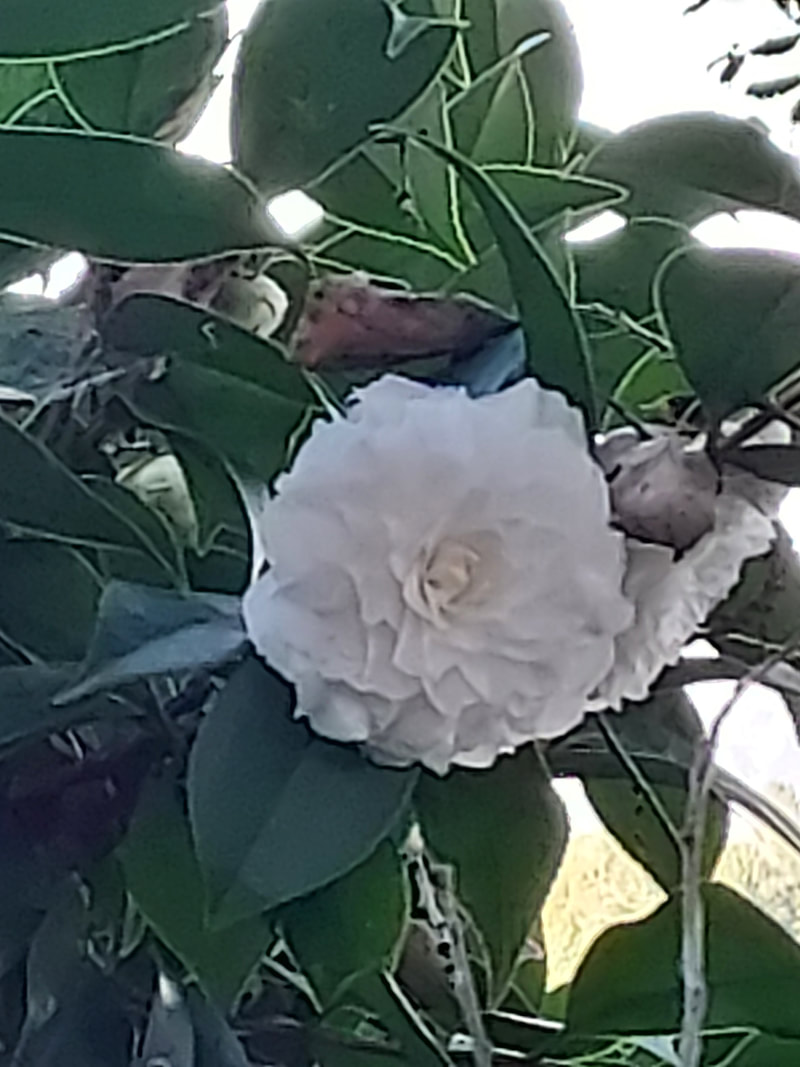

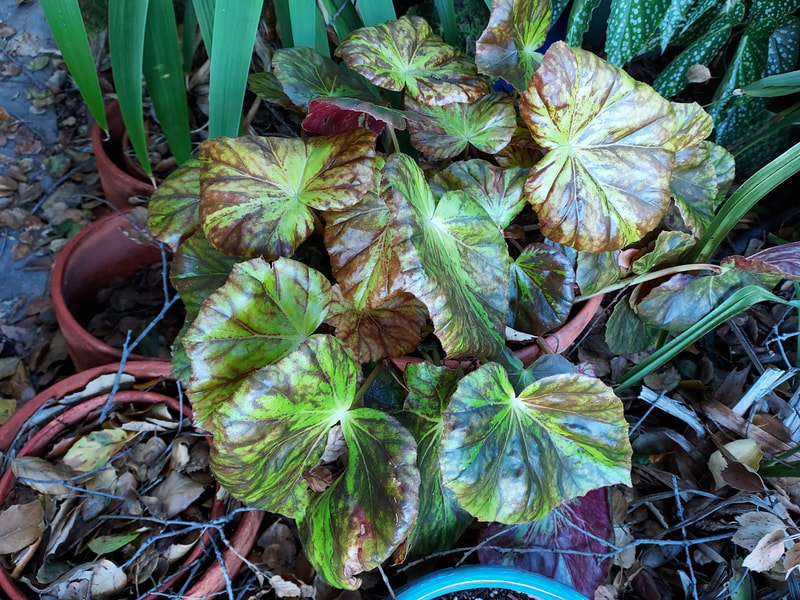
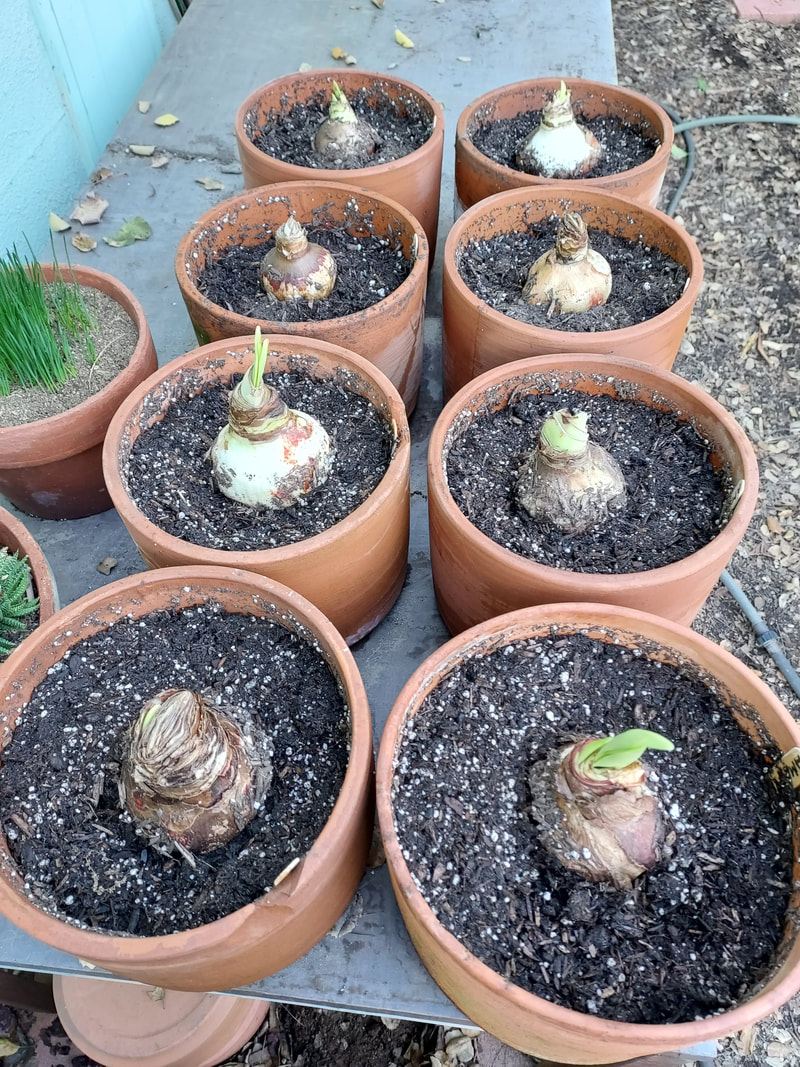
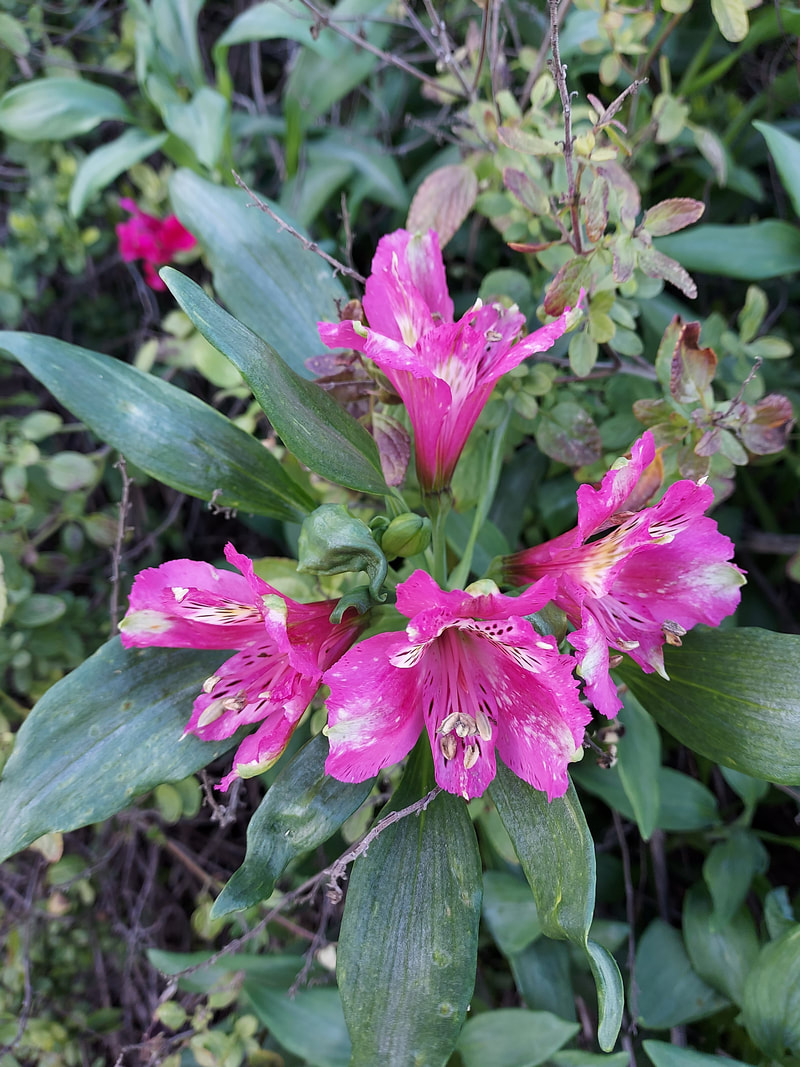
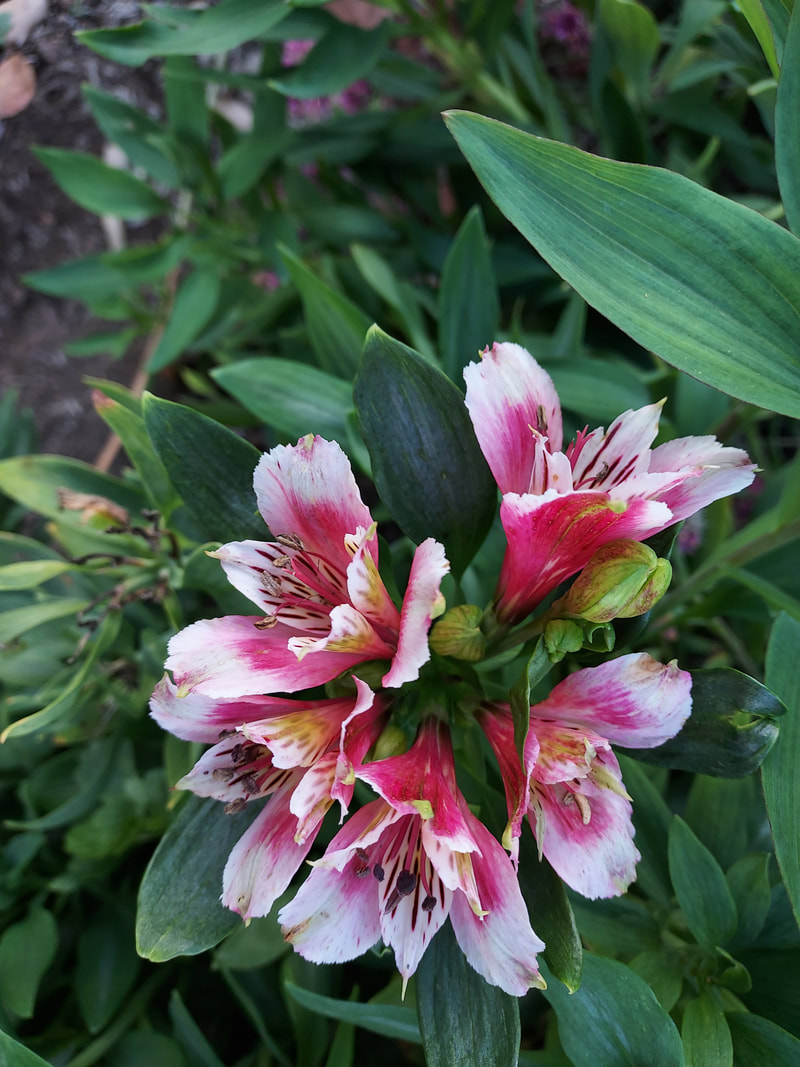
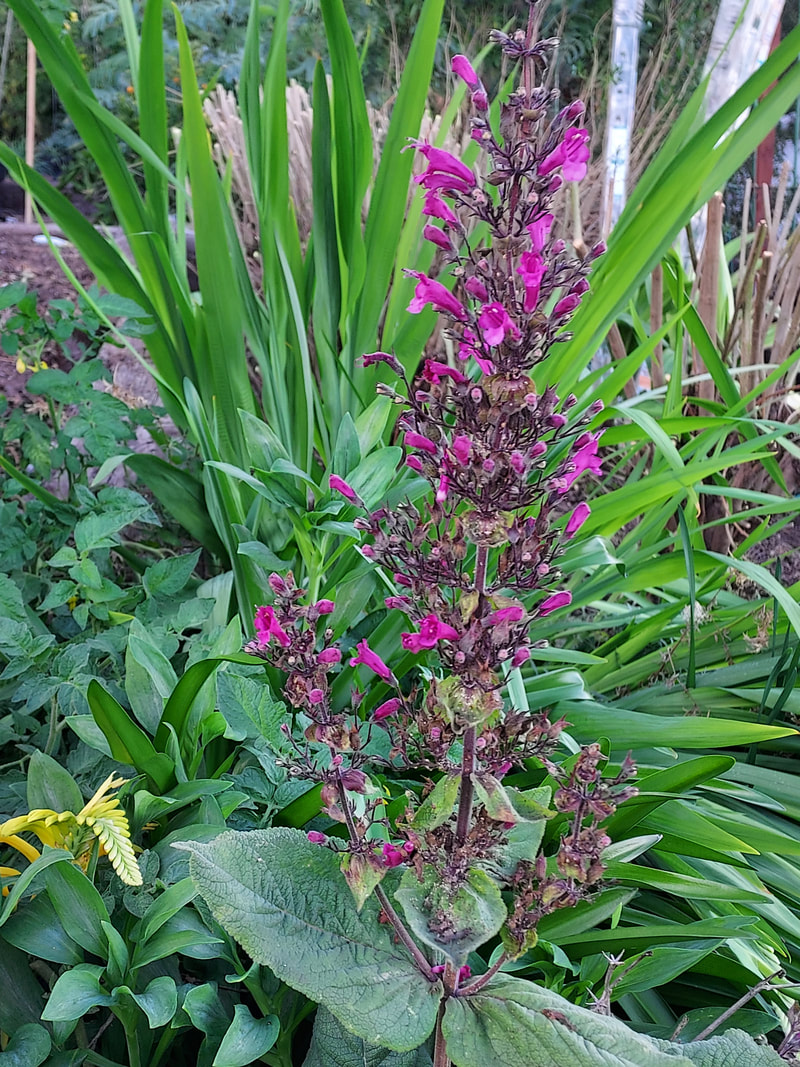
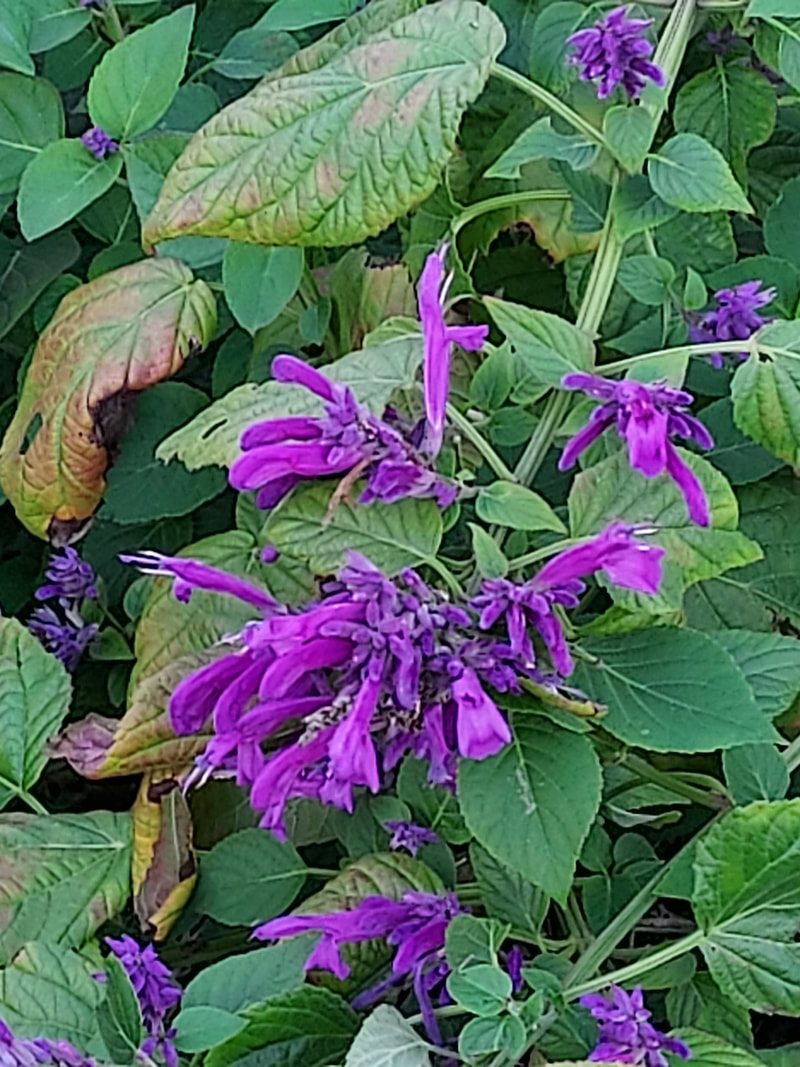
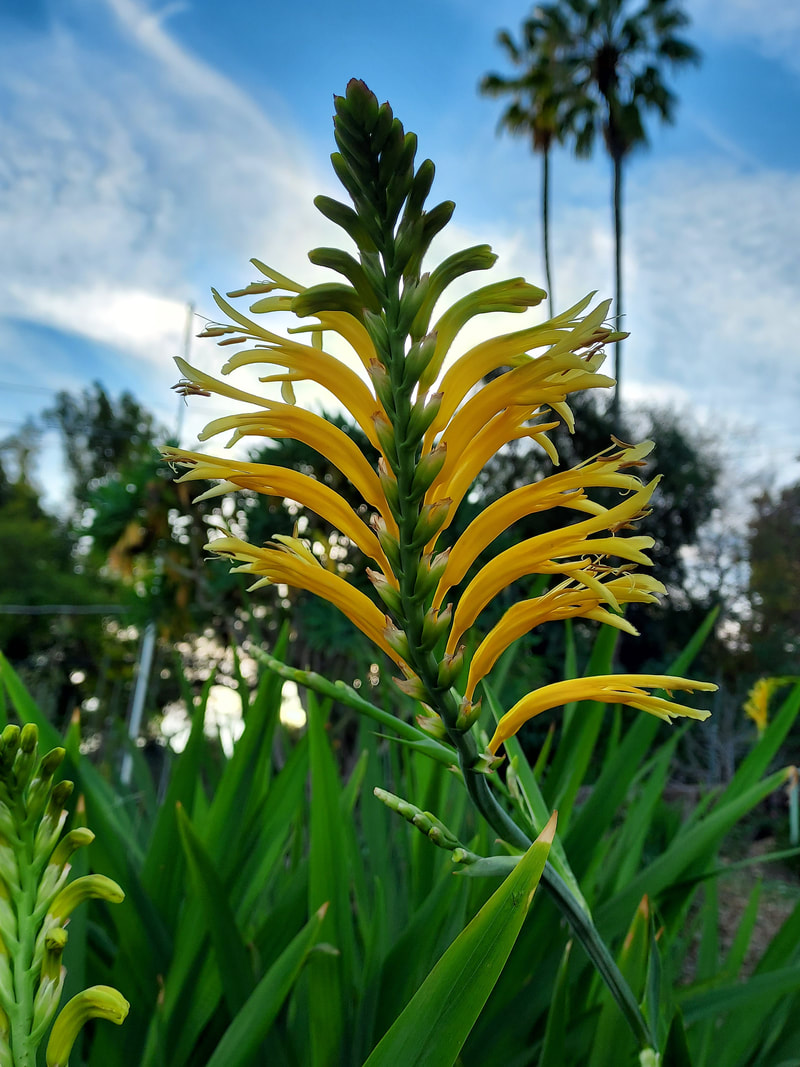
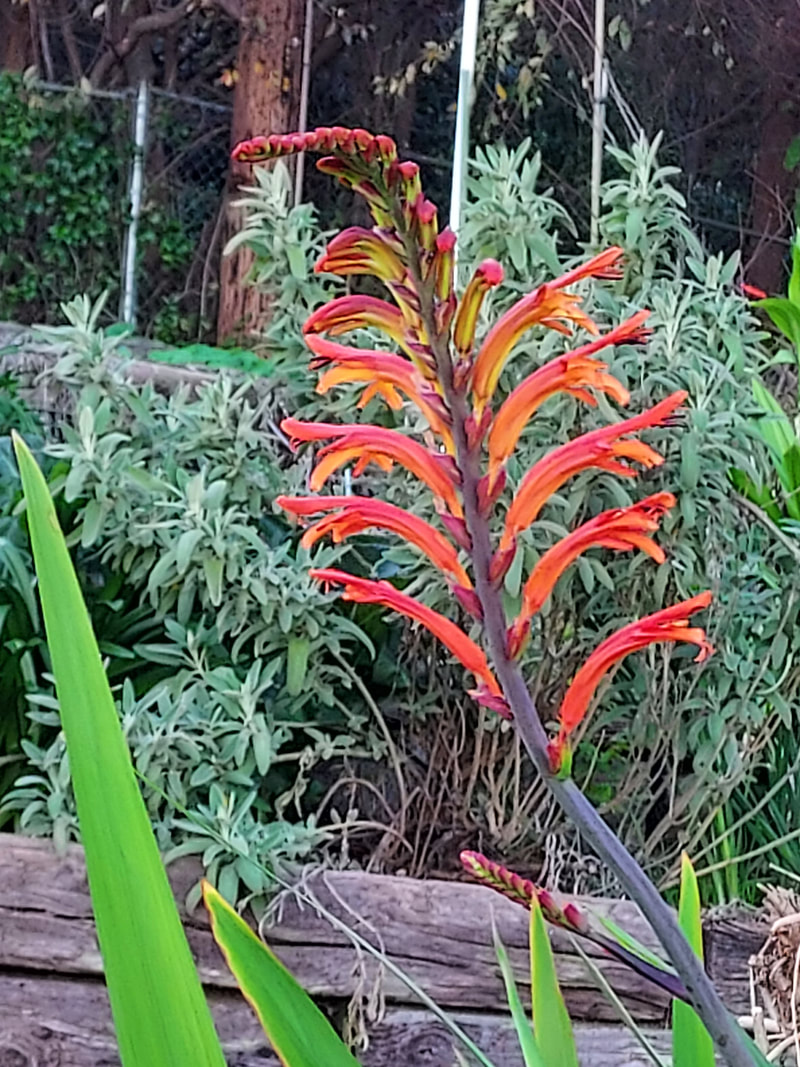
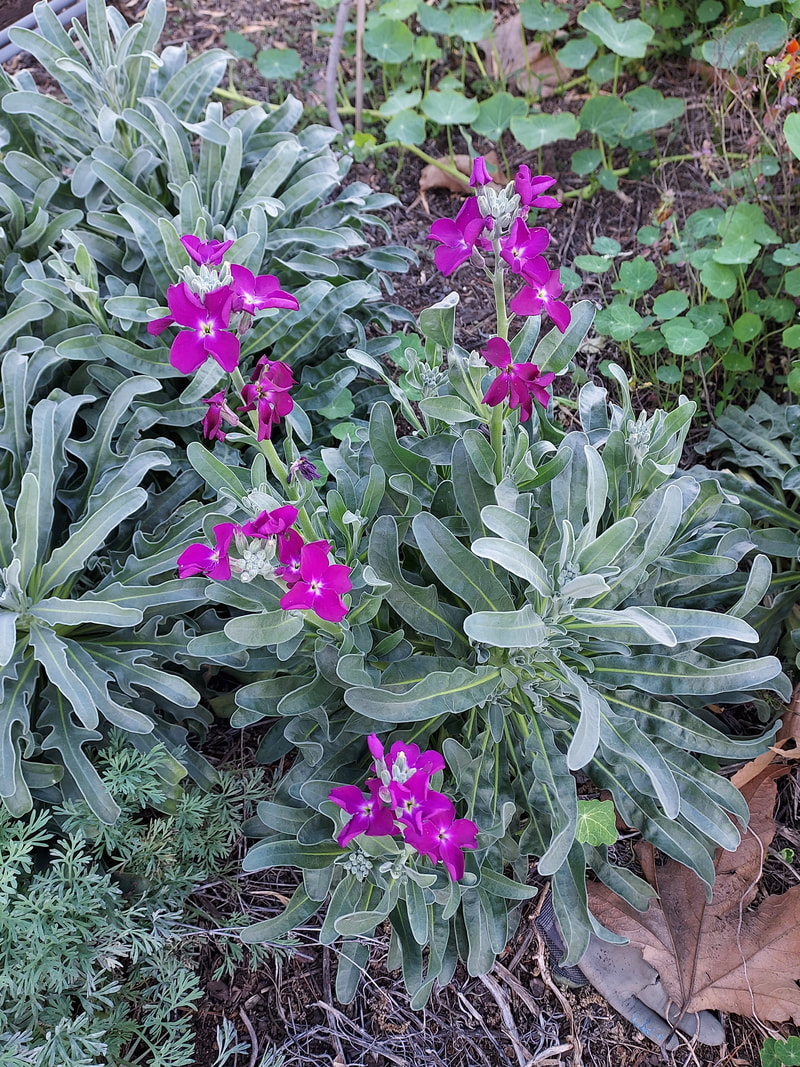
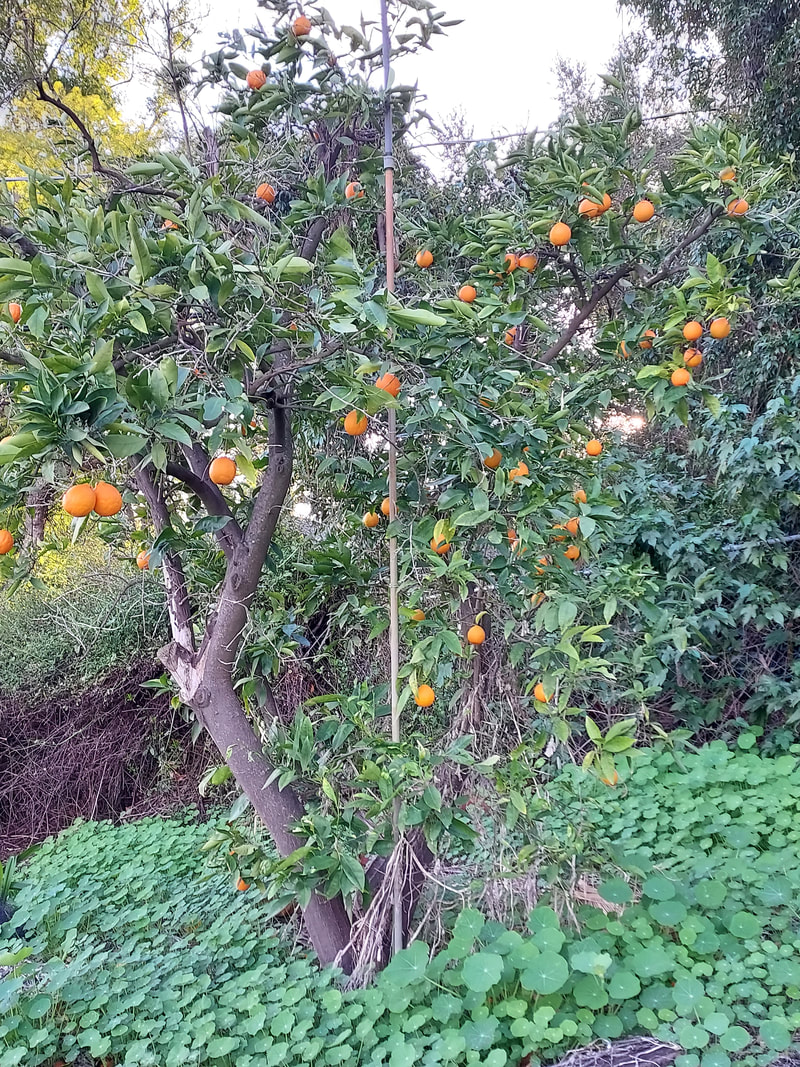
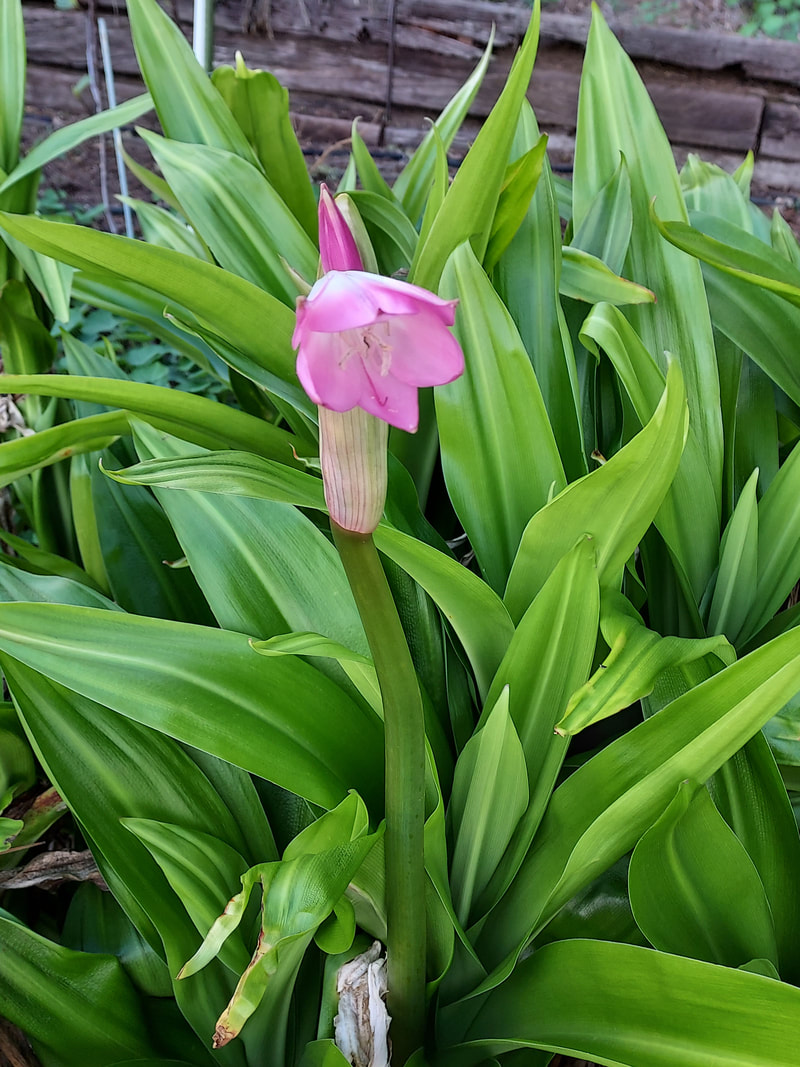
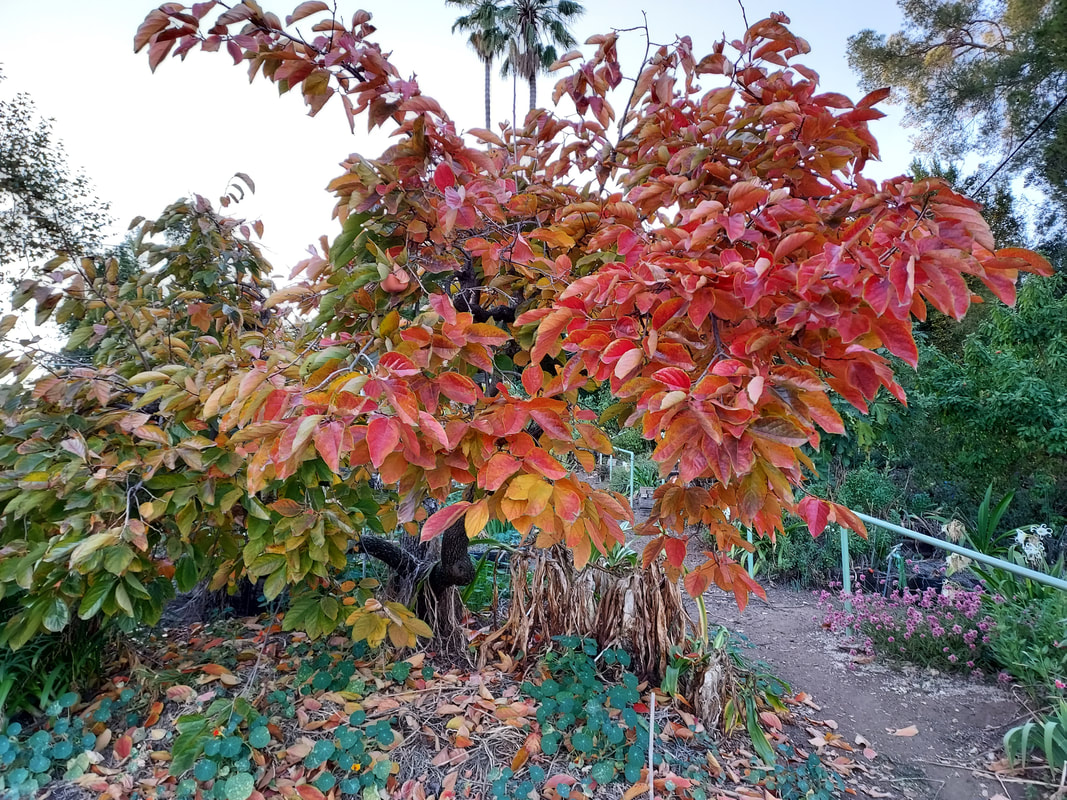
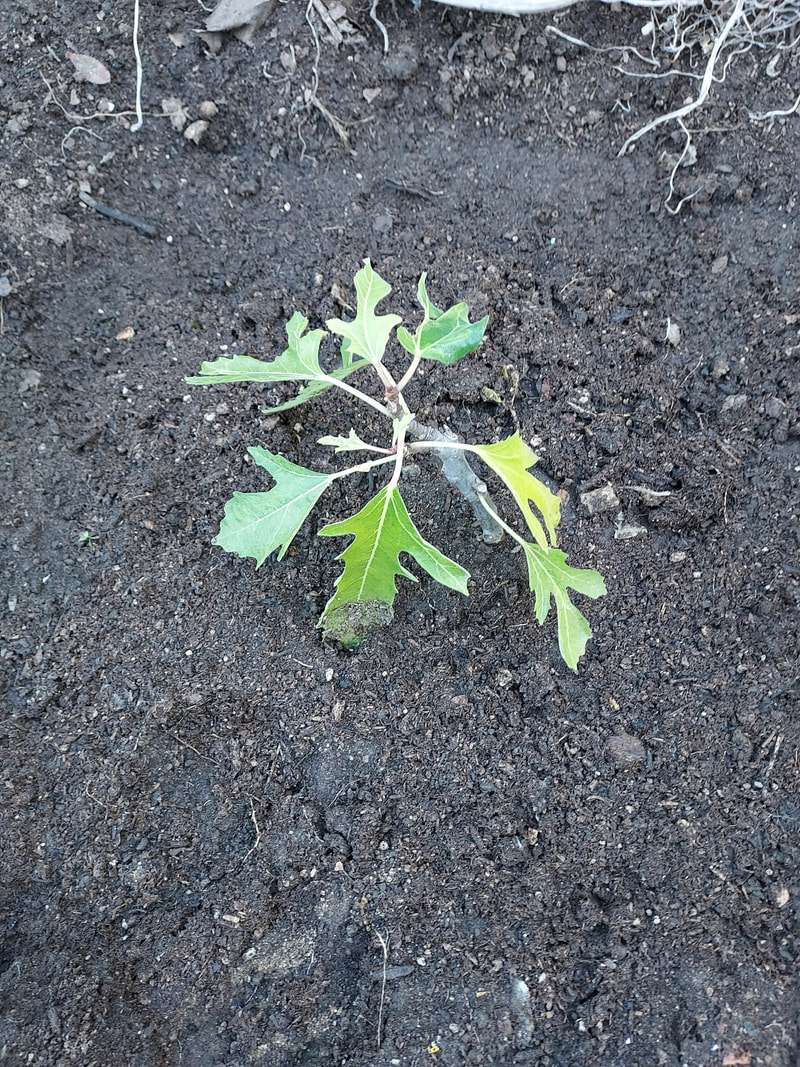
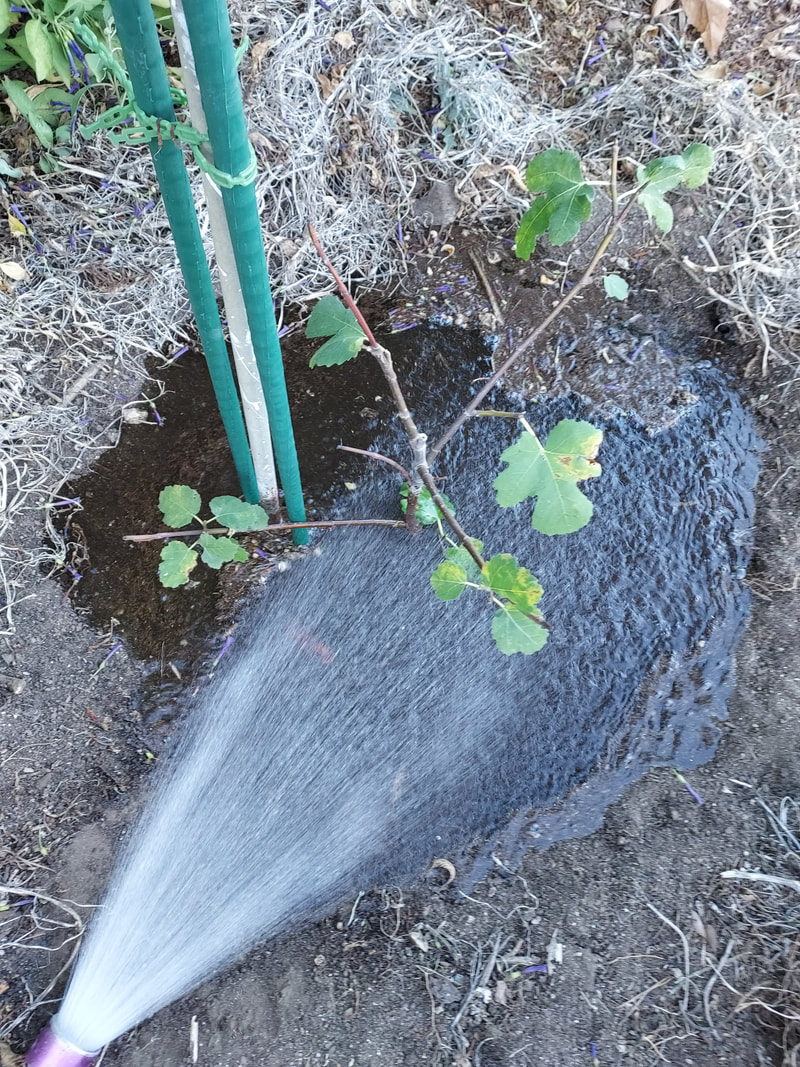
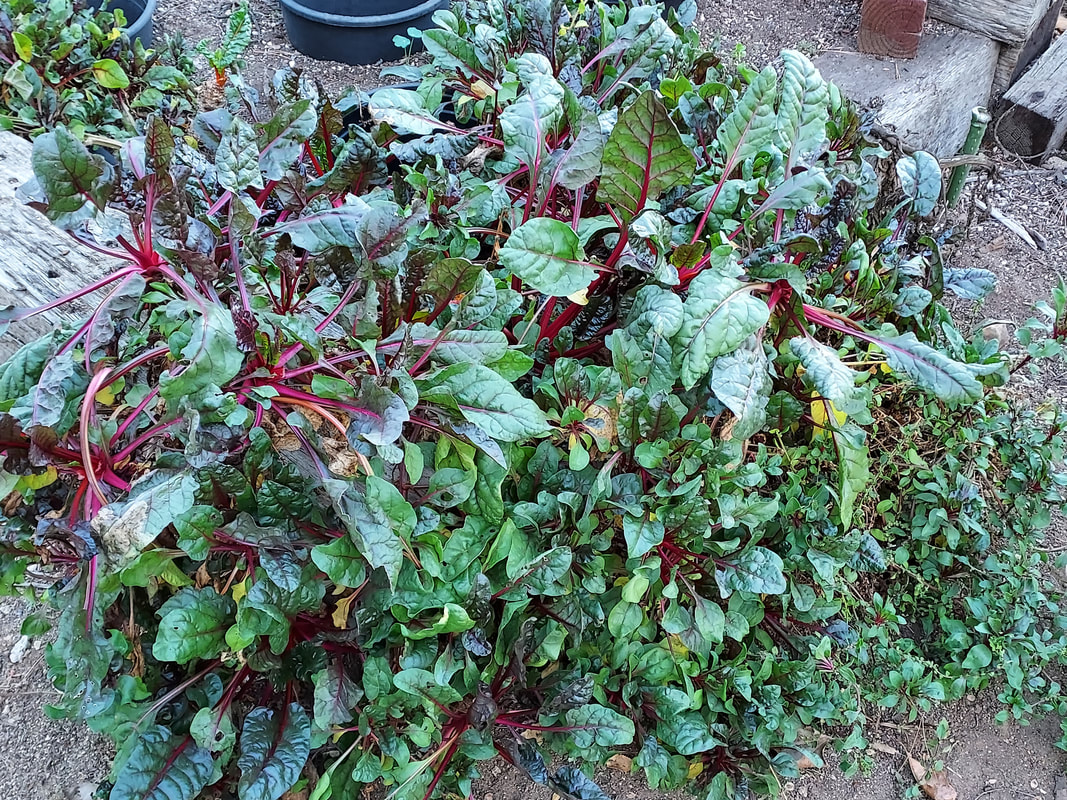
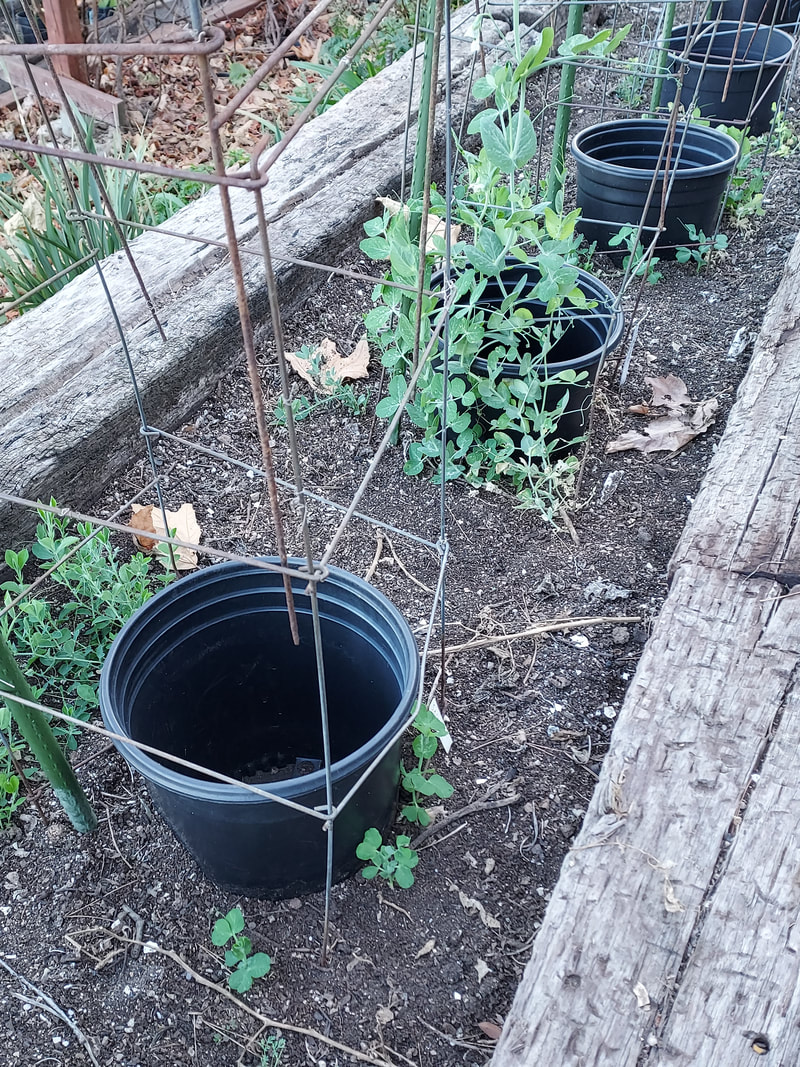
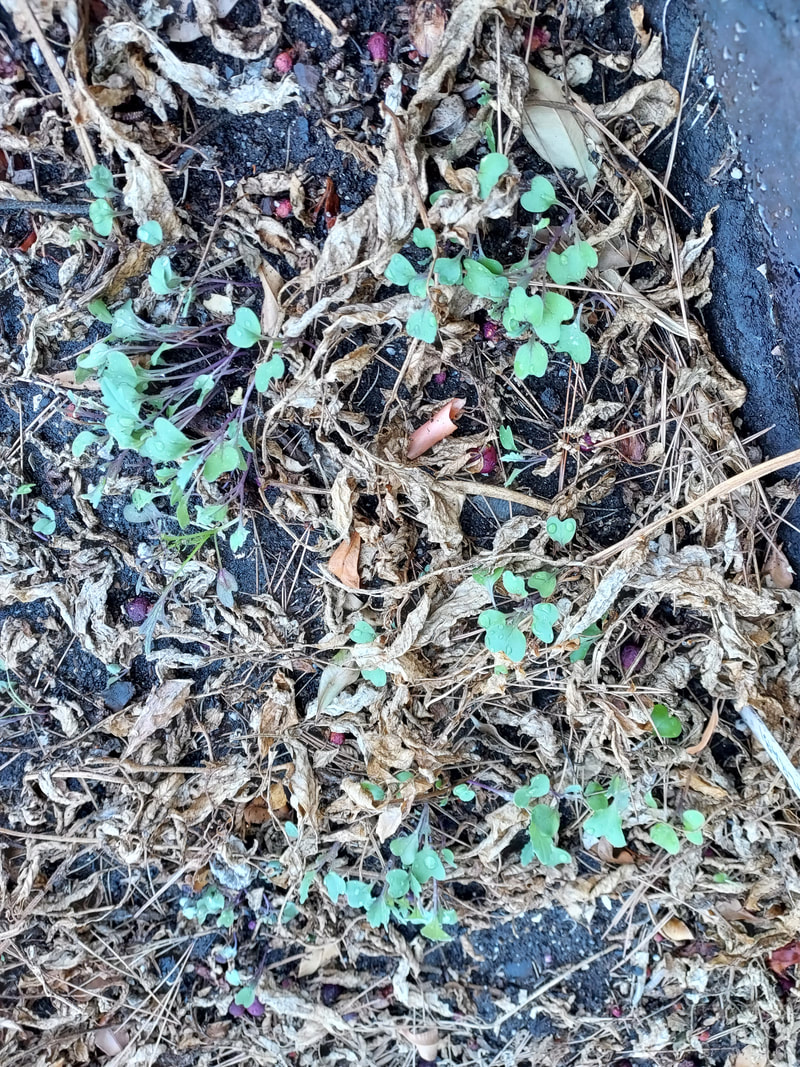
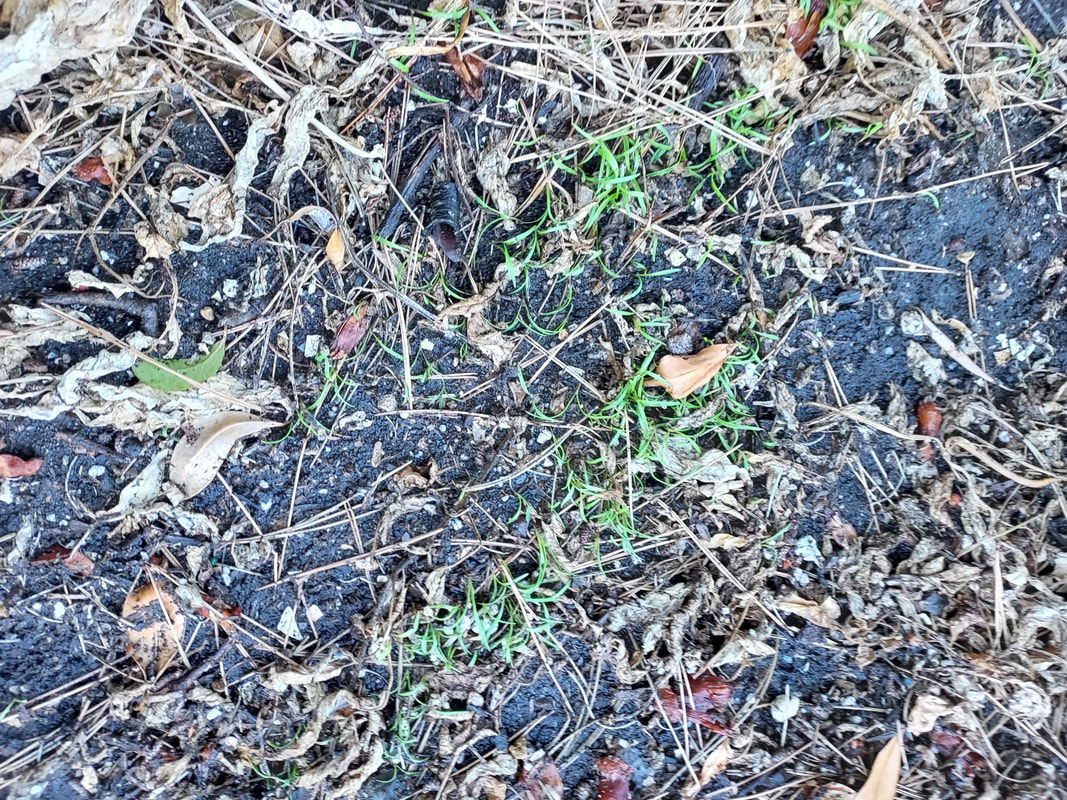
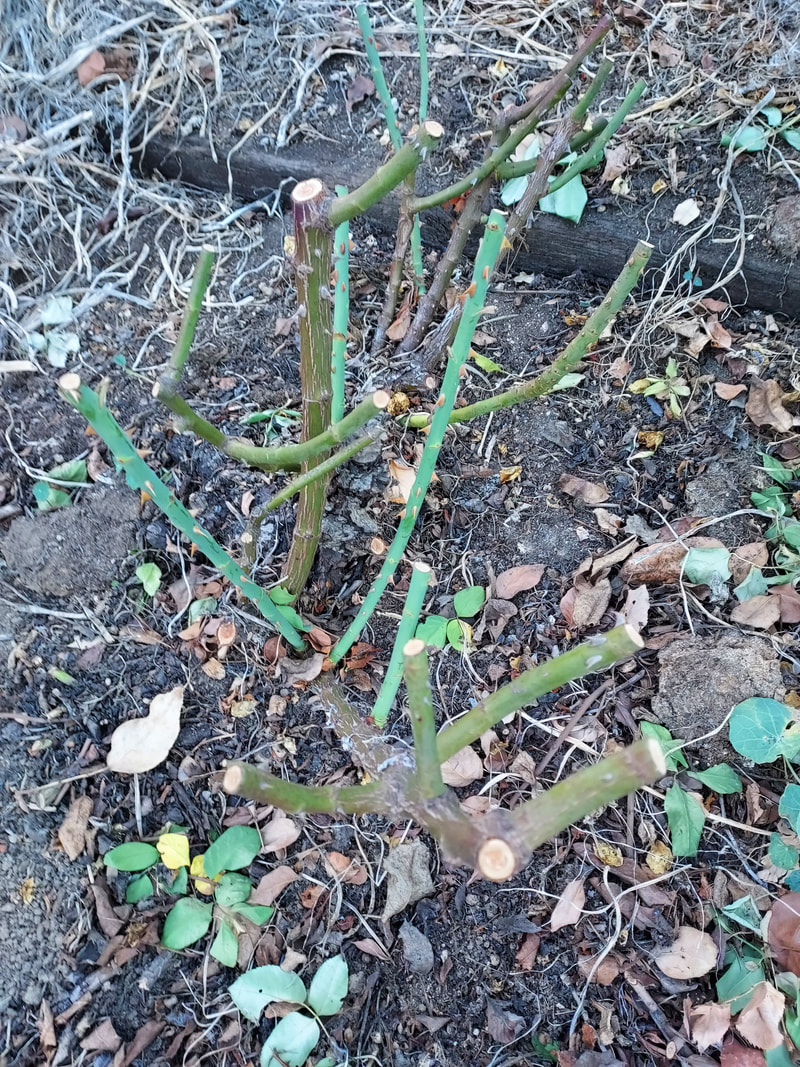
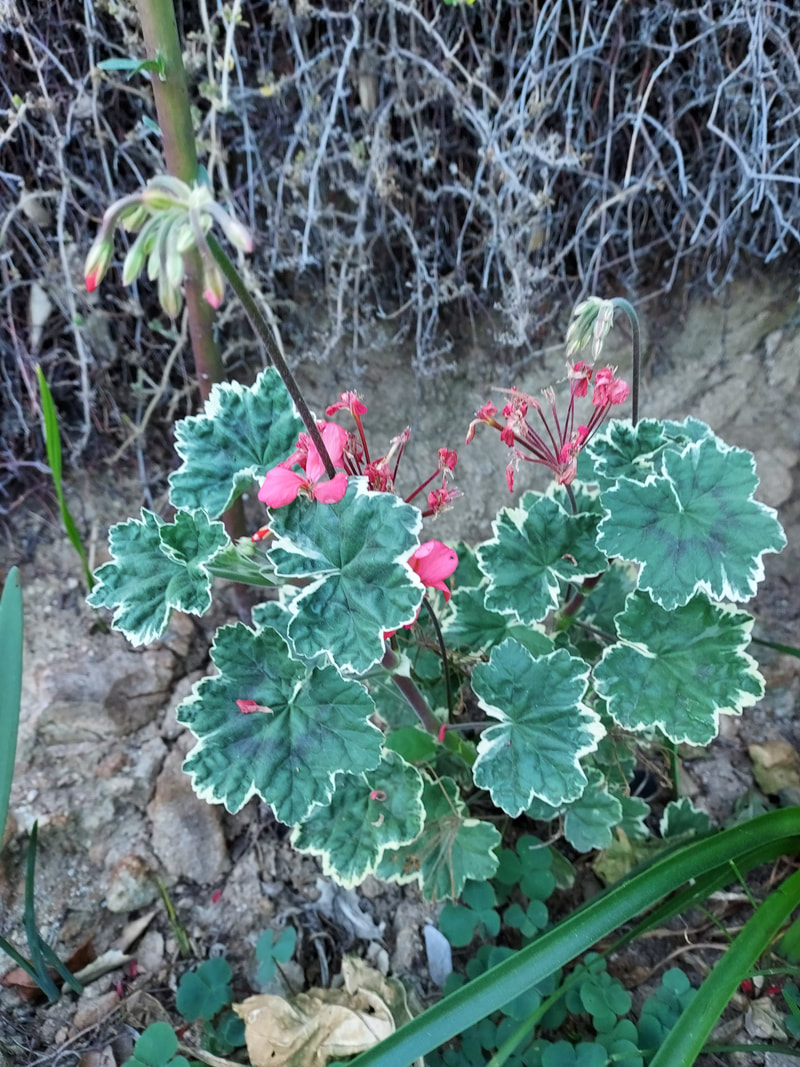
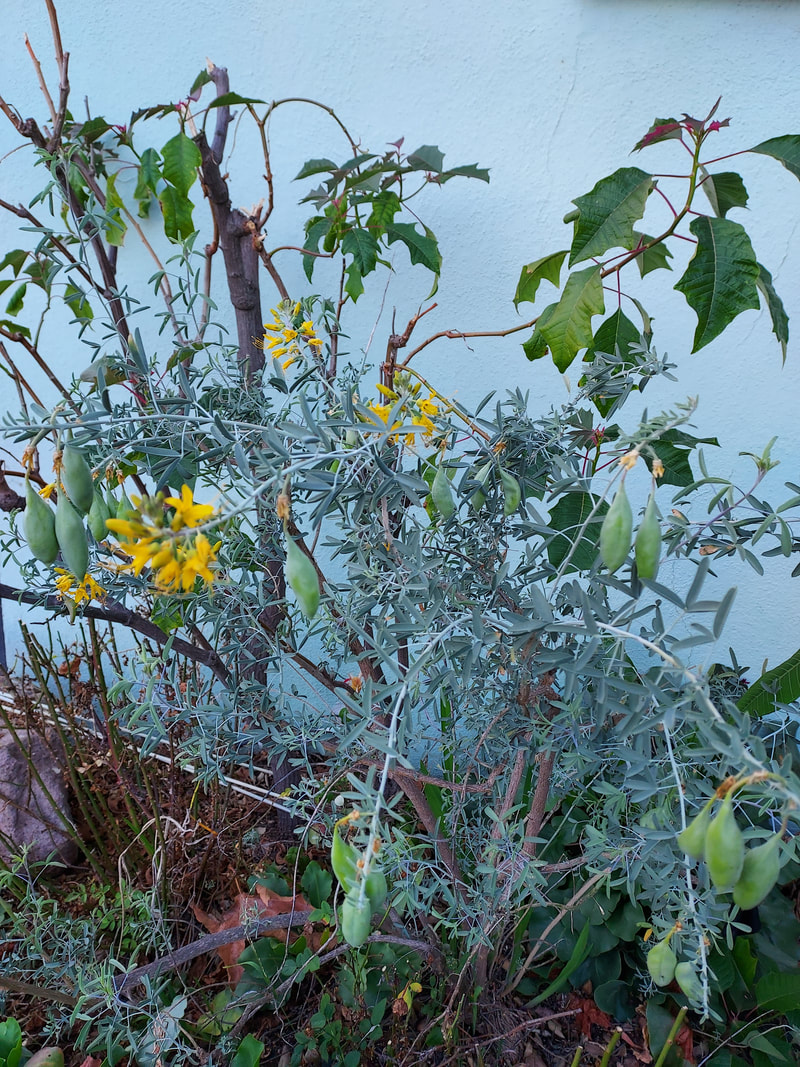
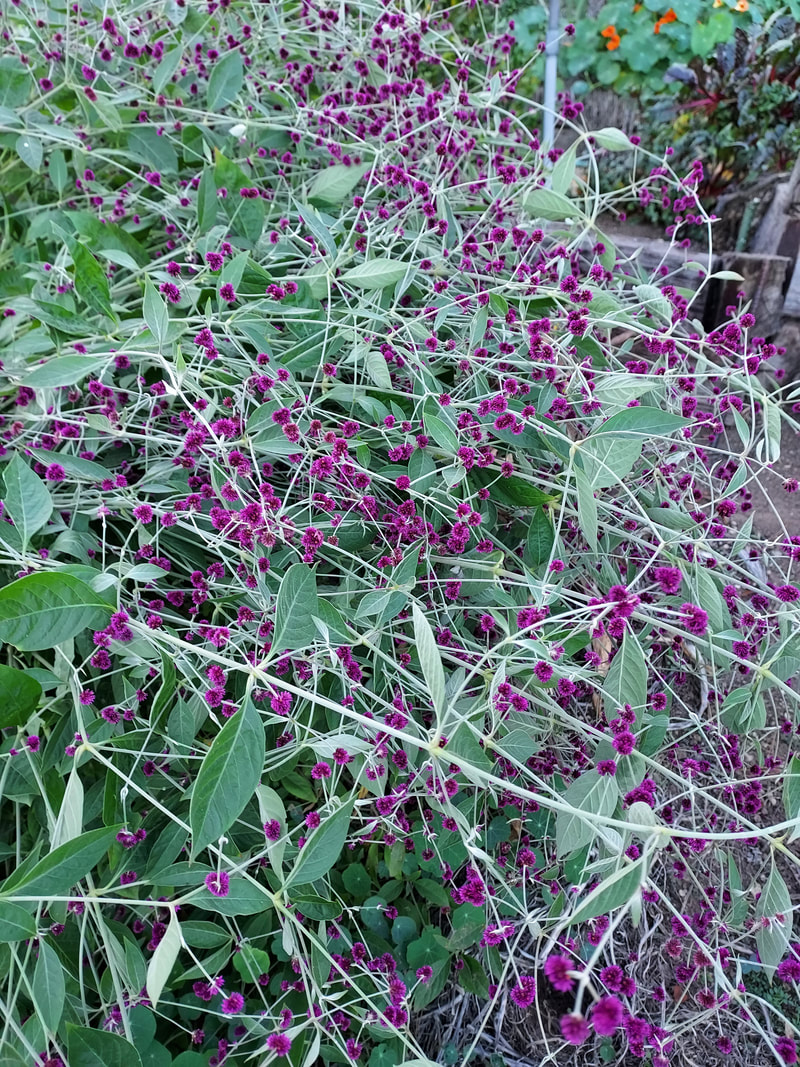
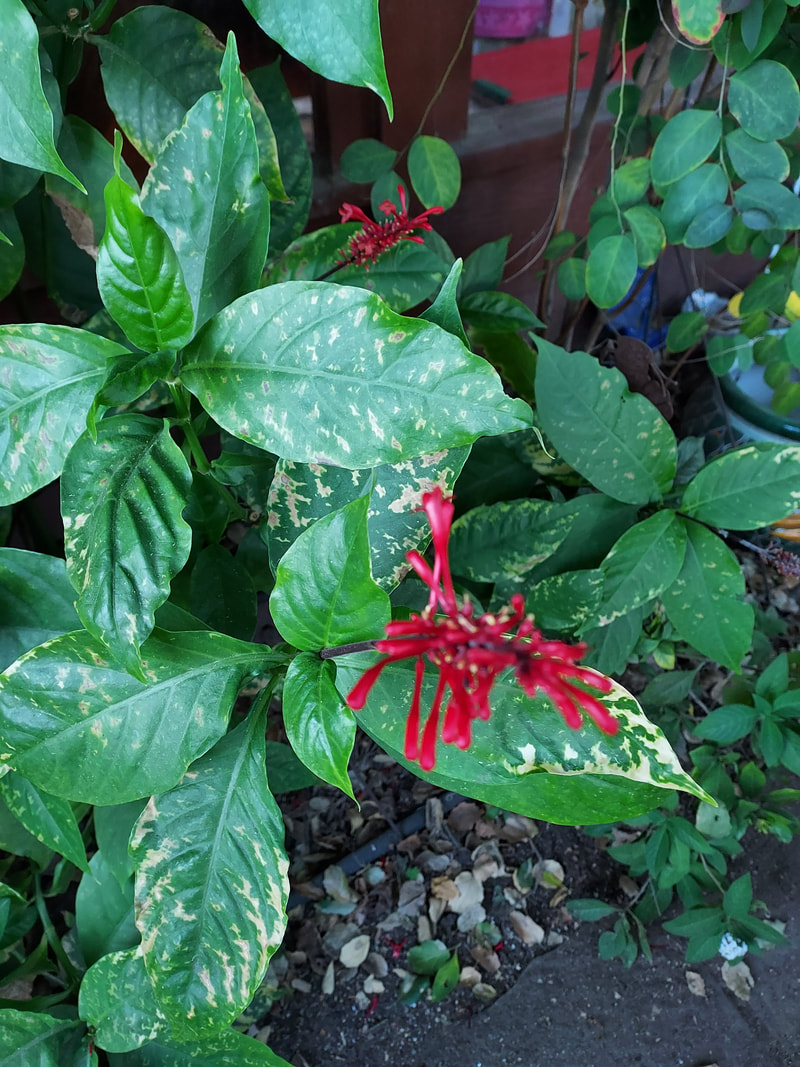
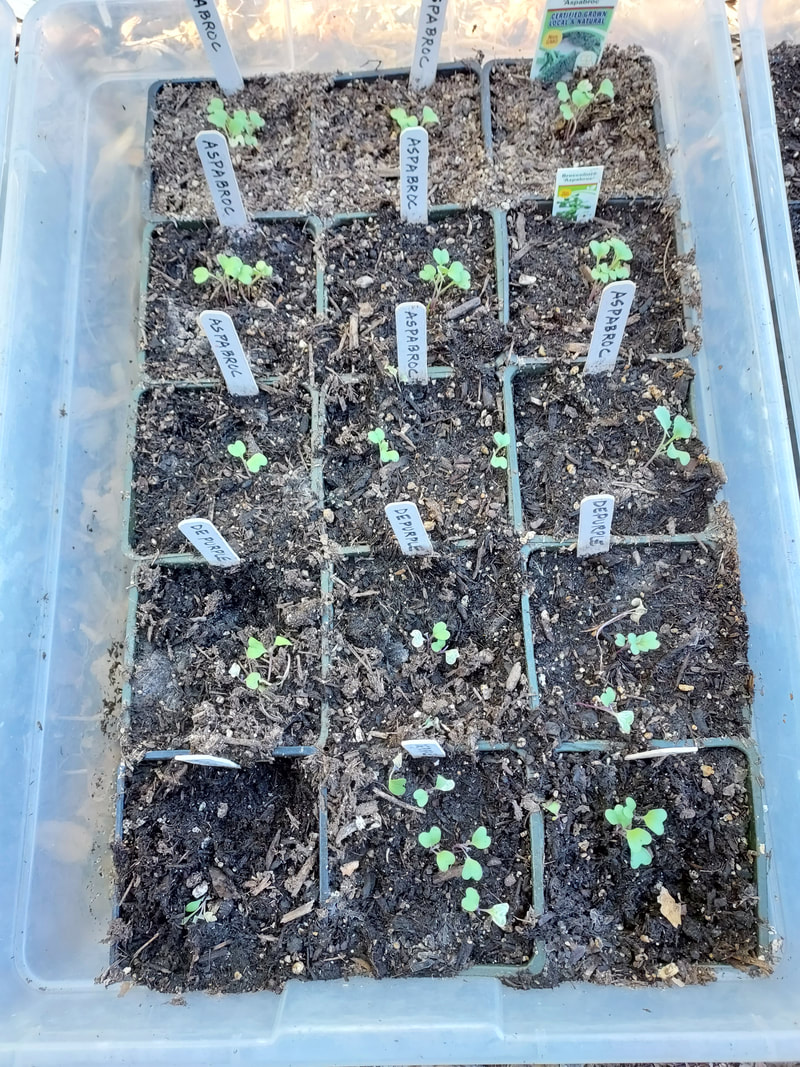

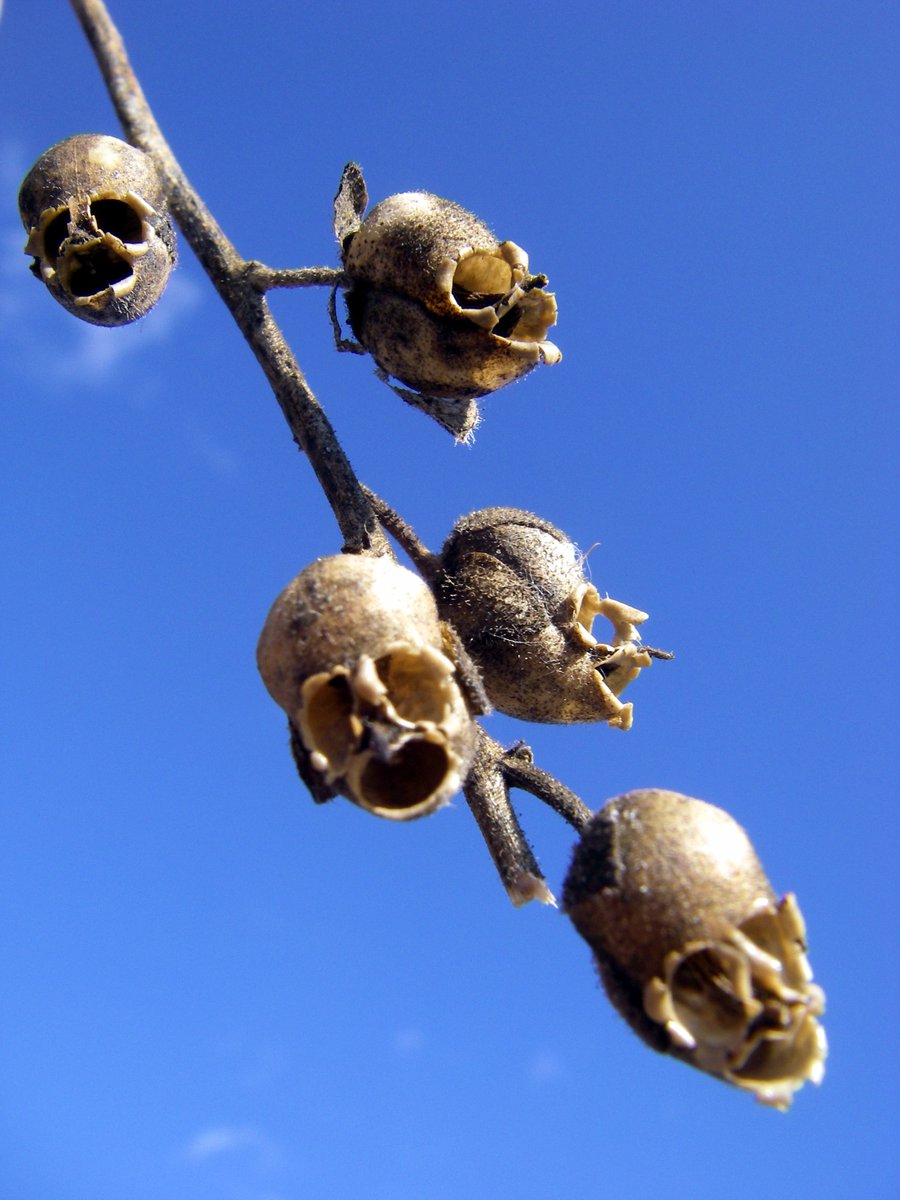
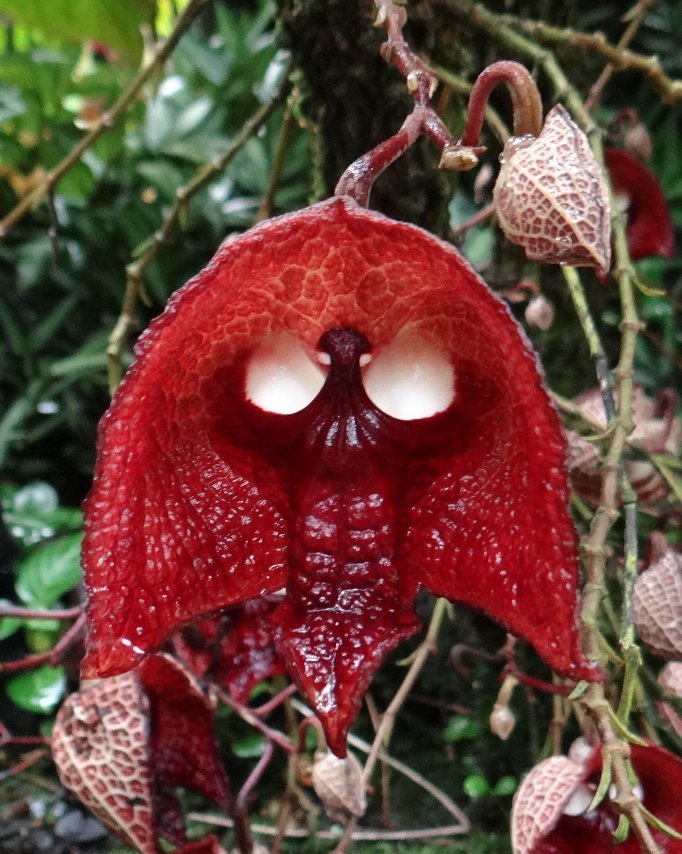
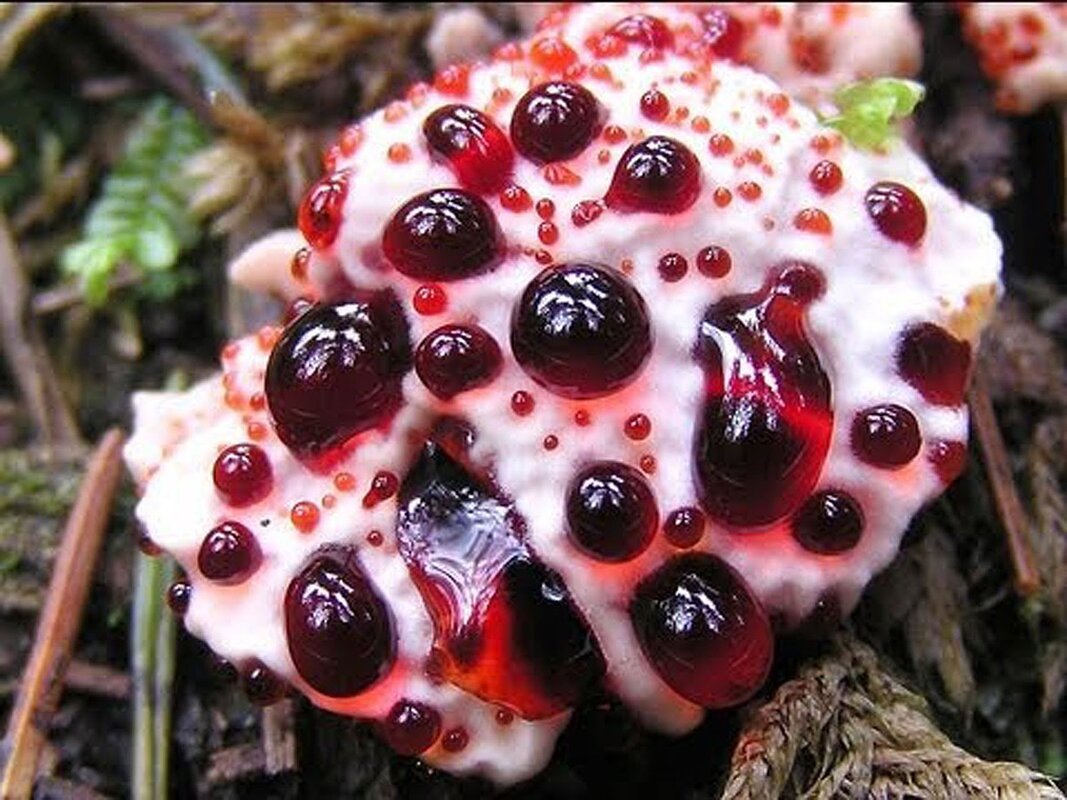

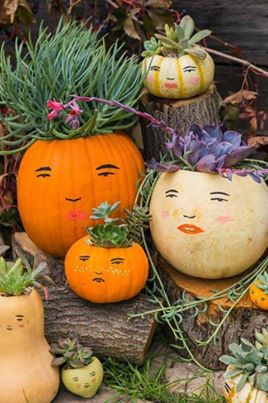
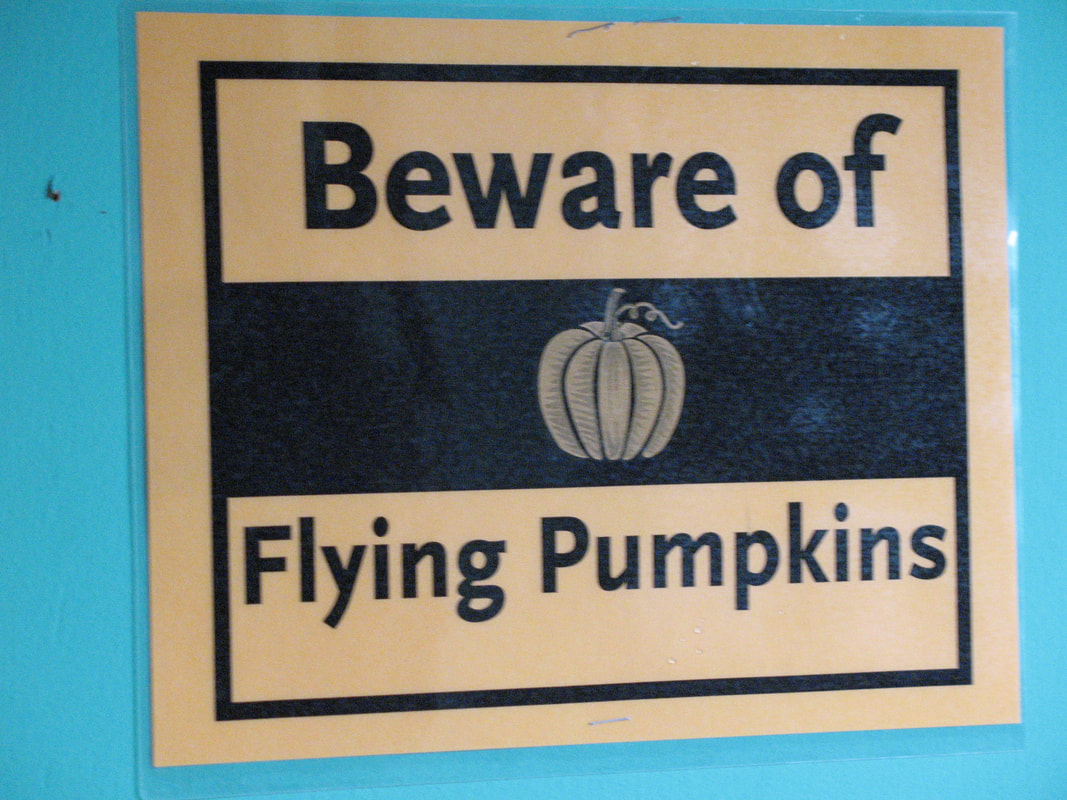
 RSS Feed
RSS Feed